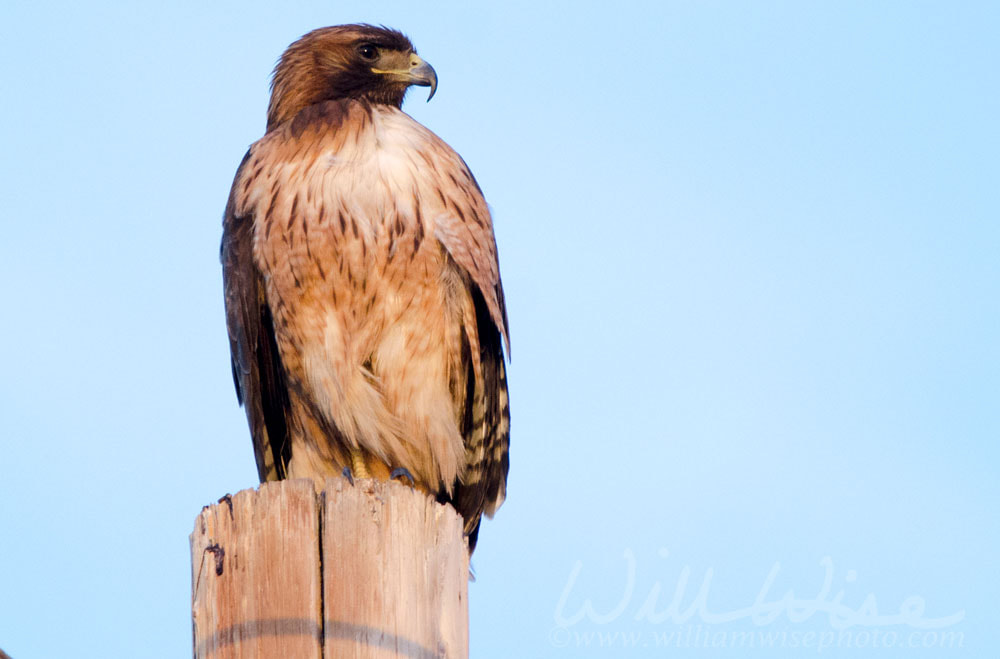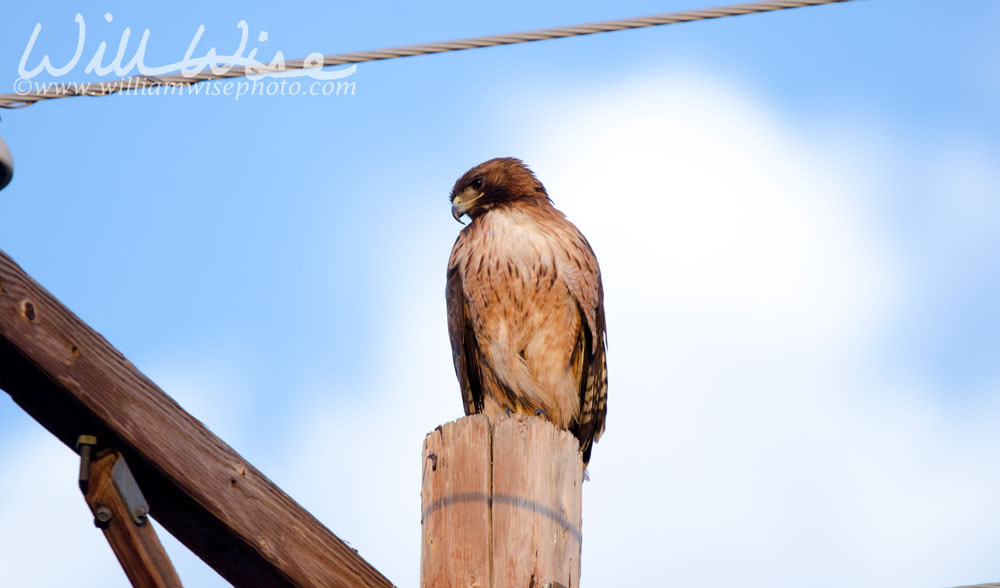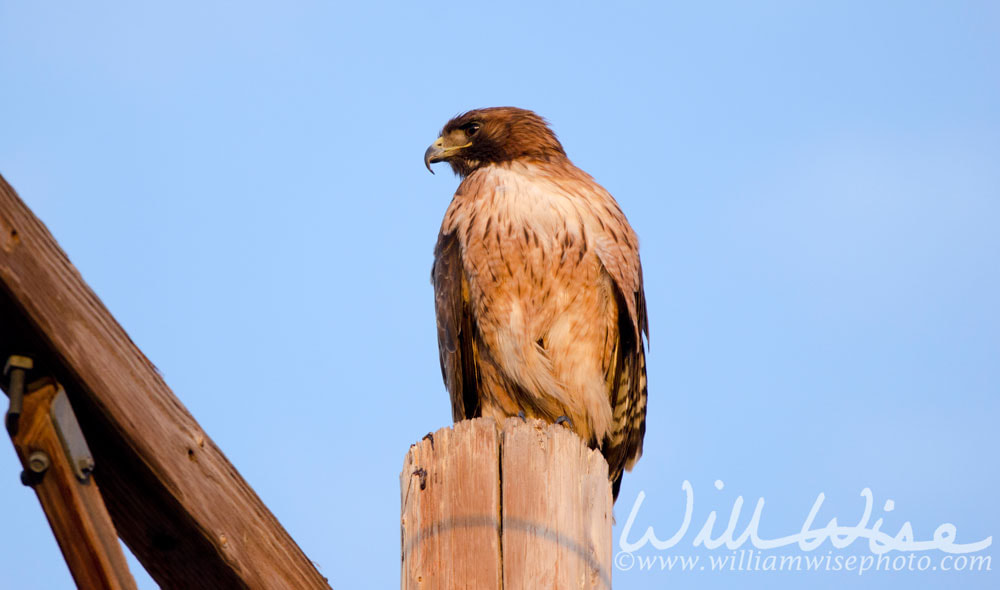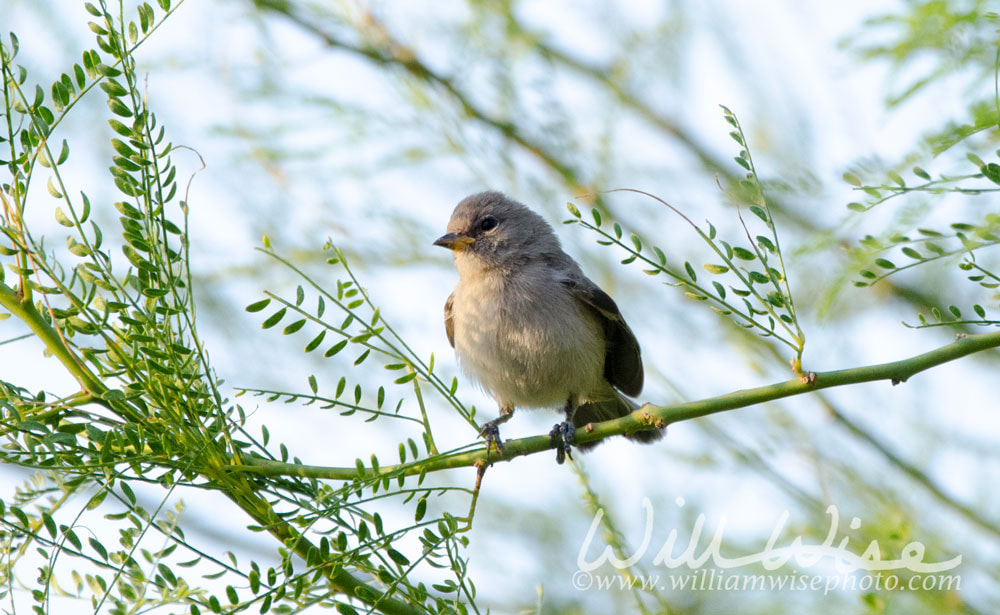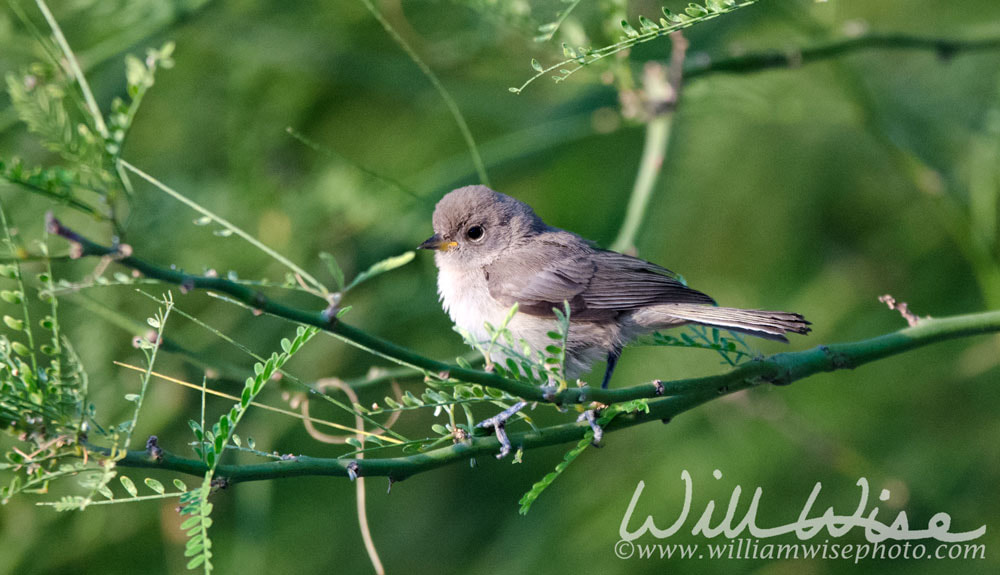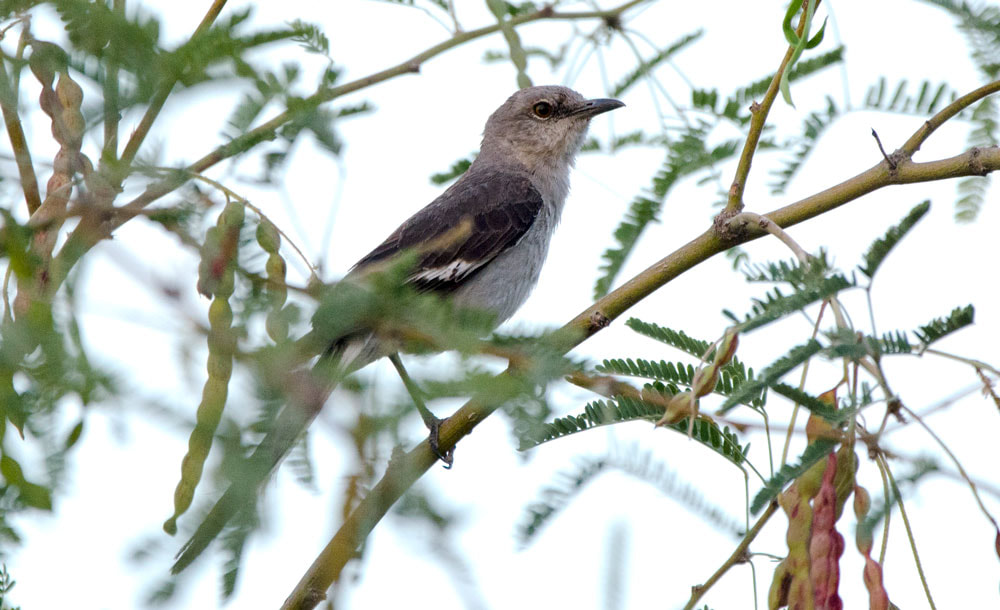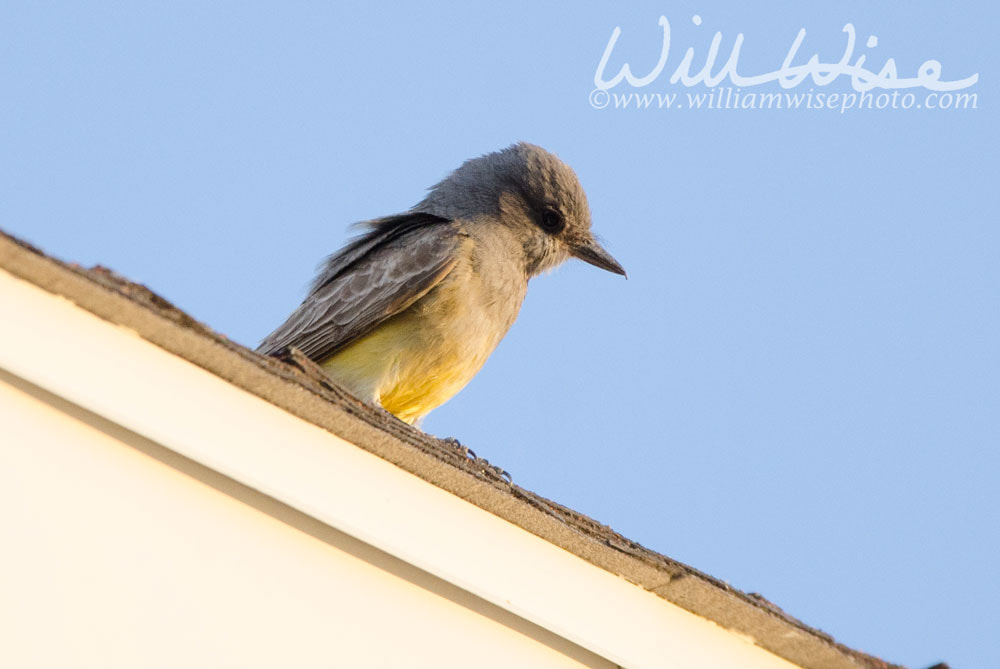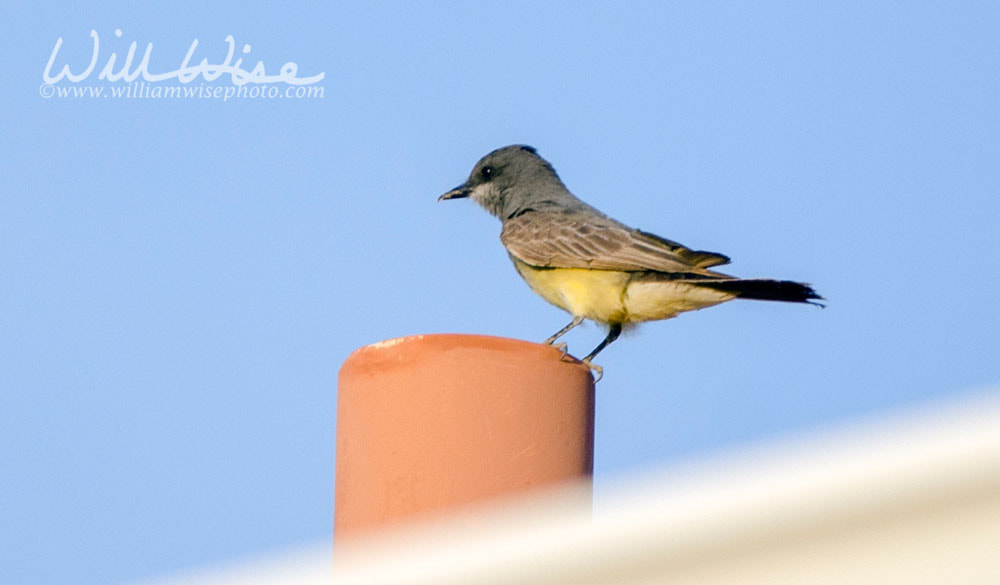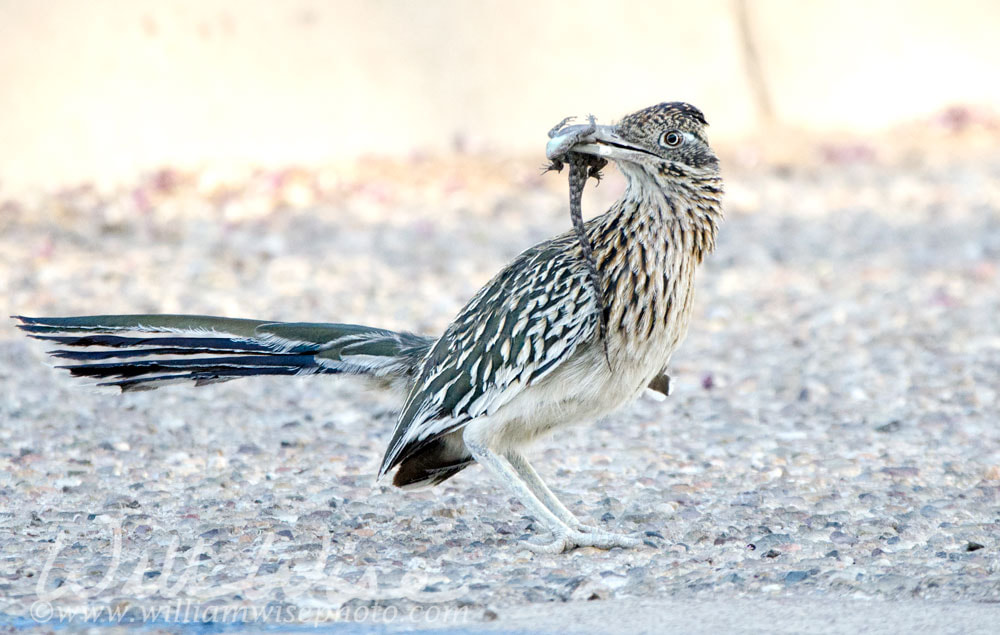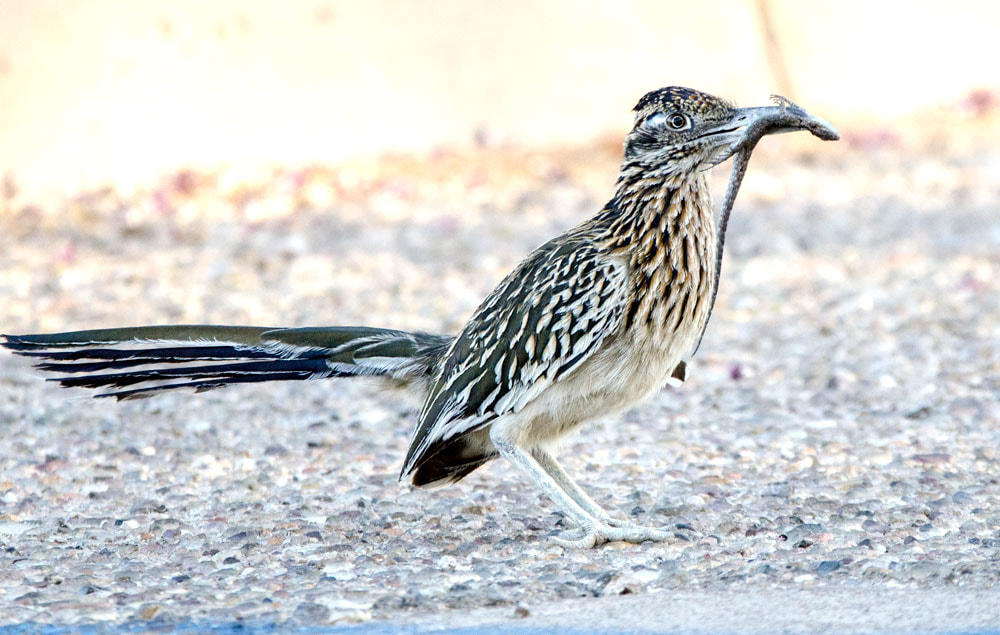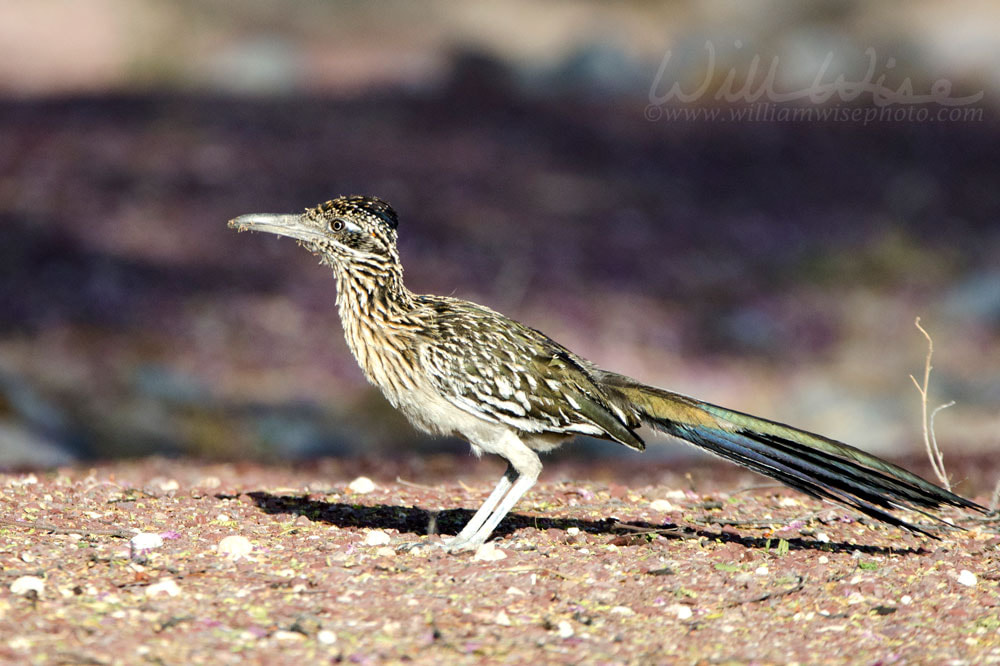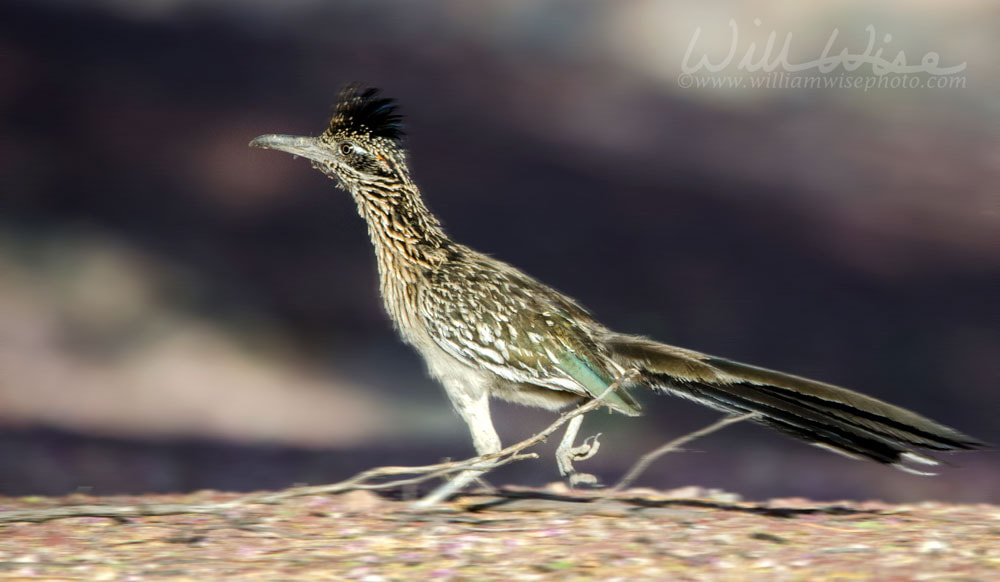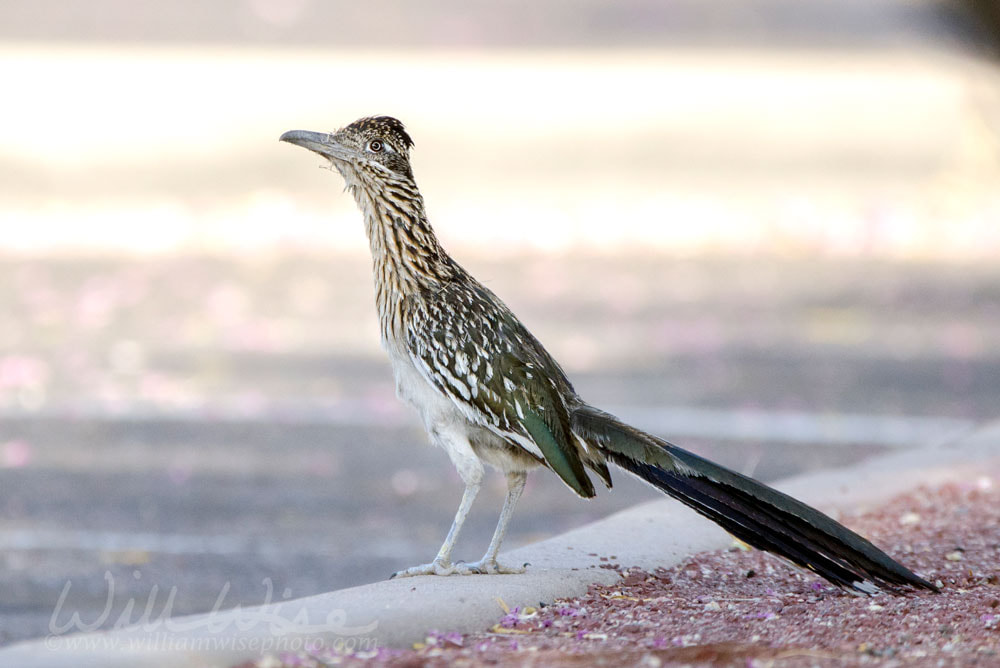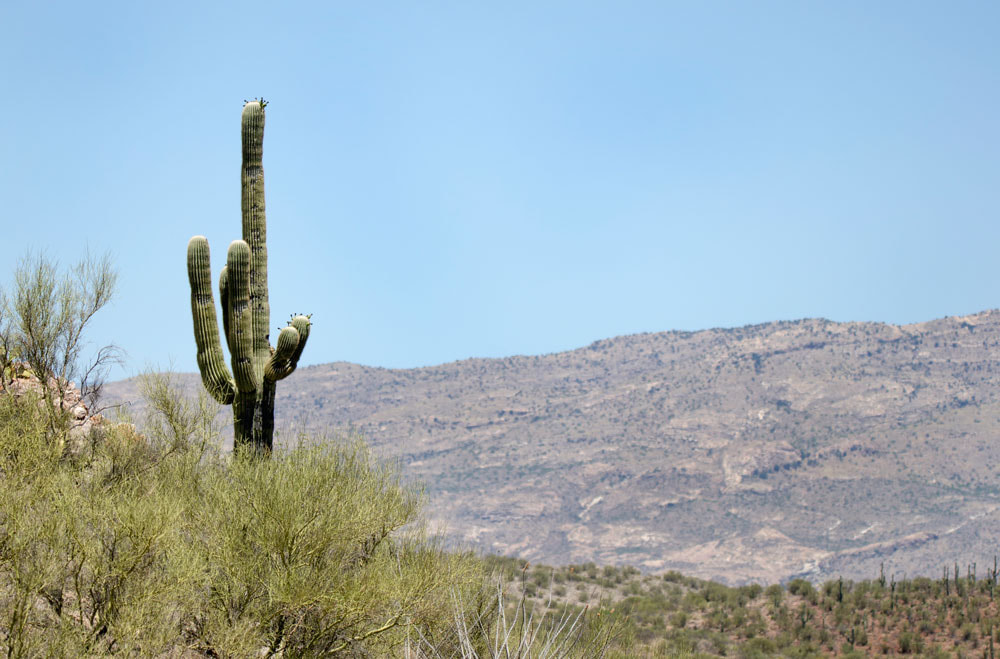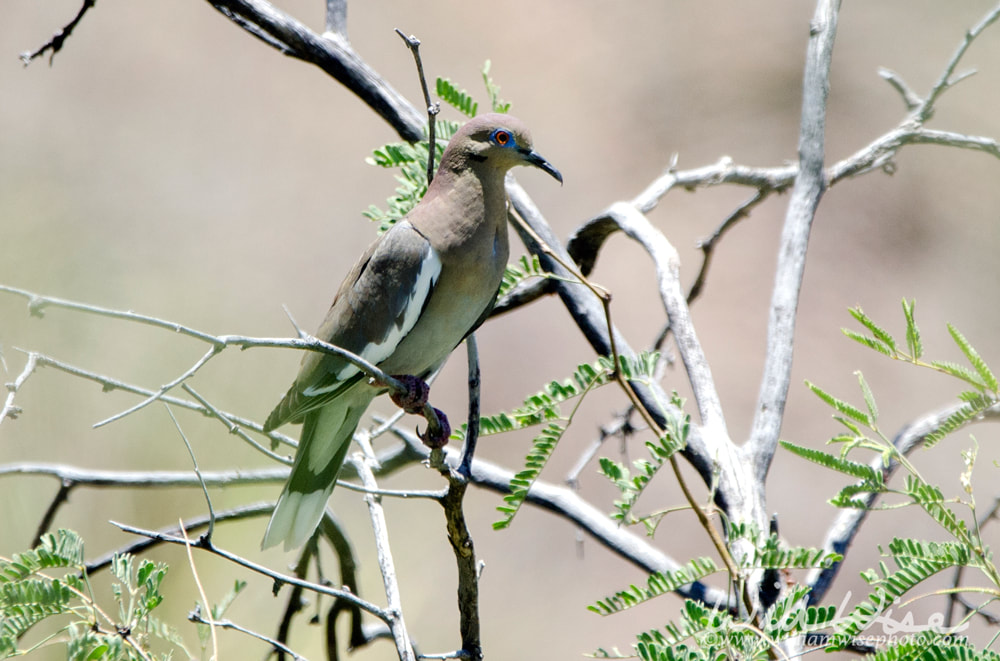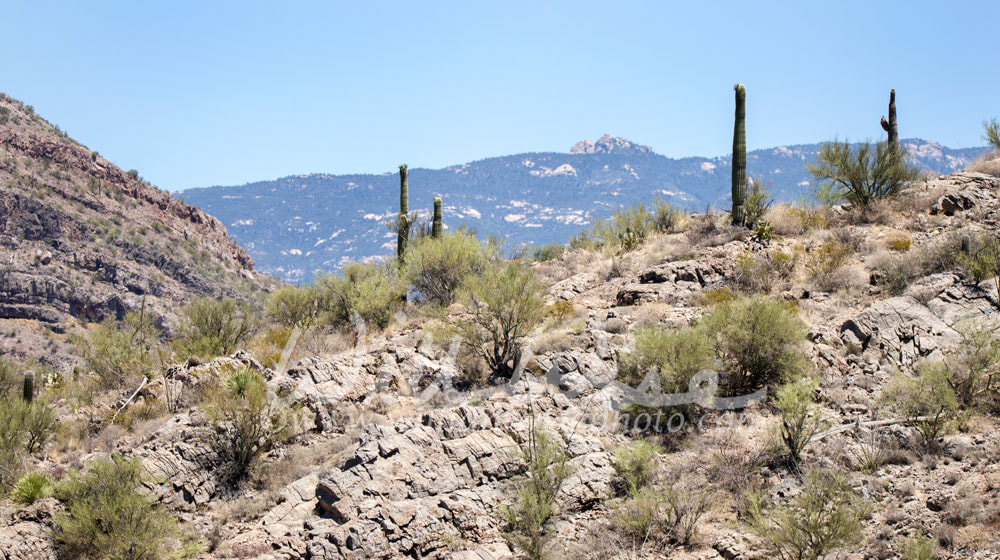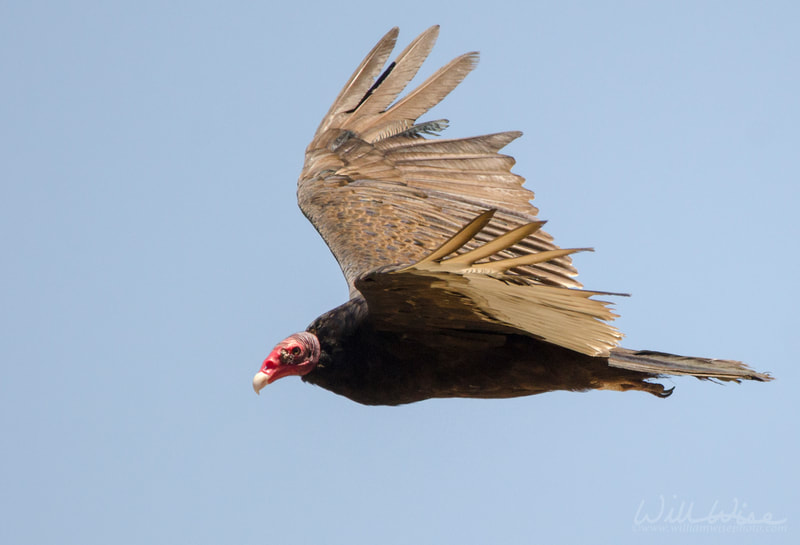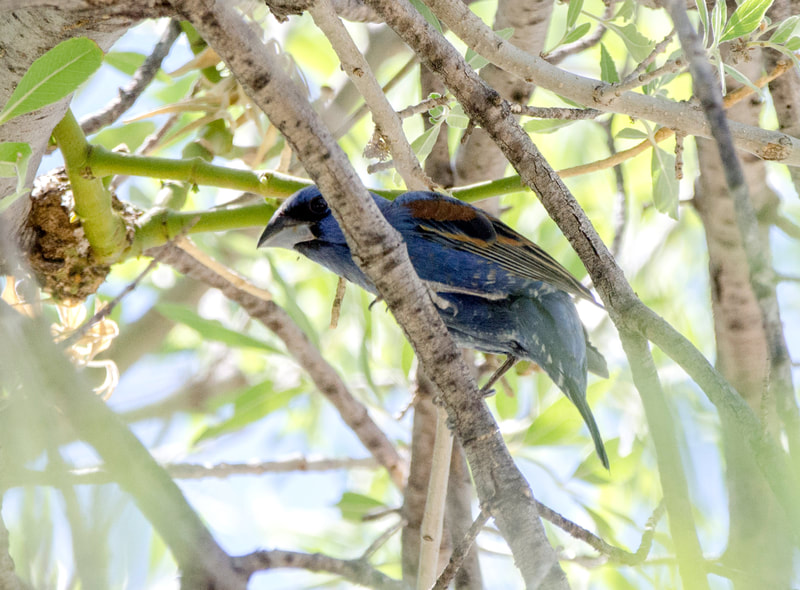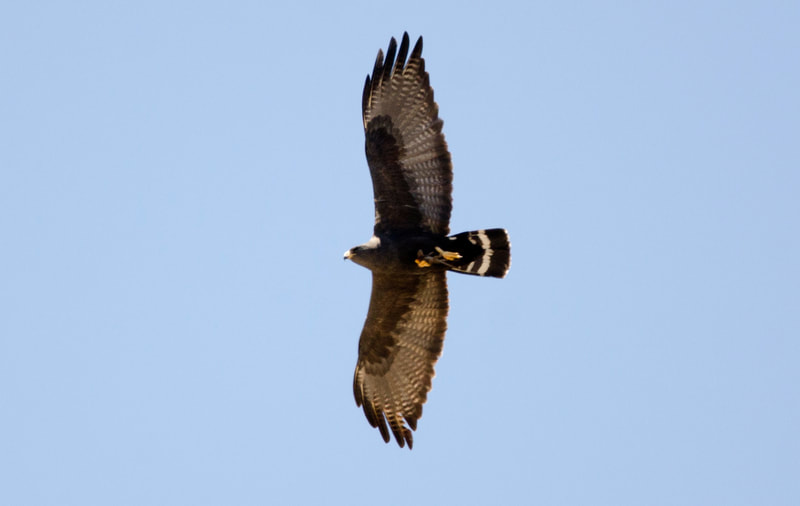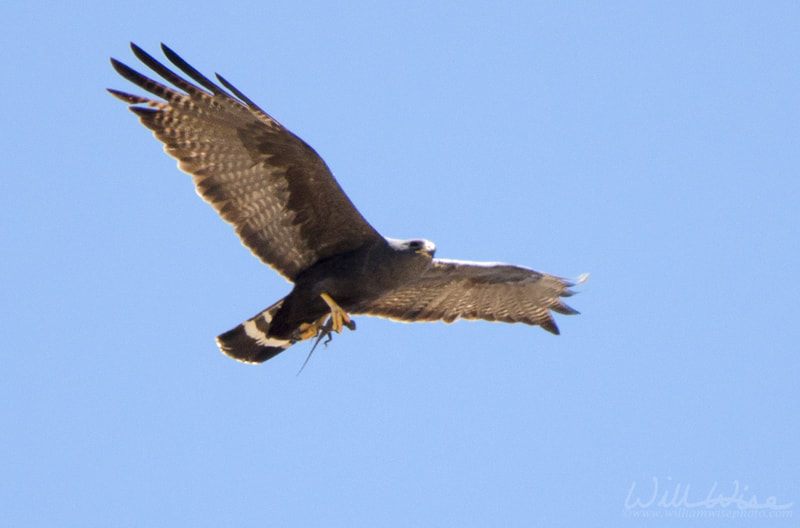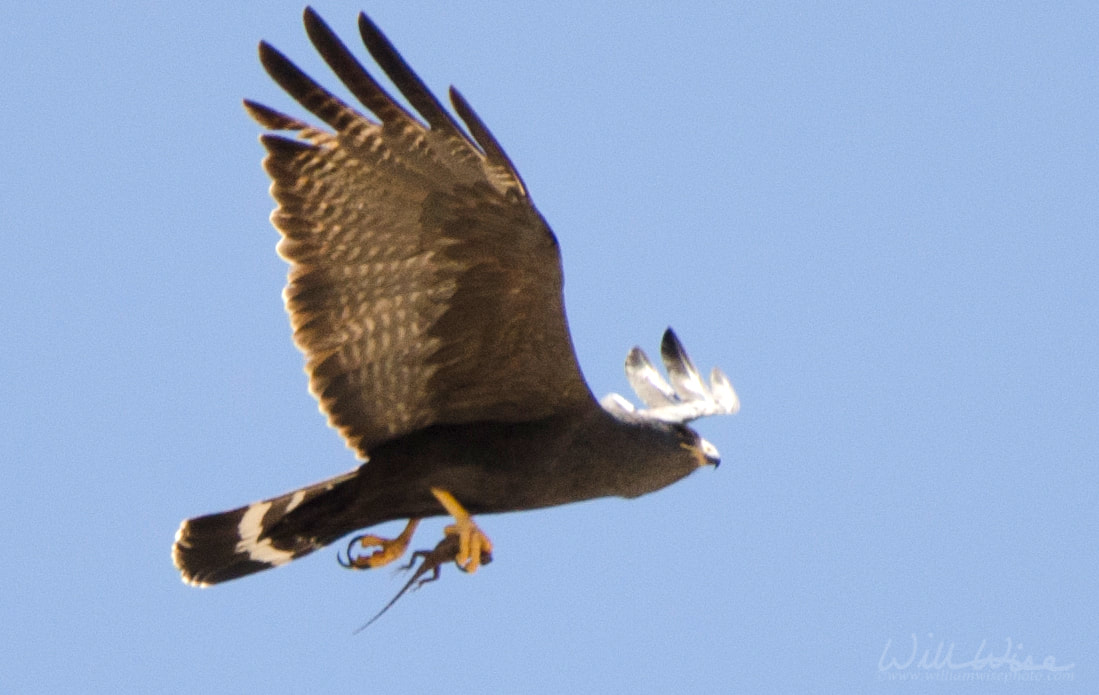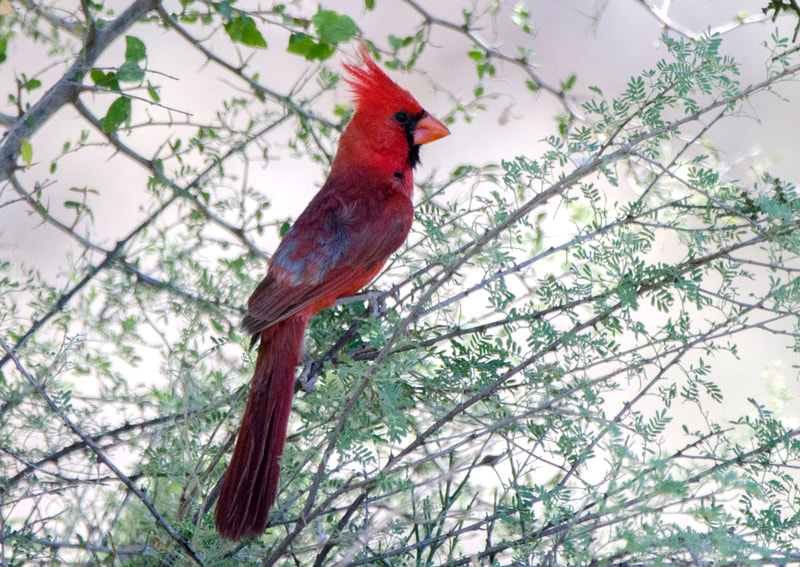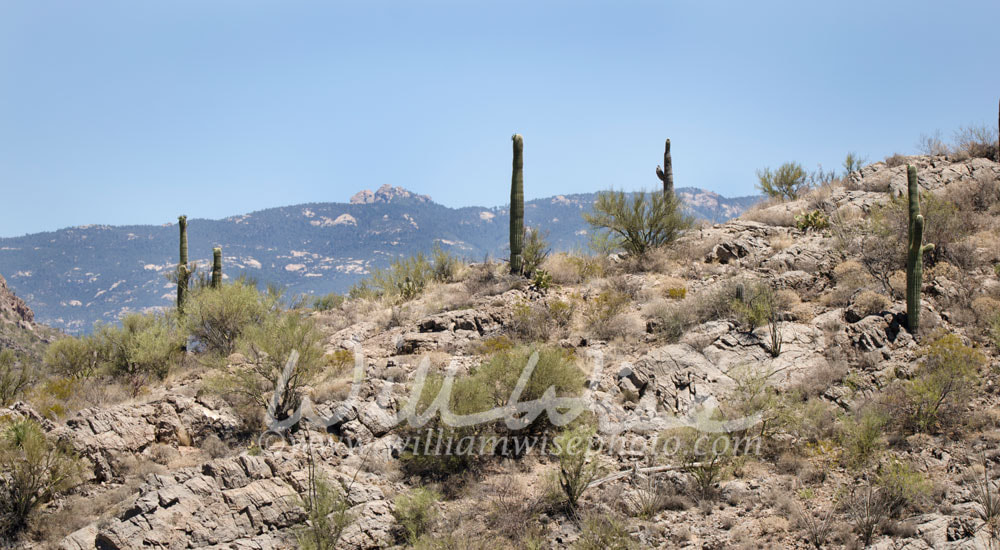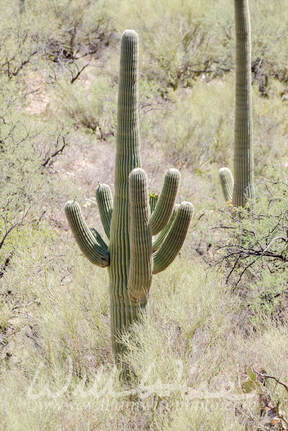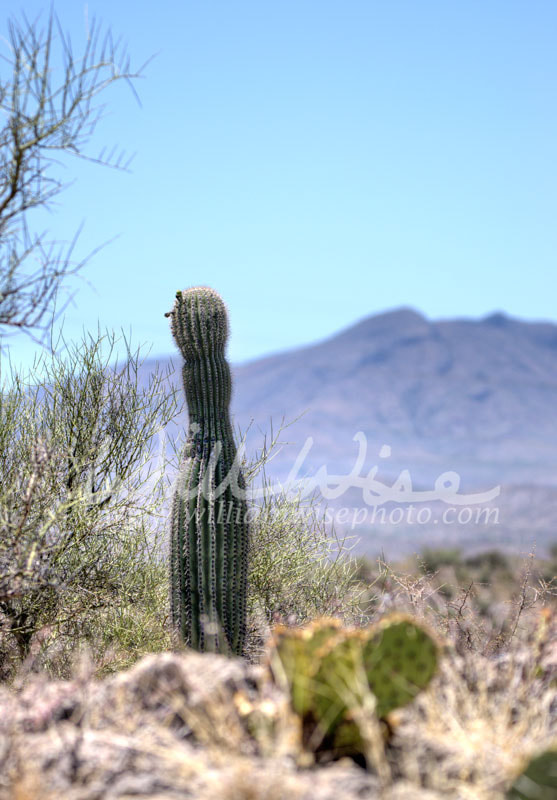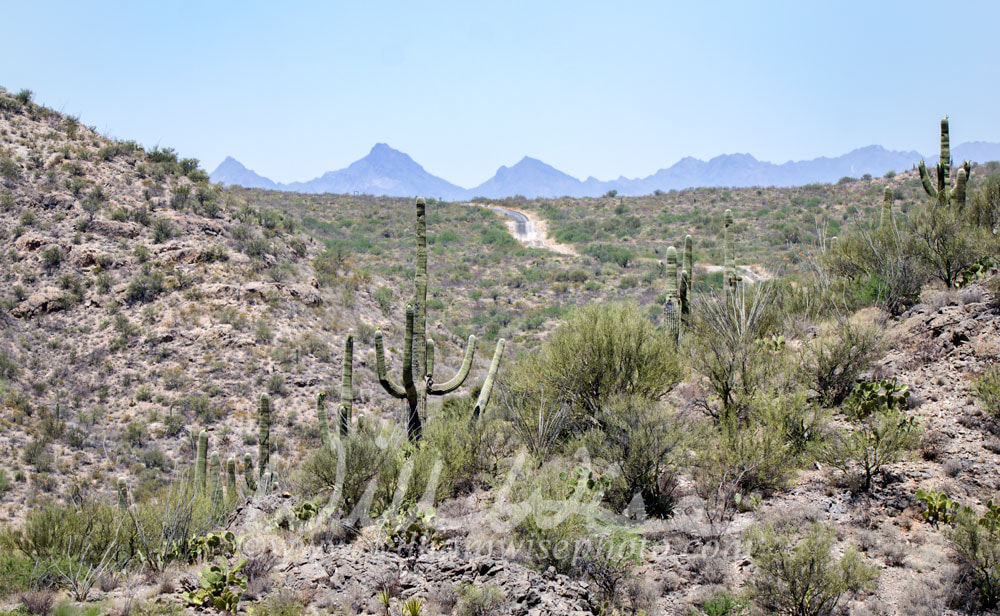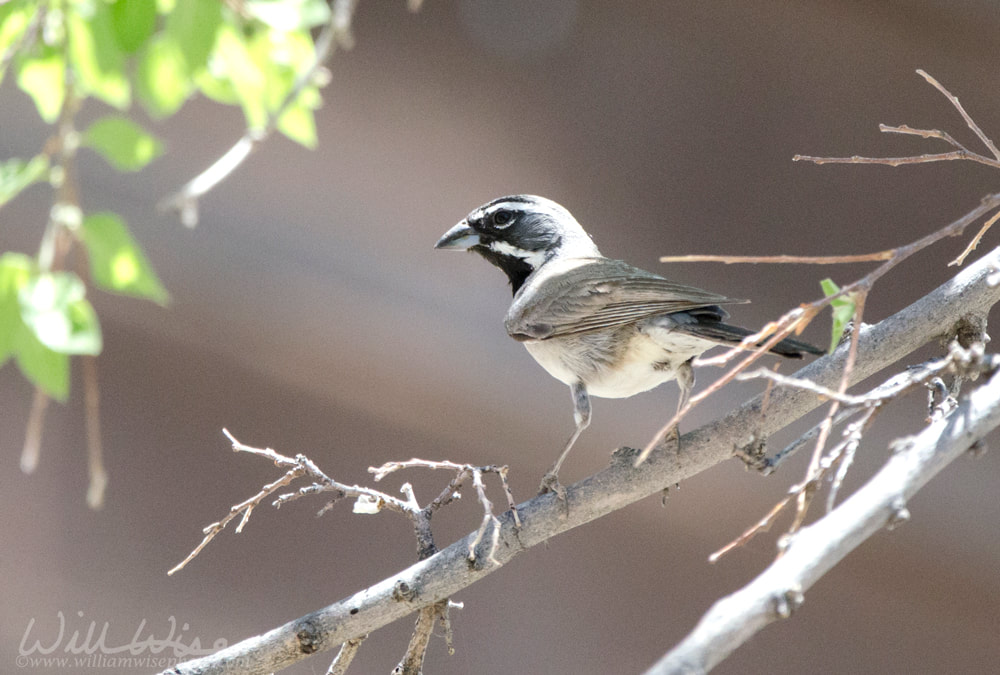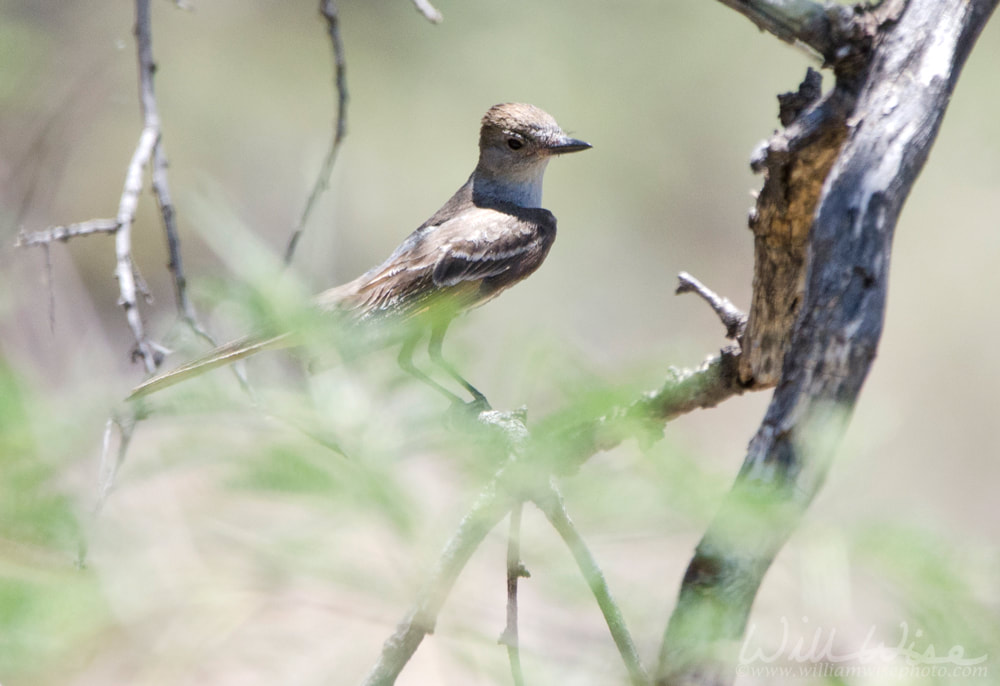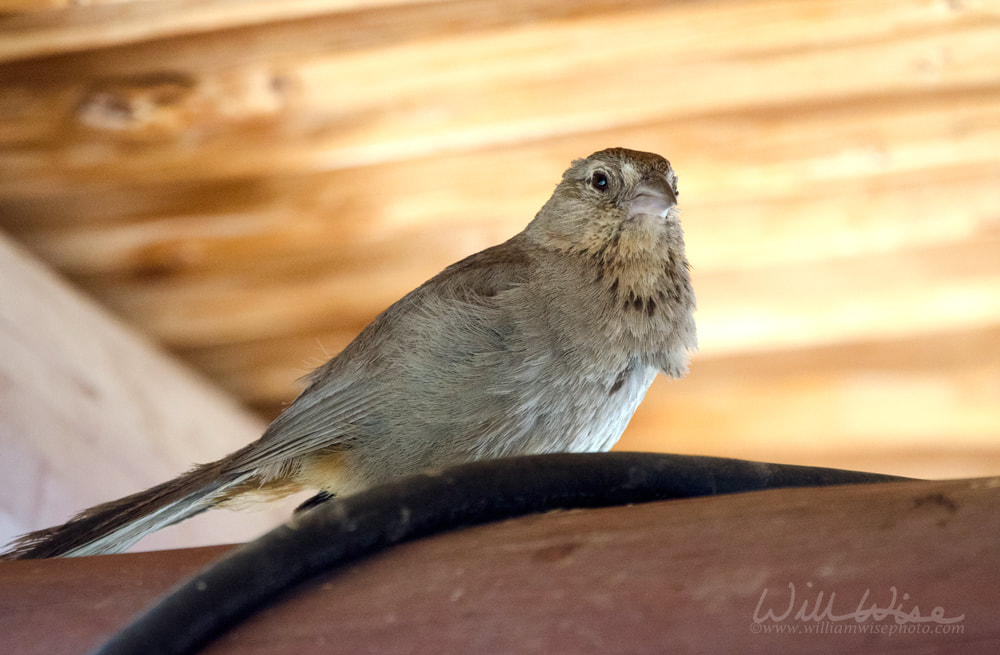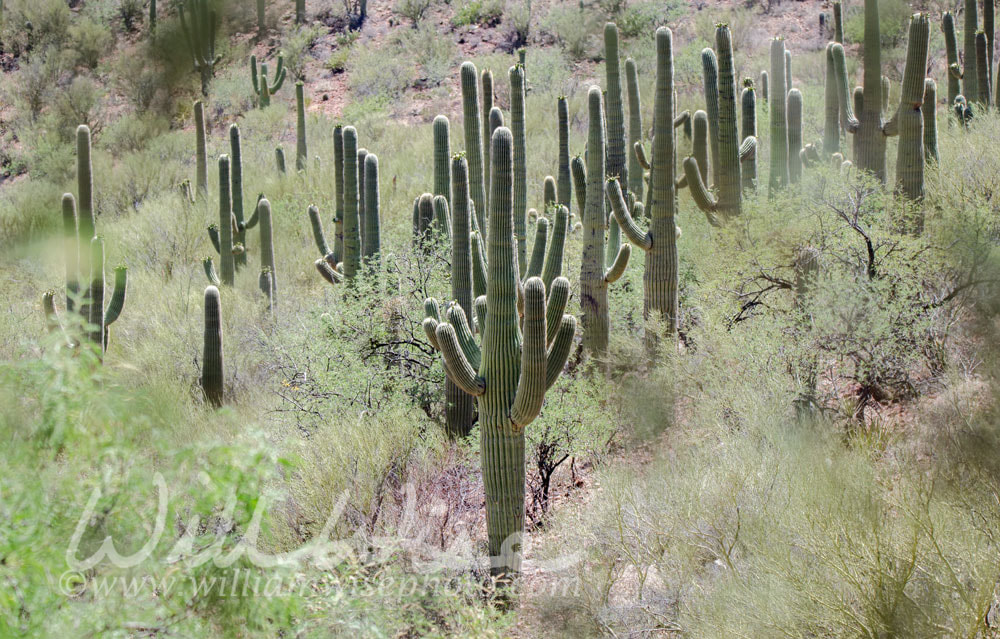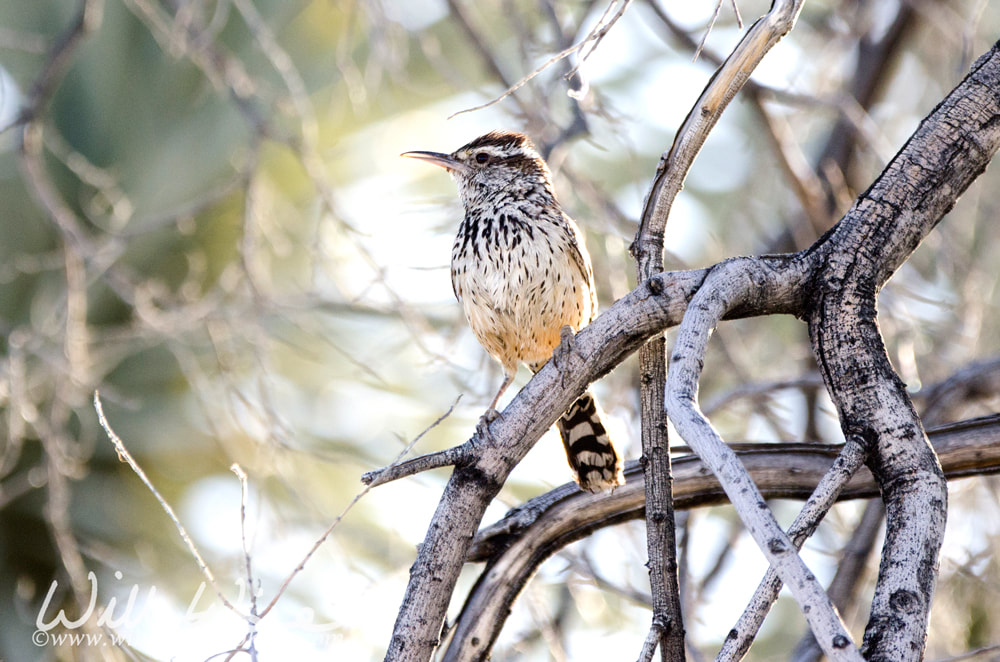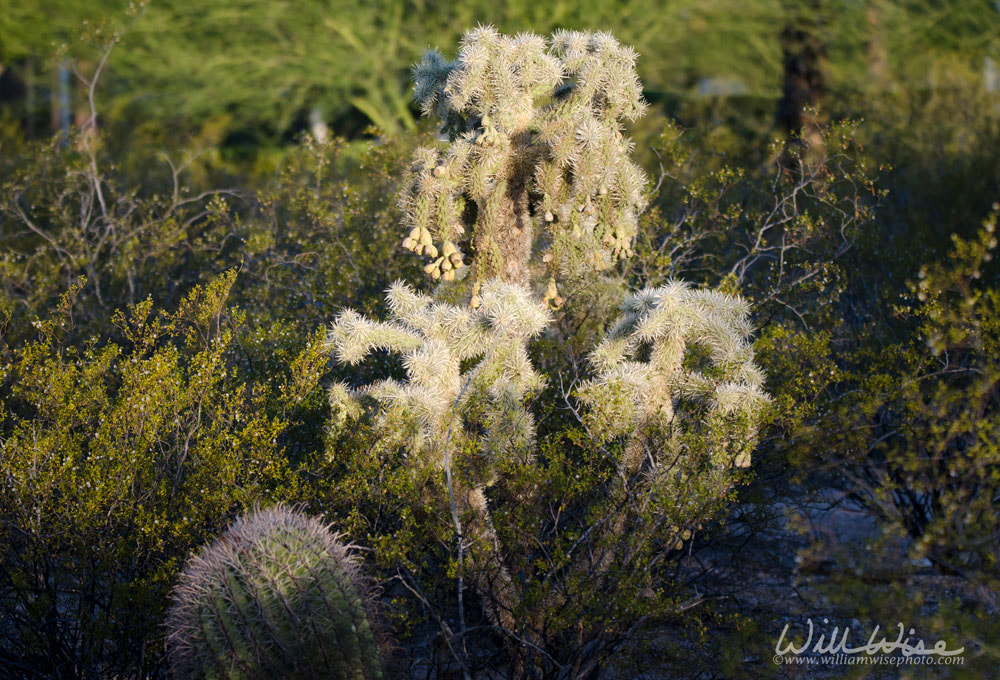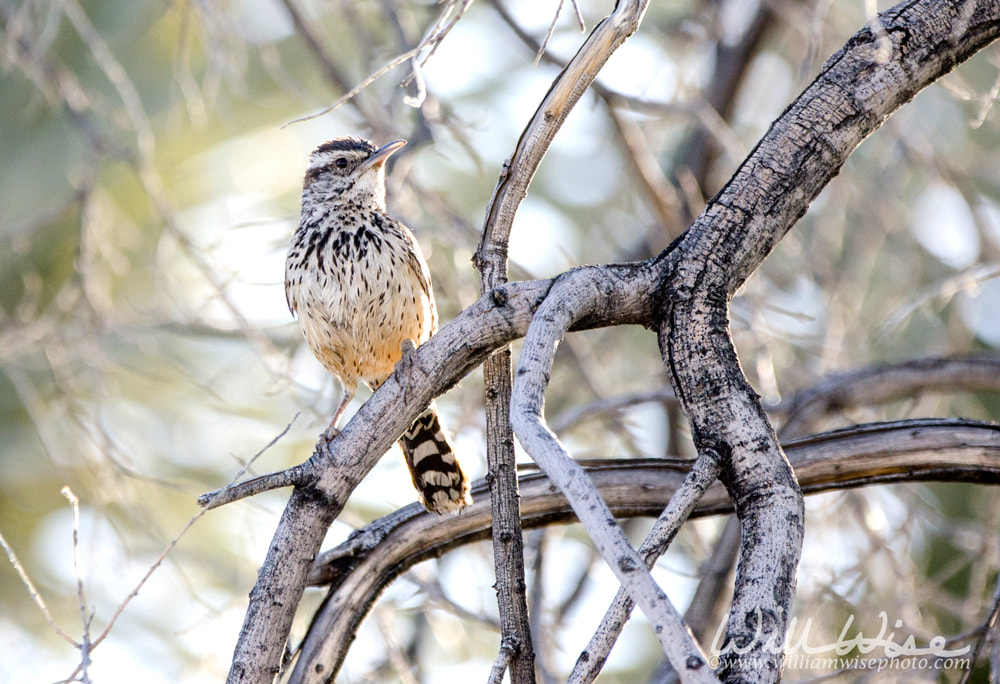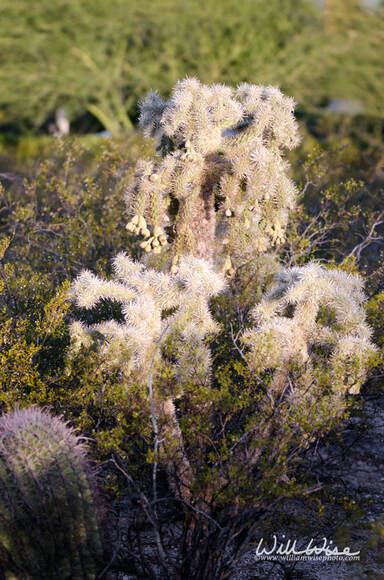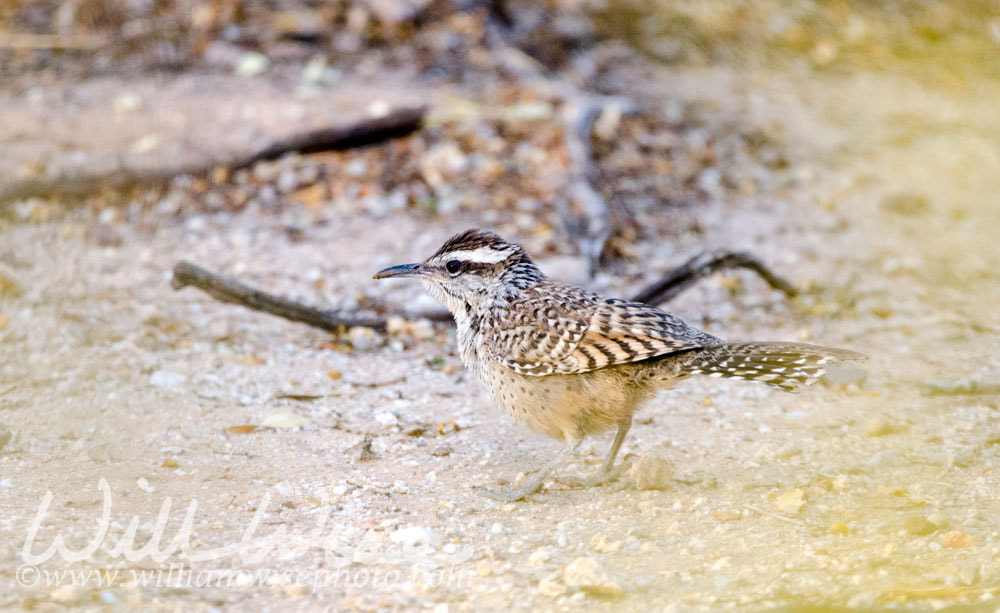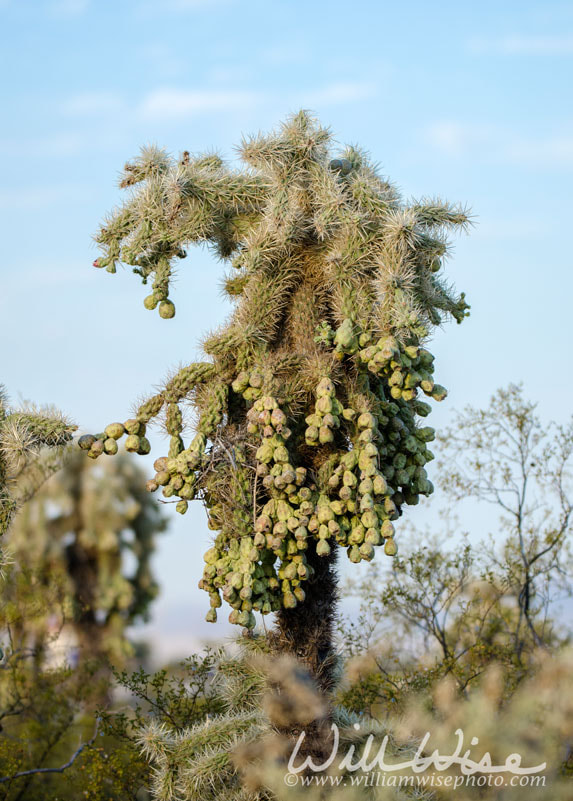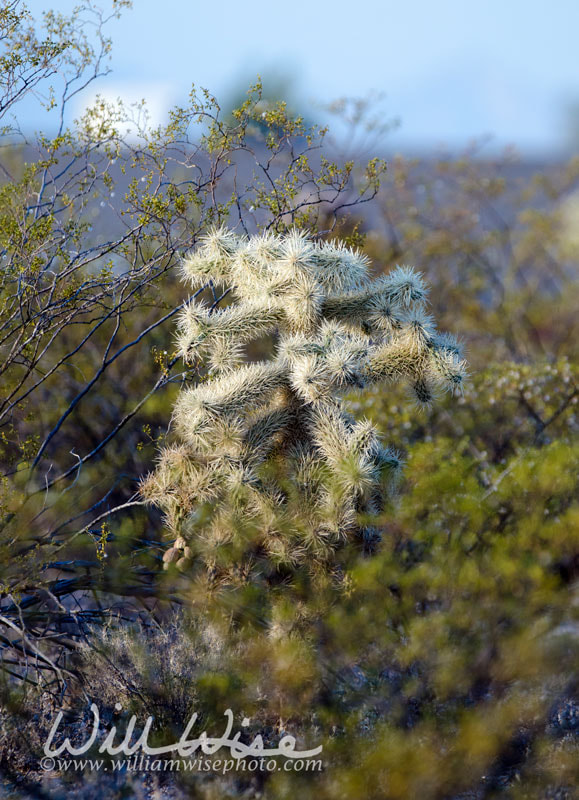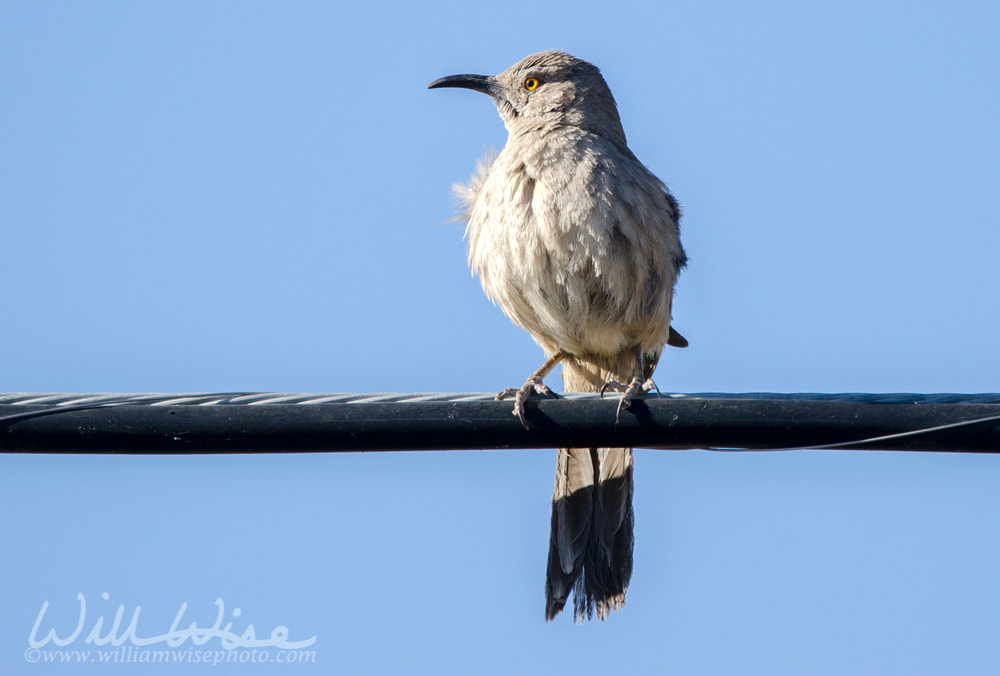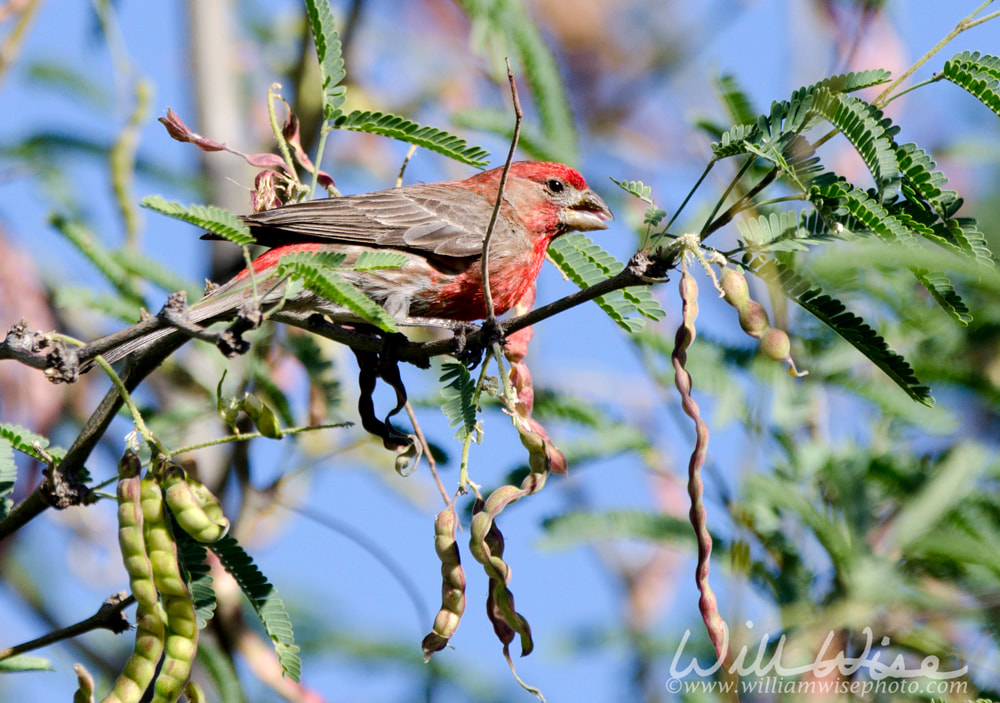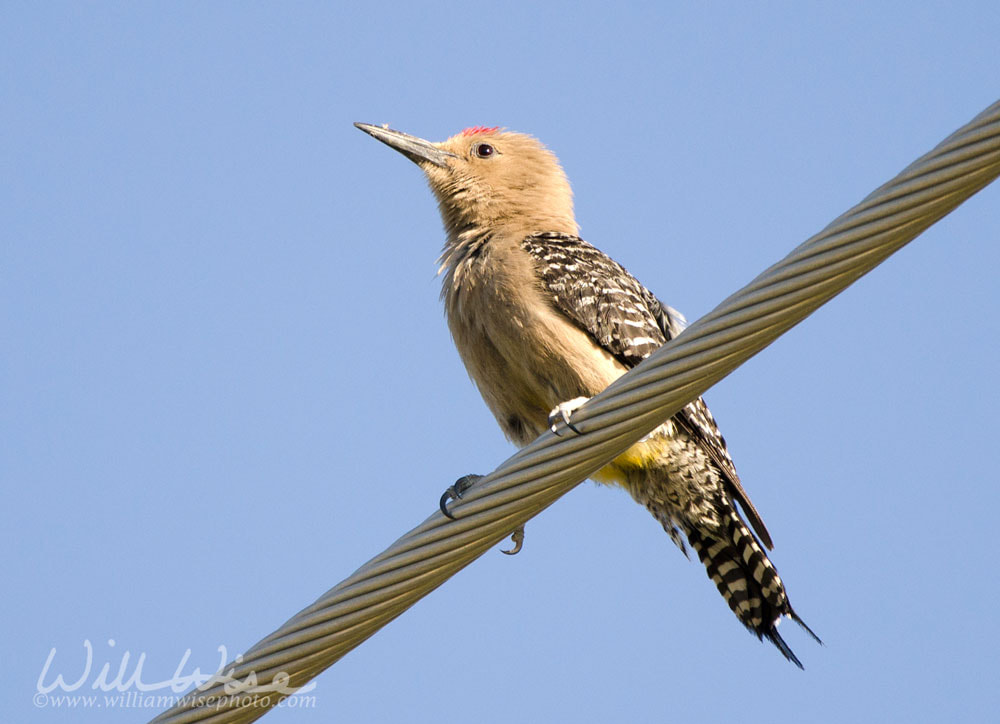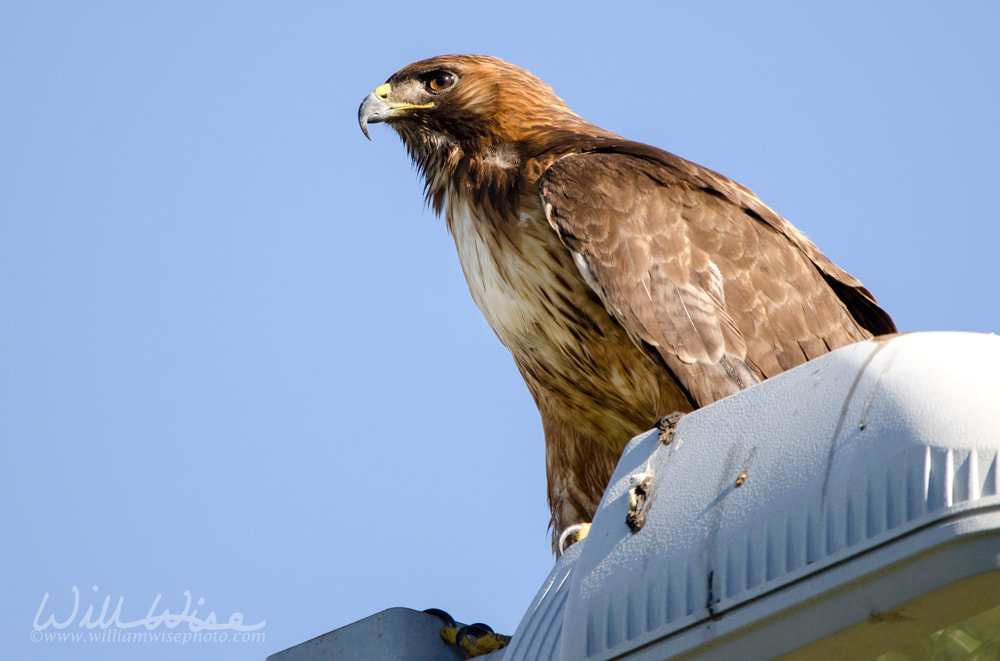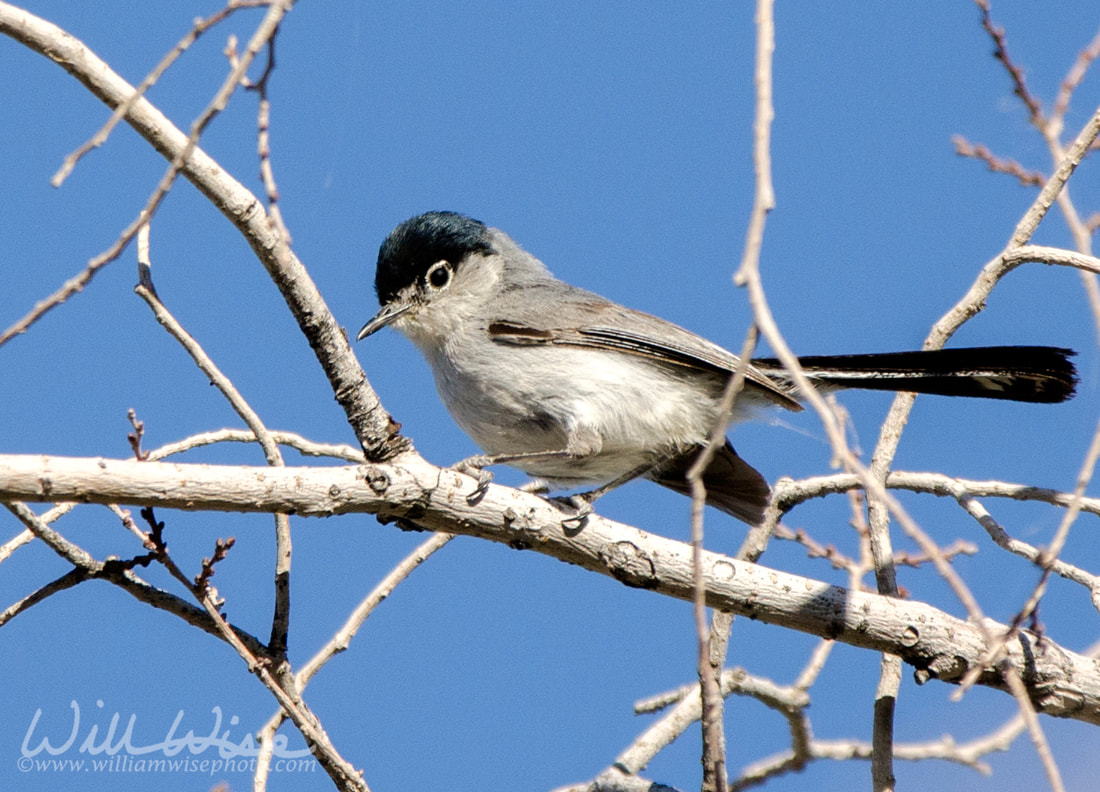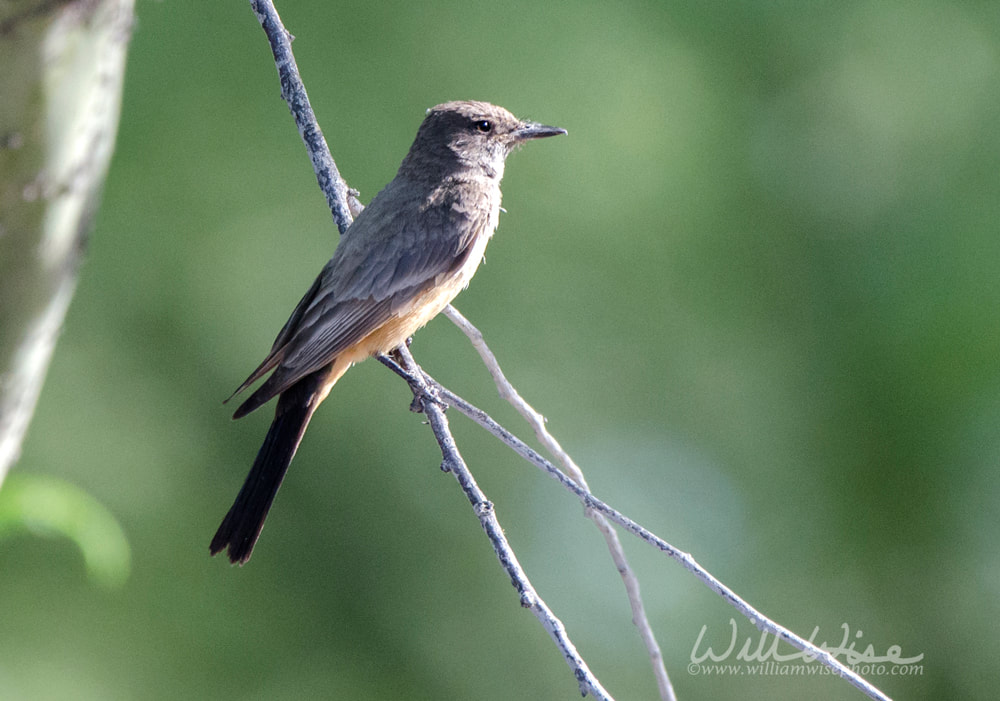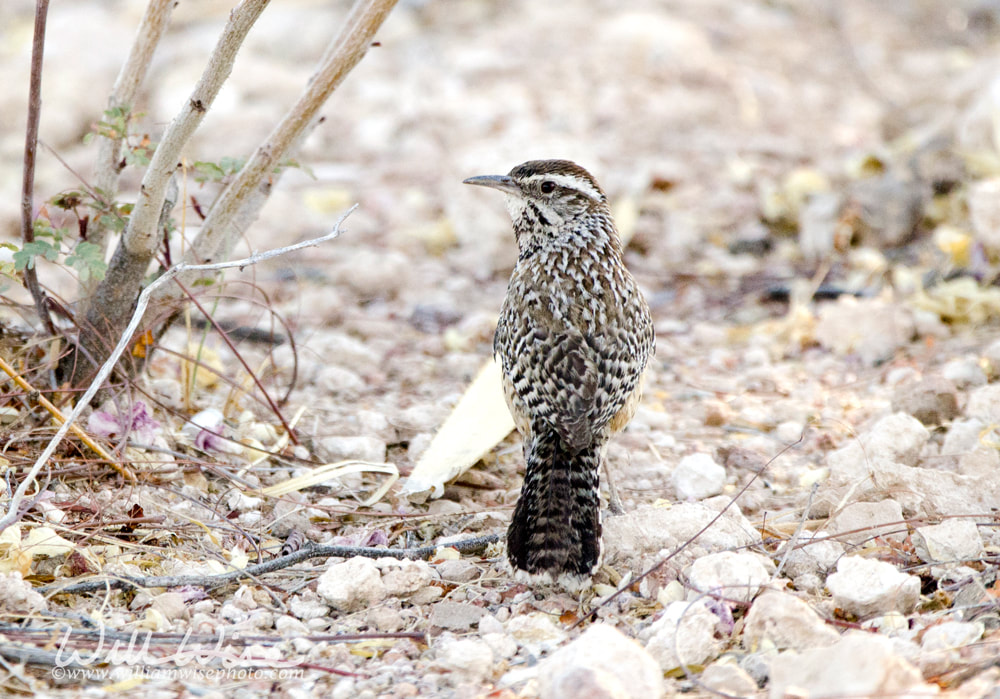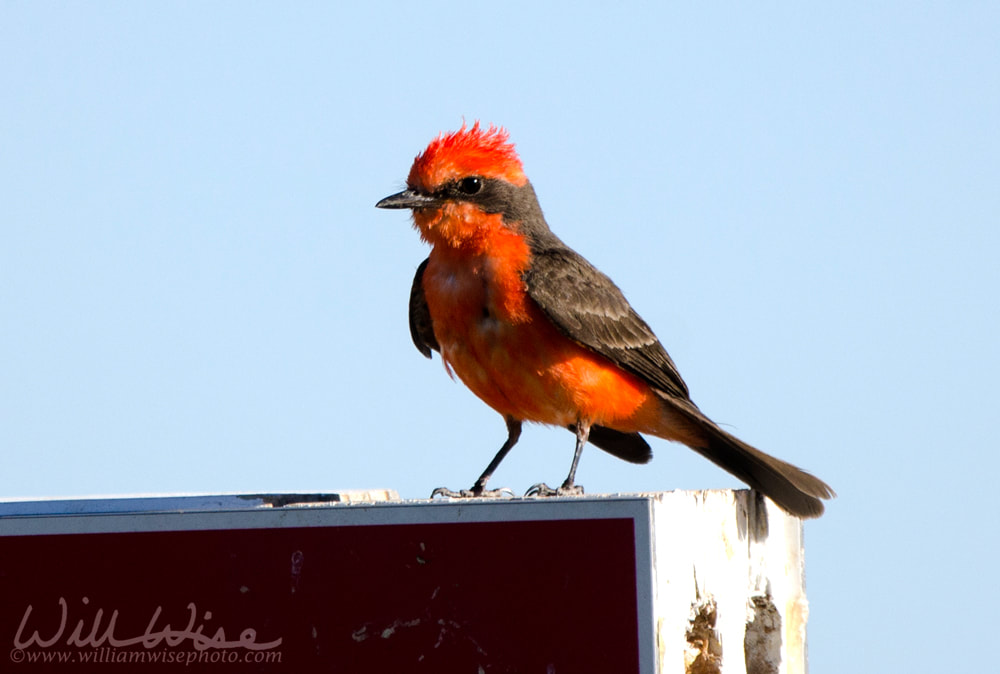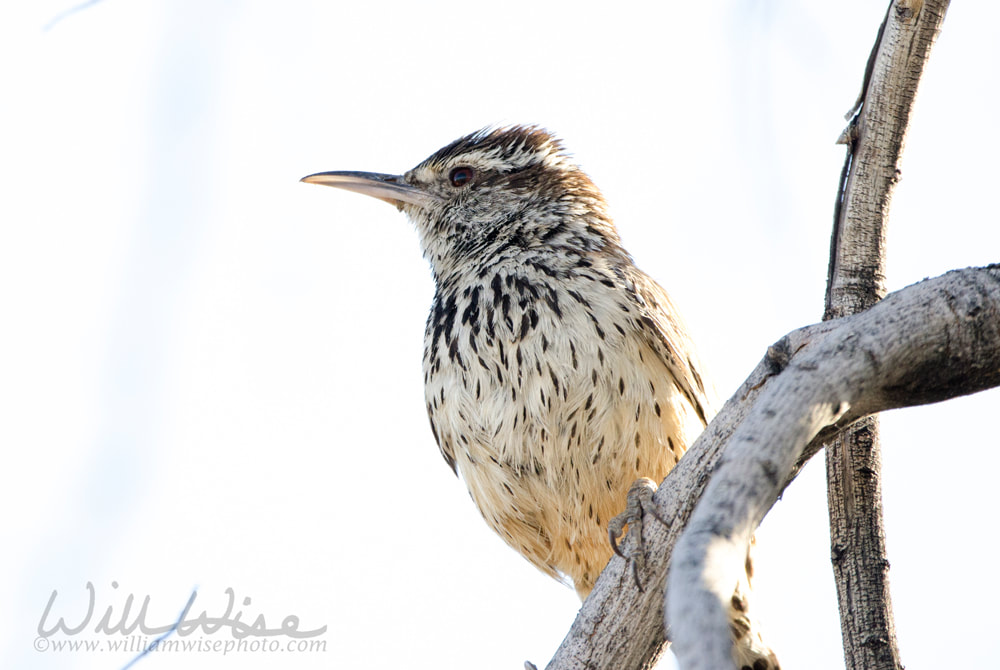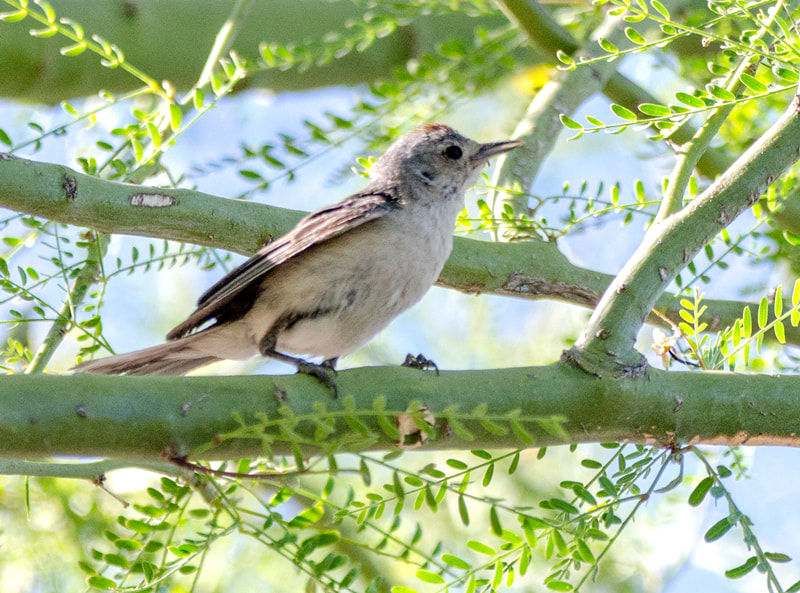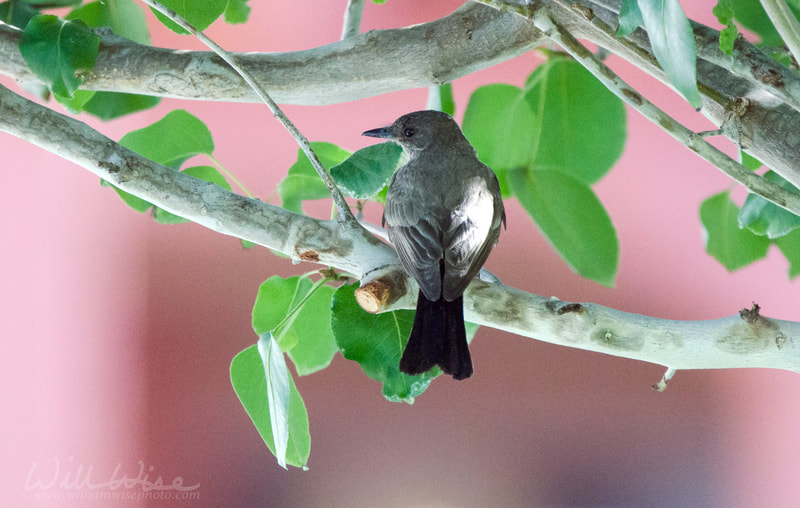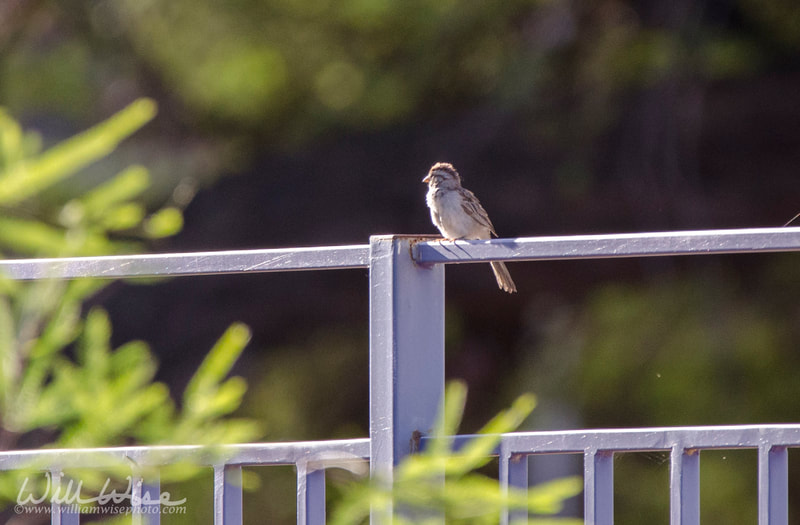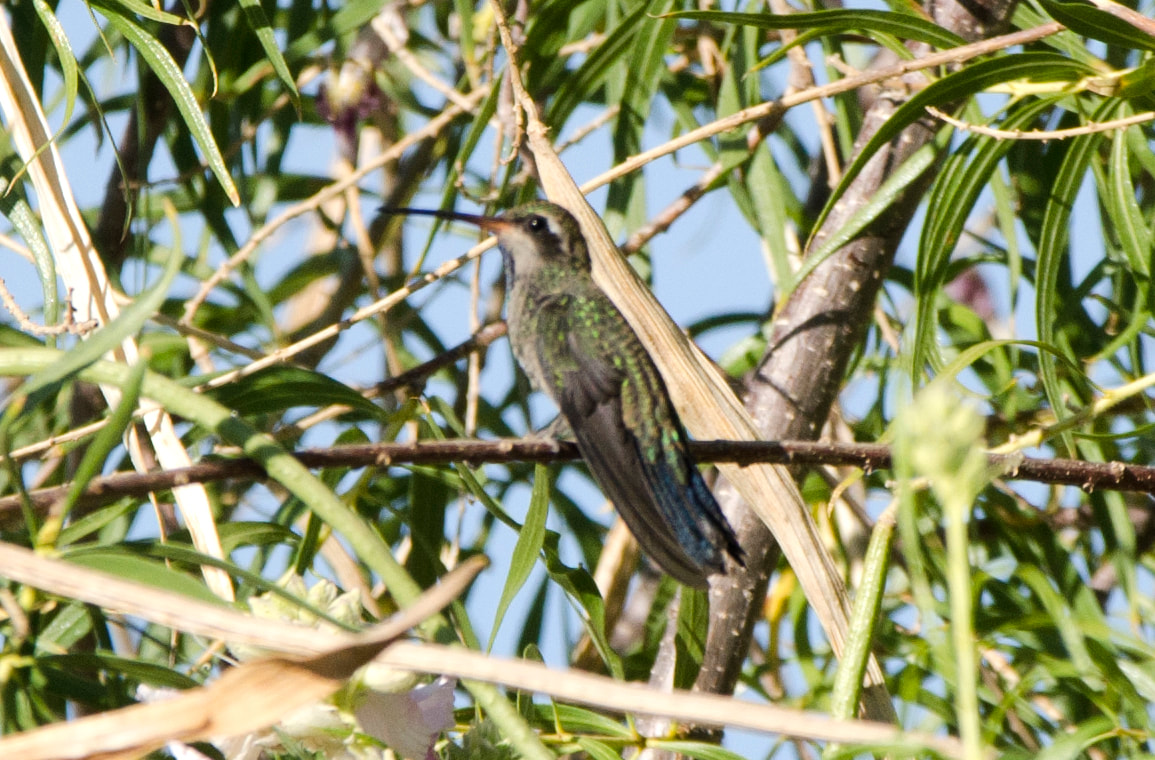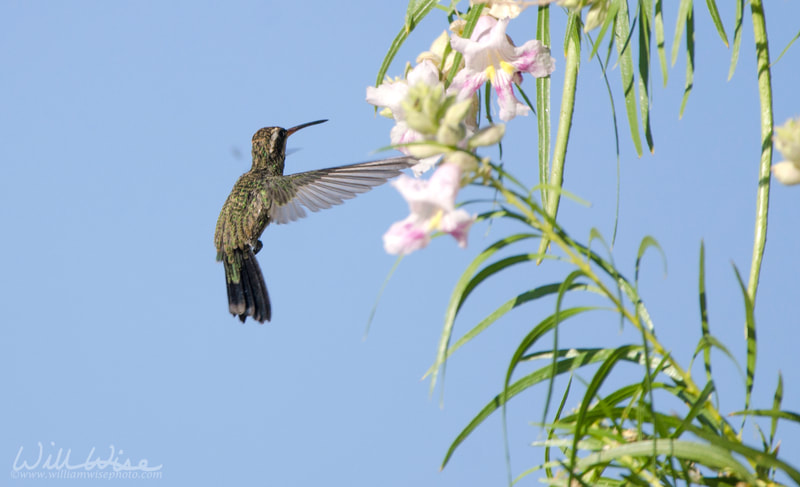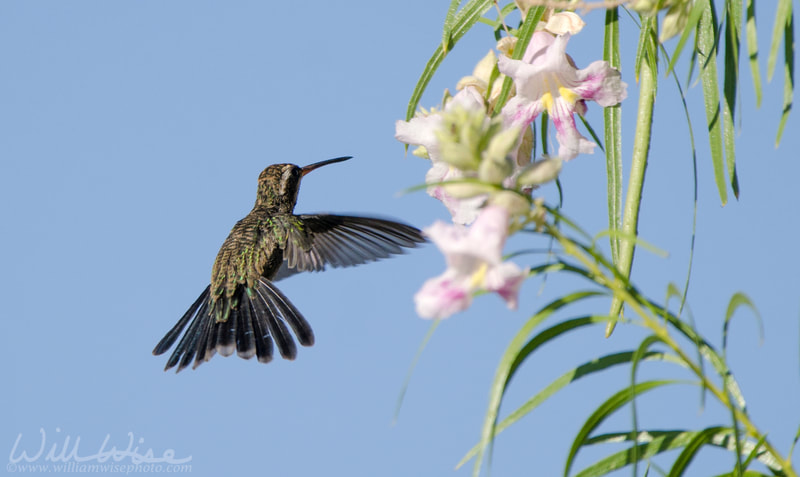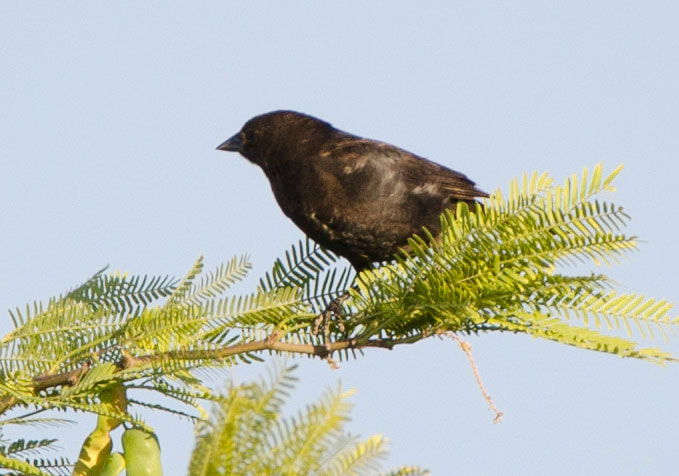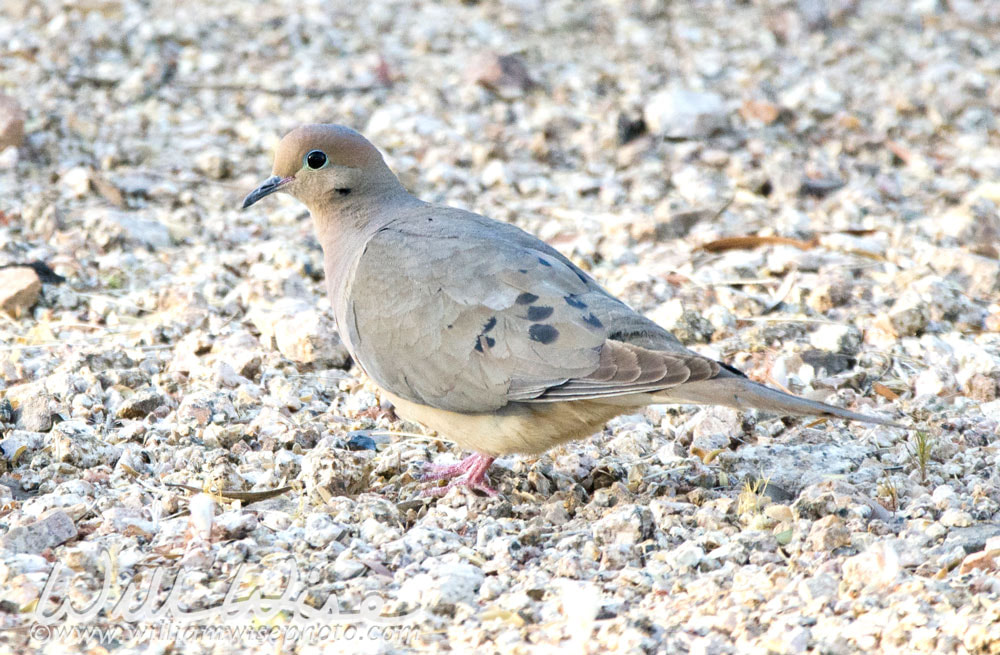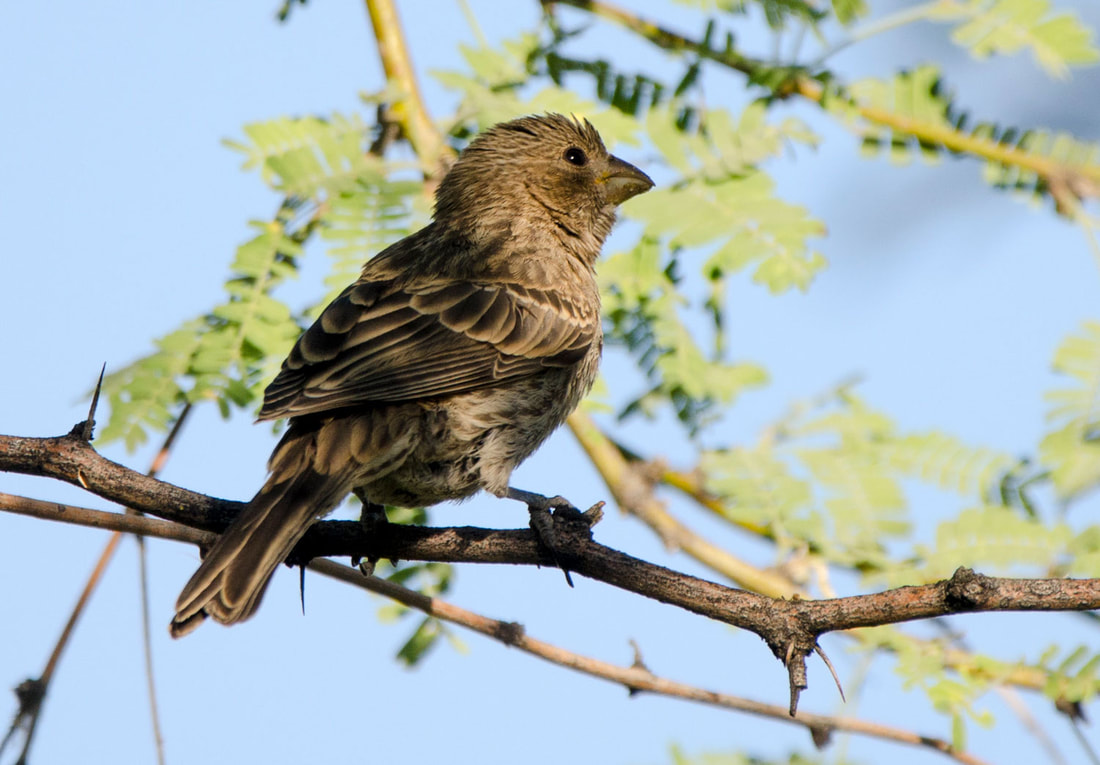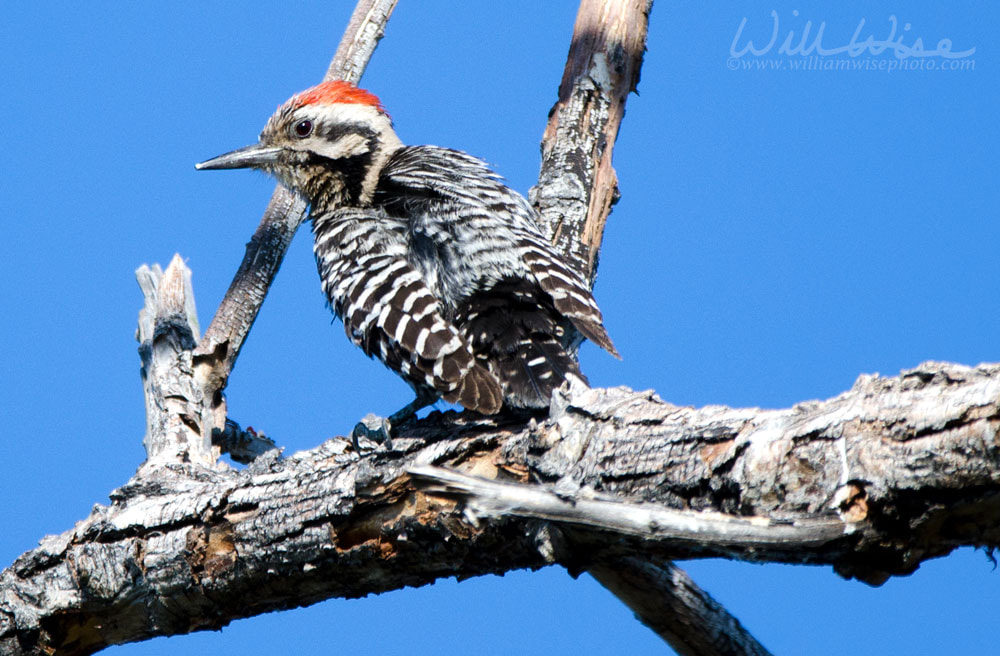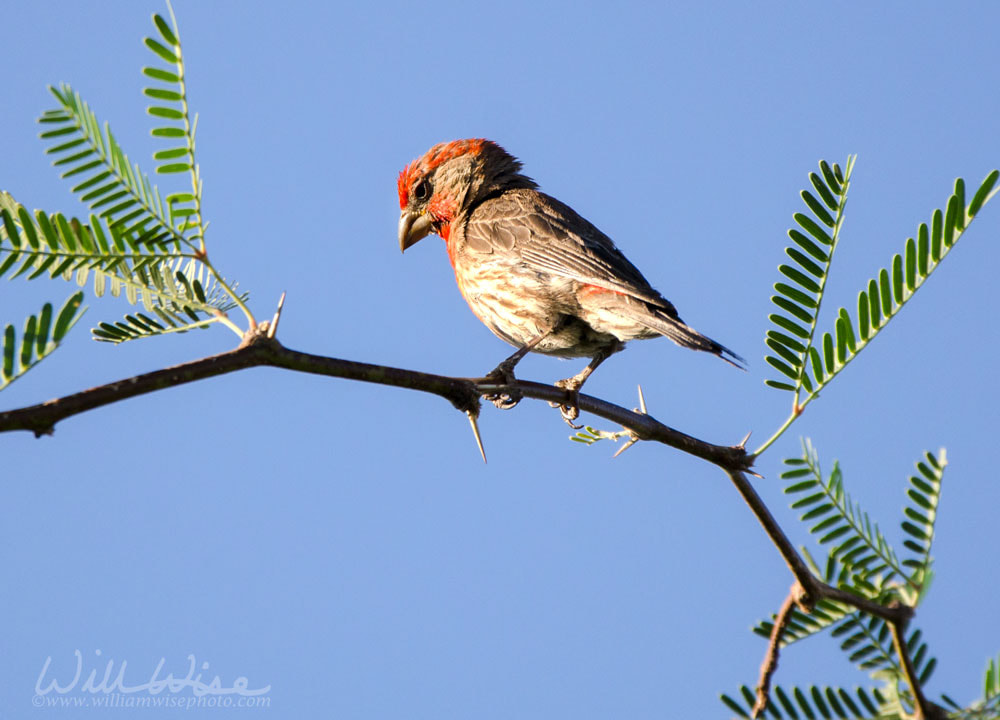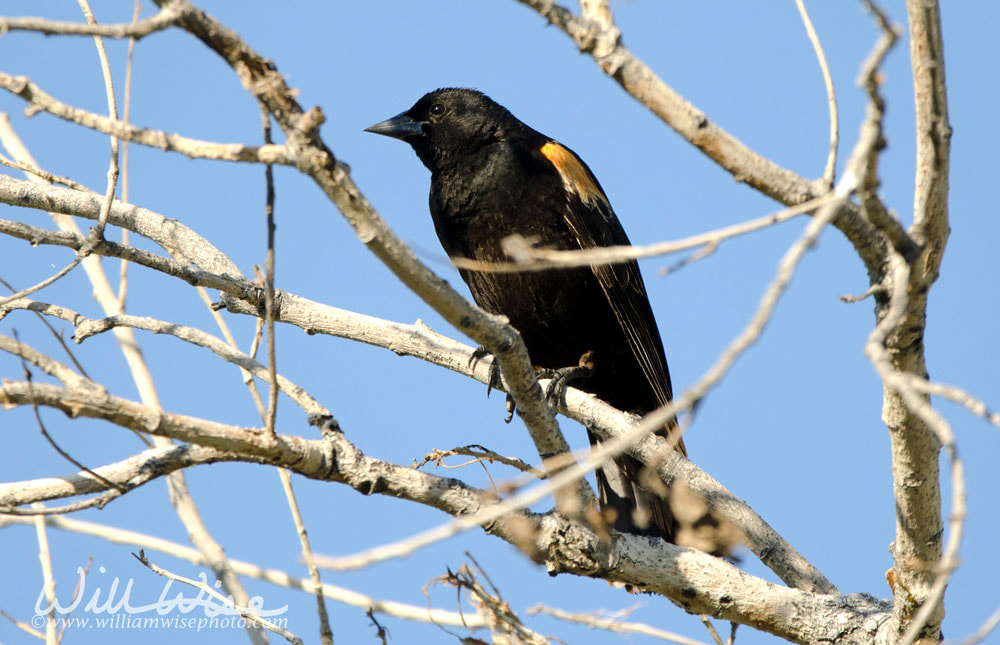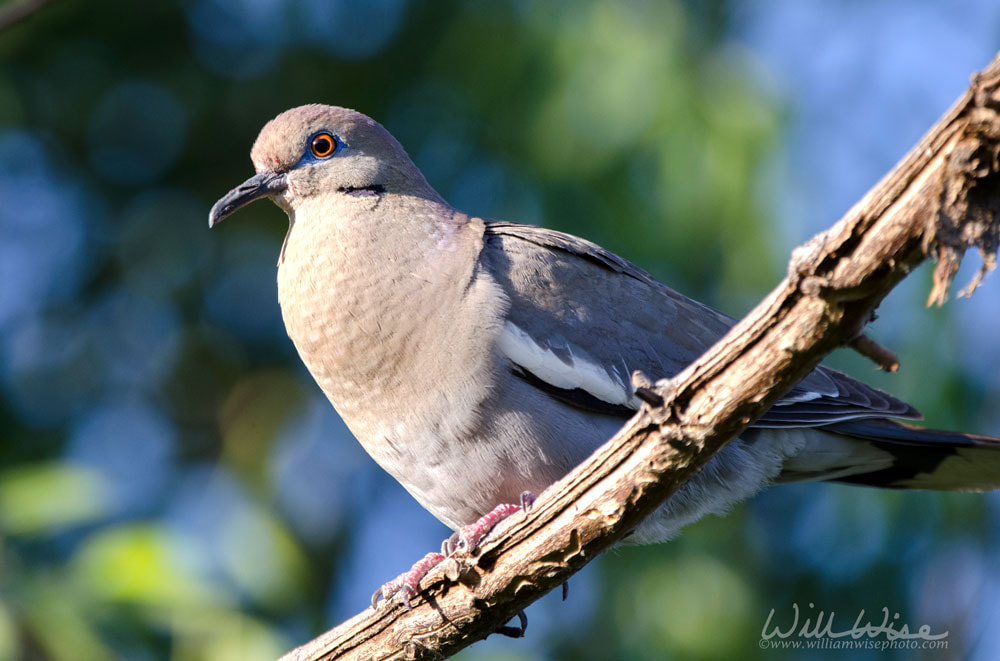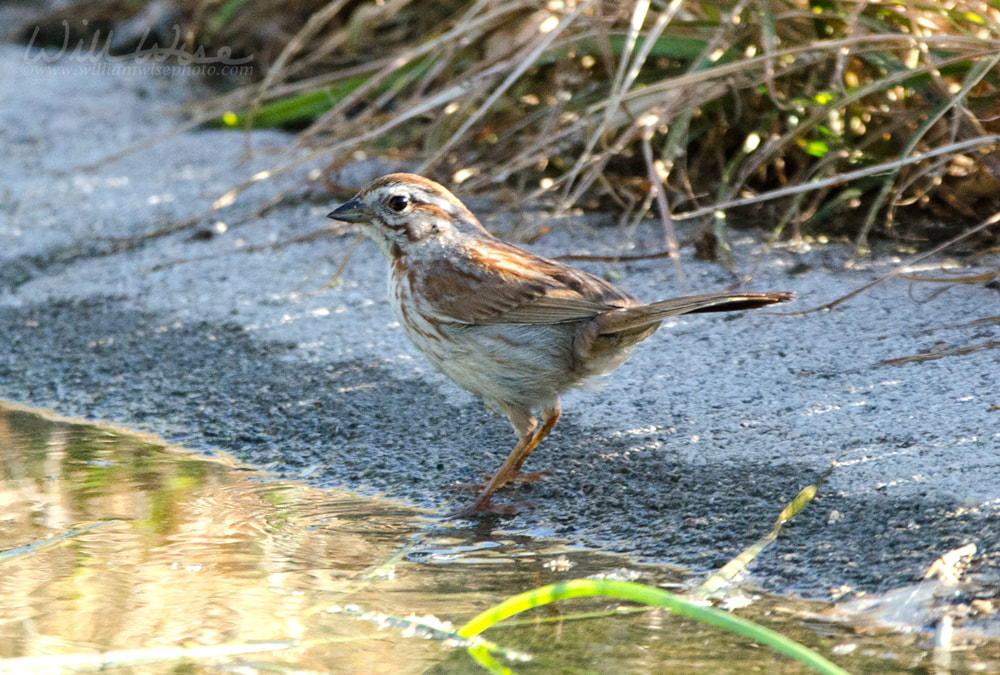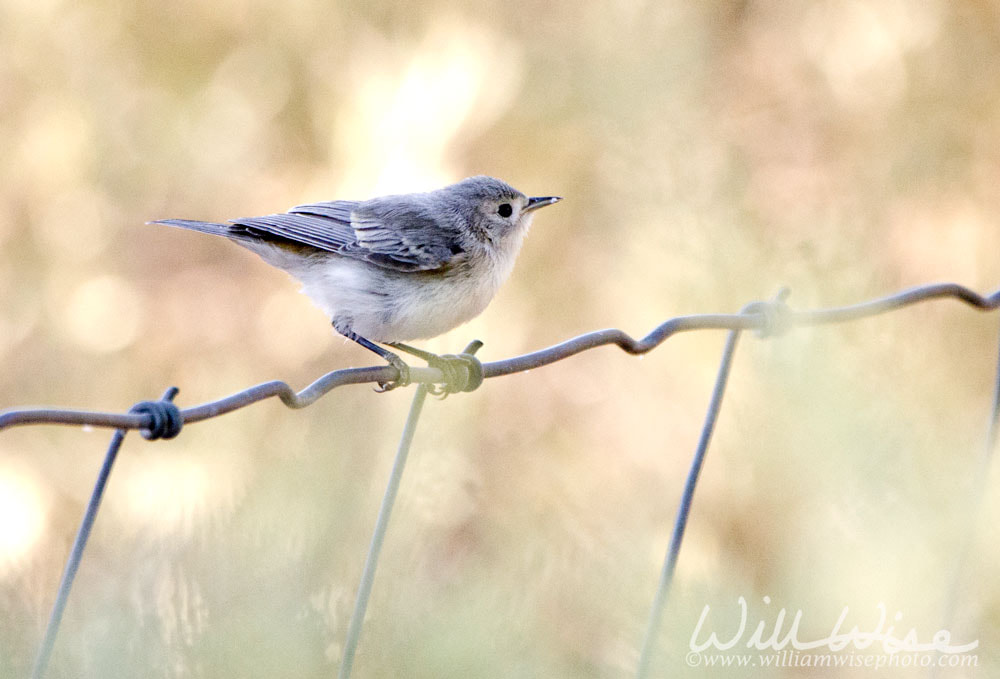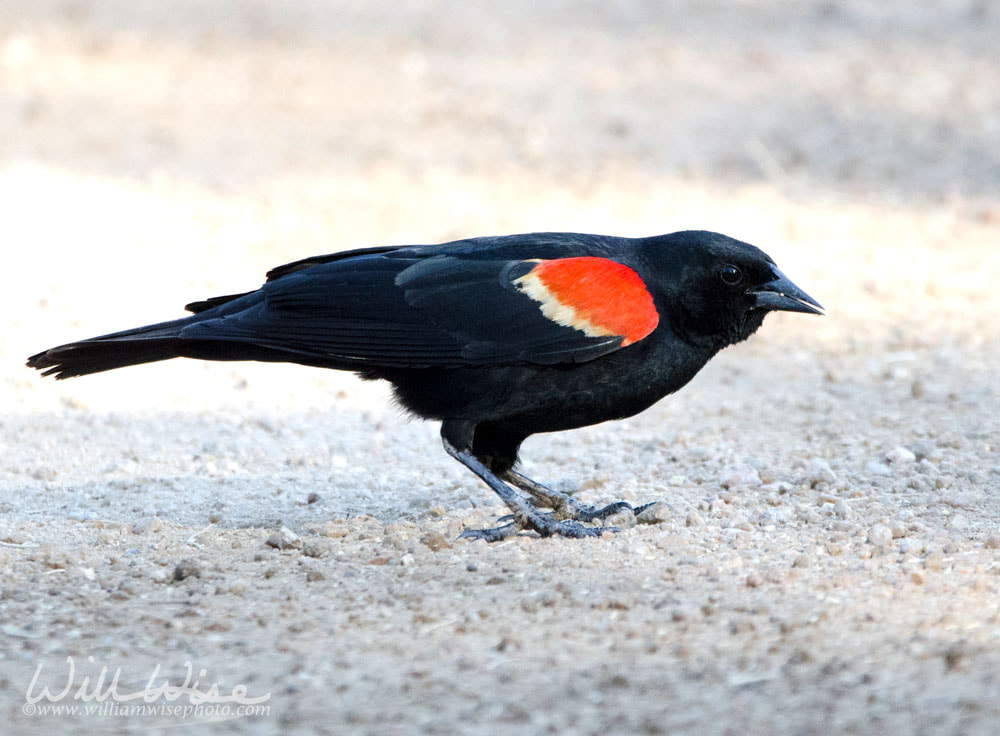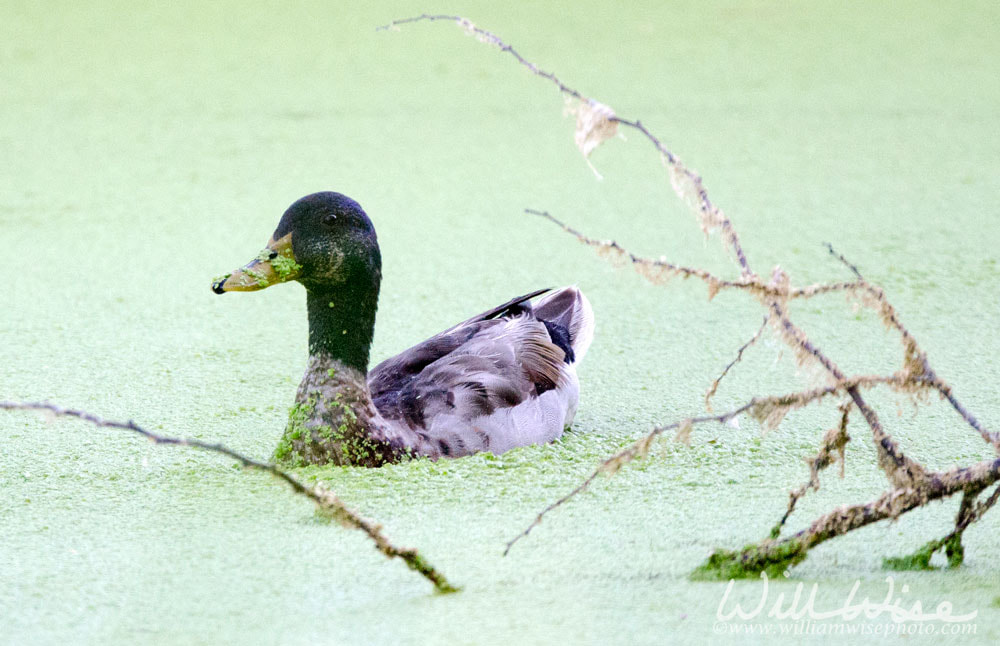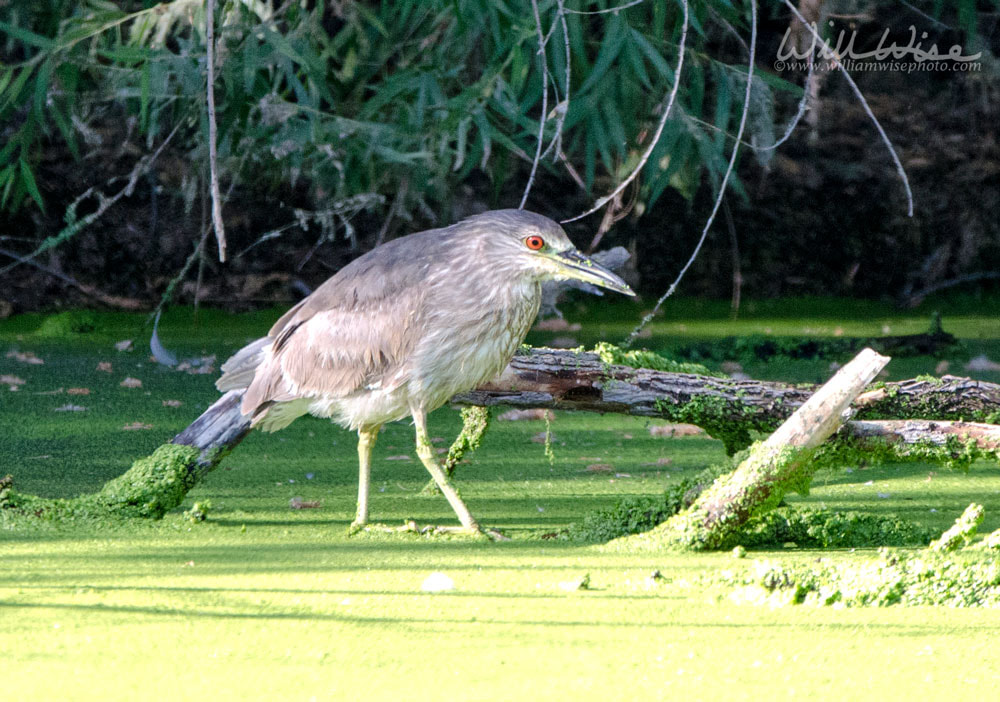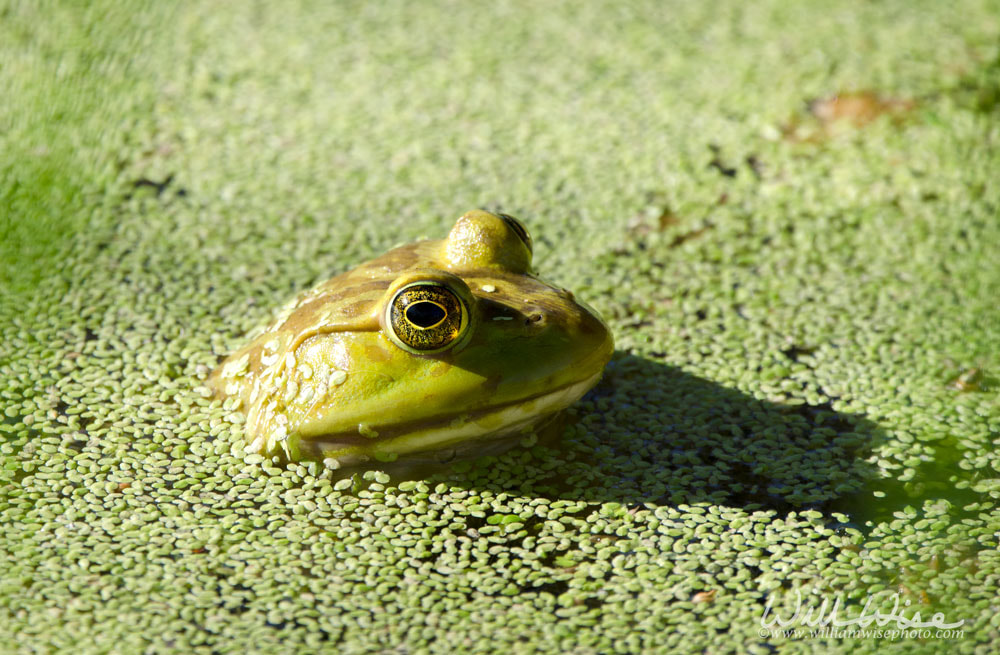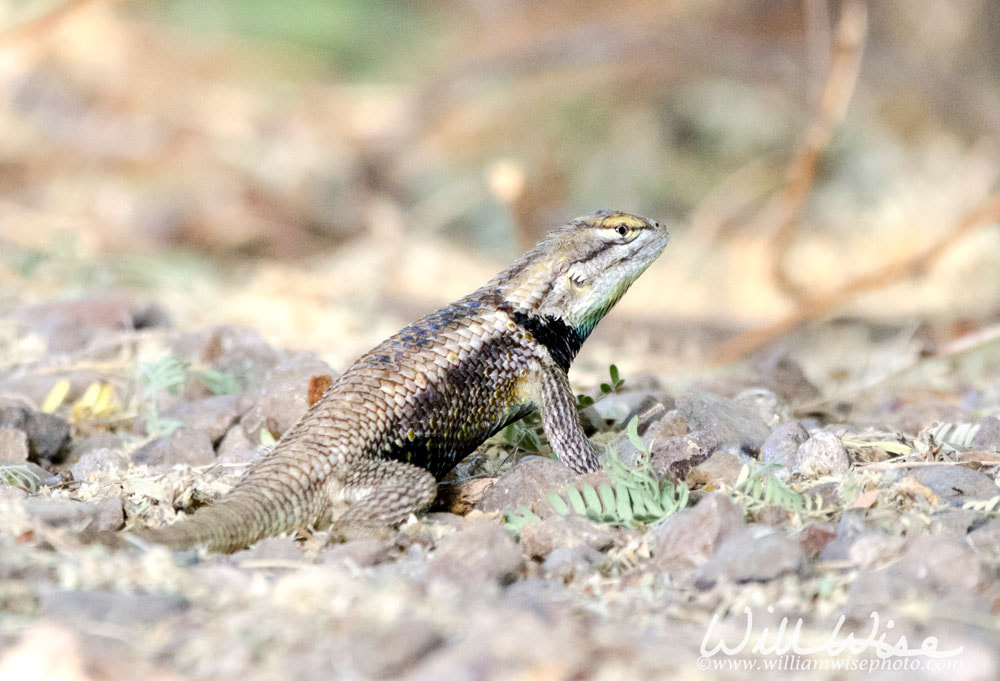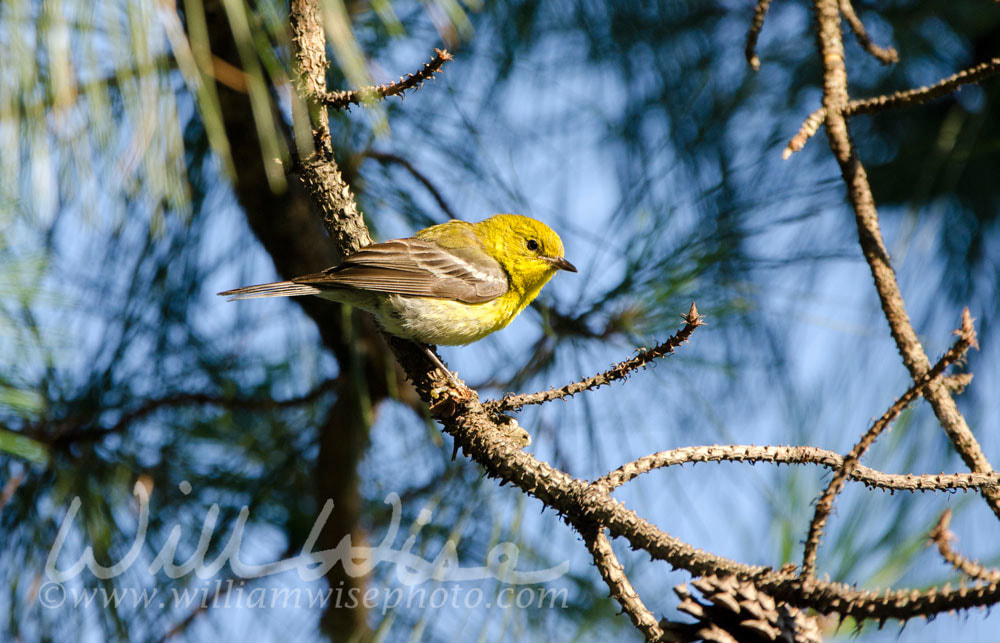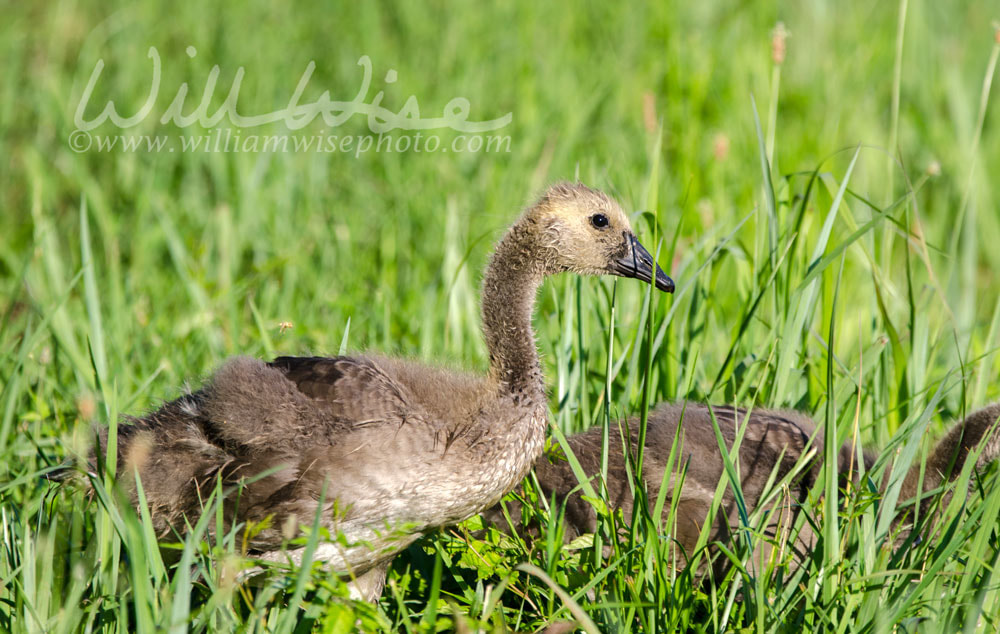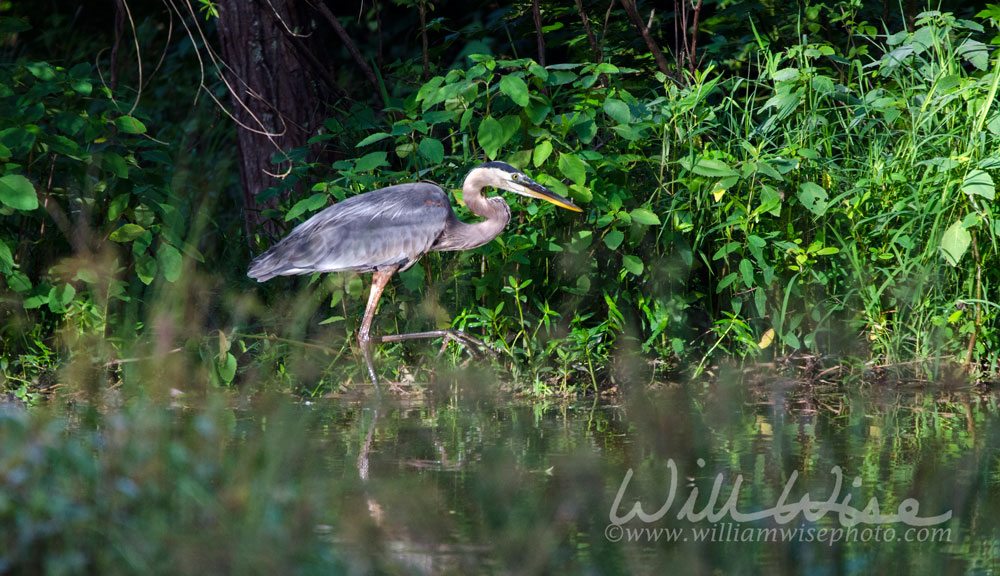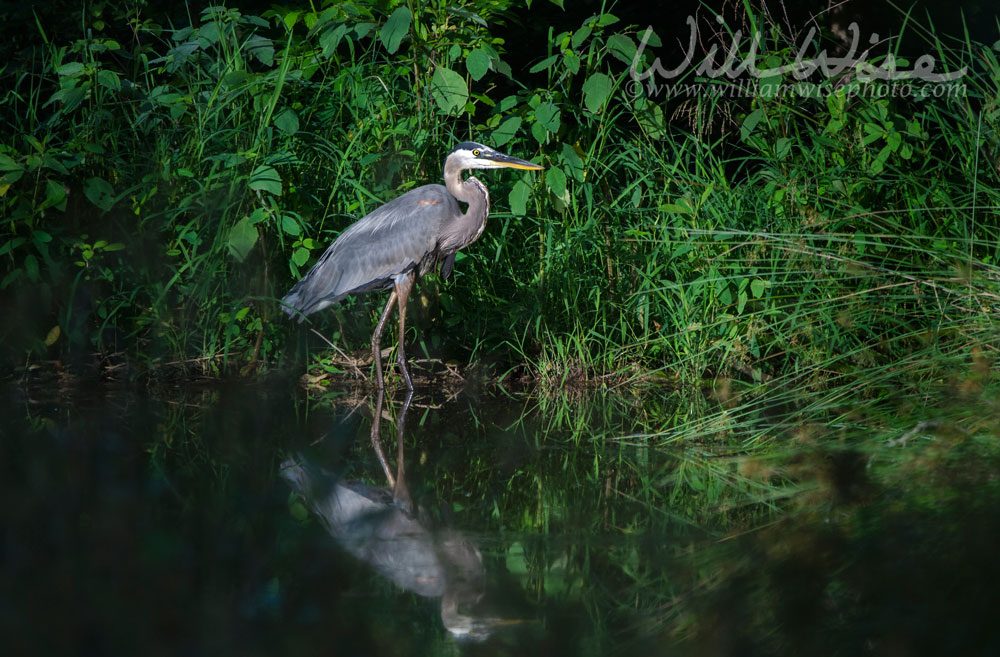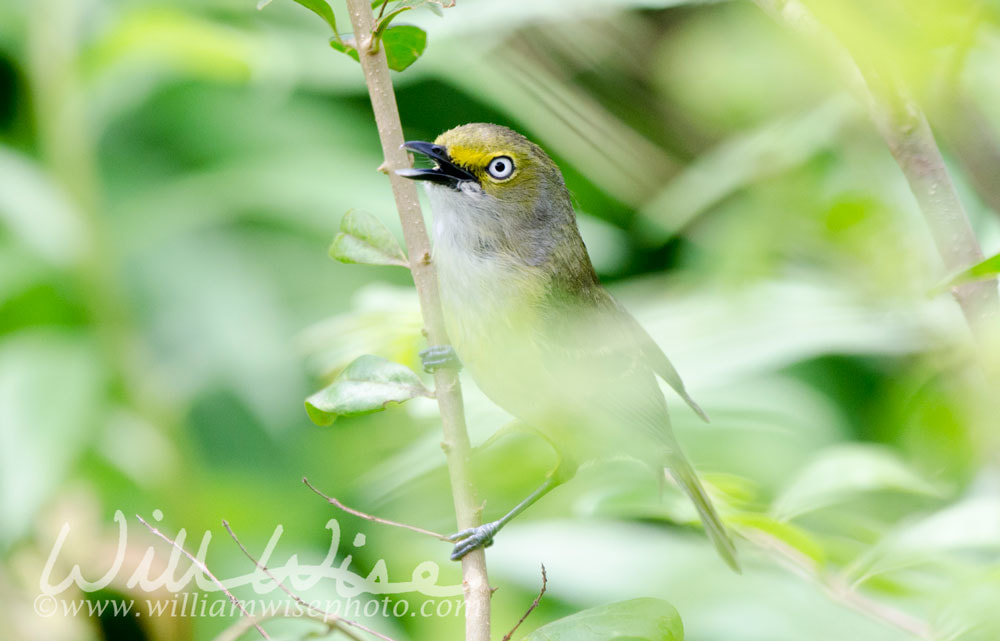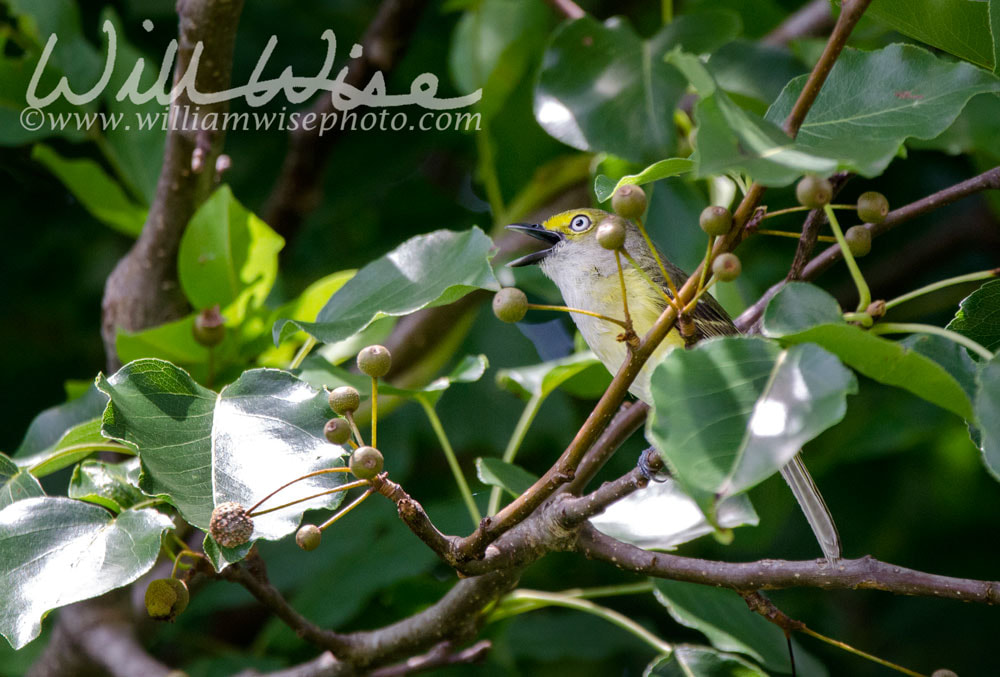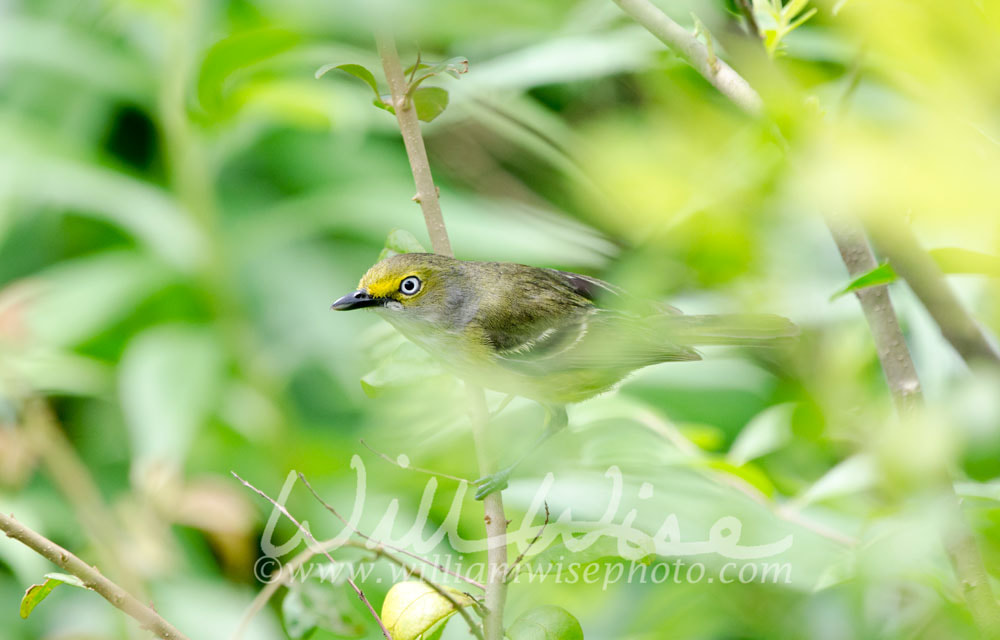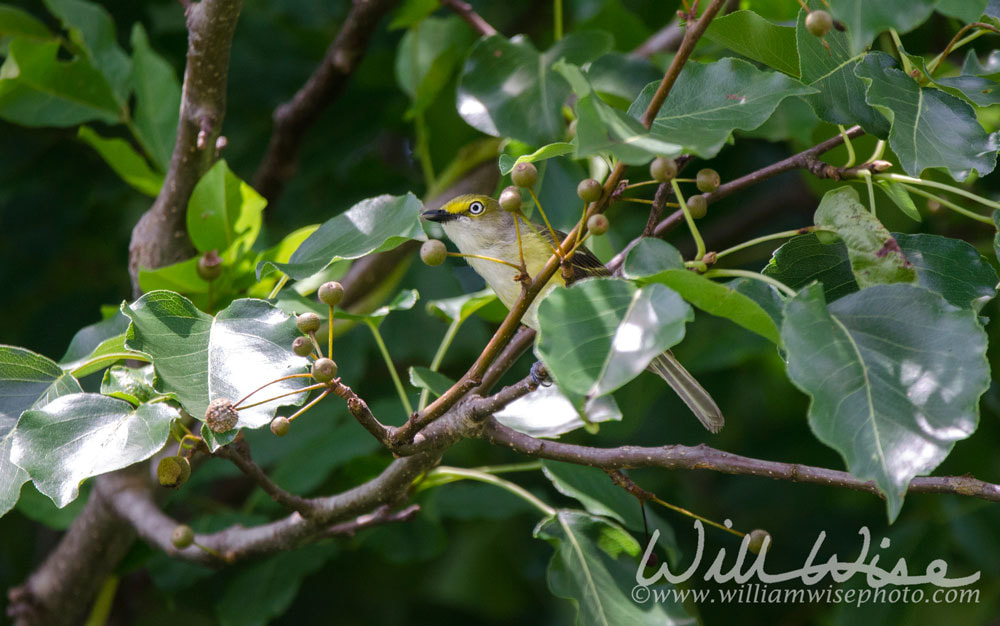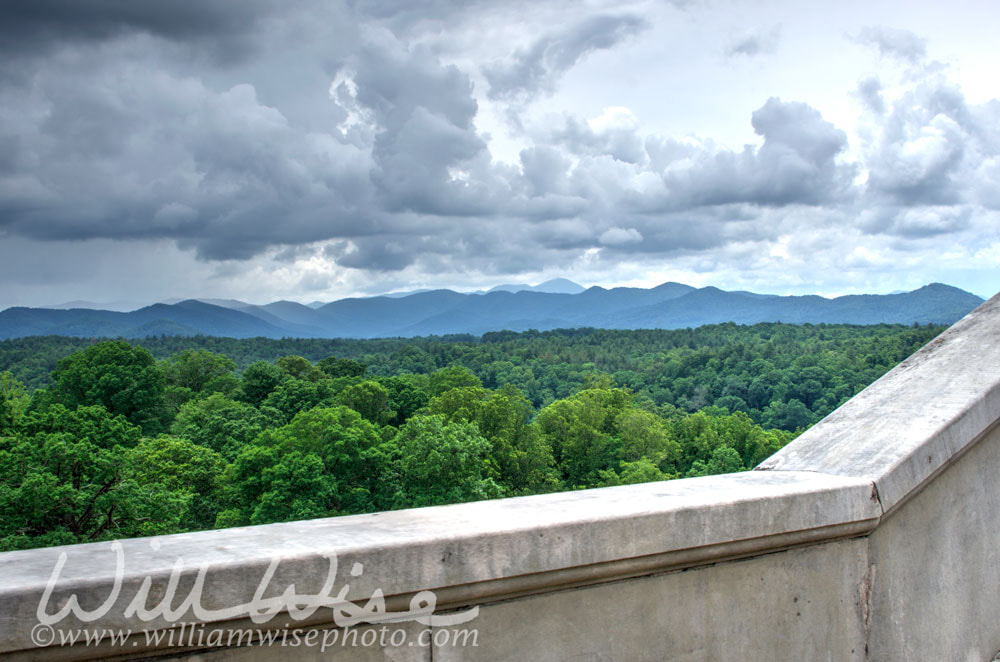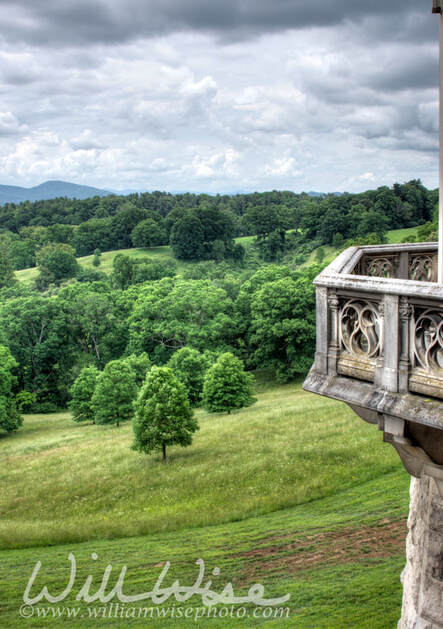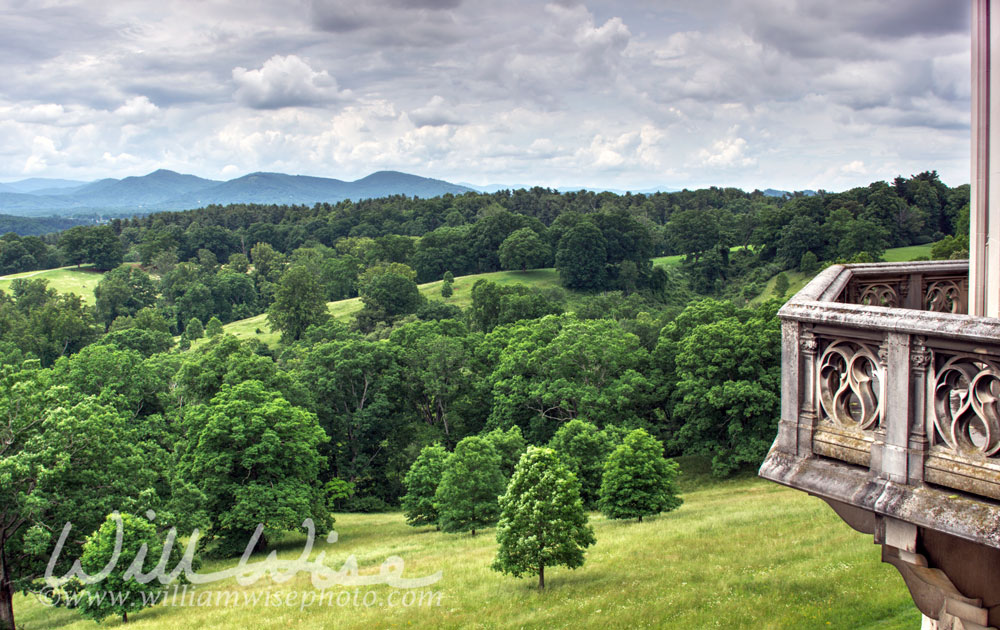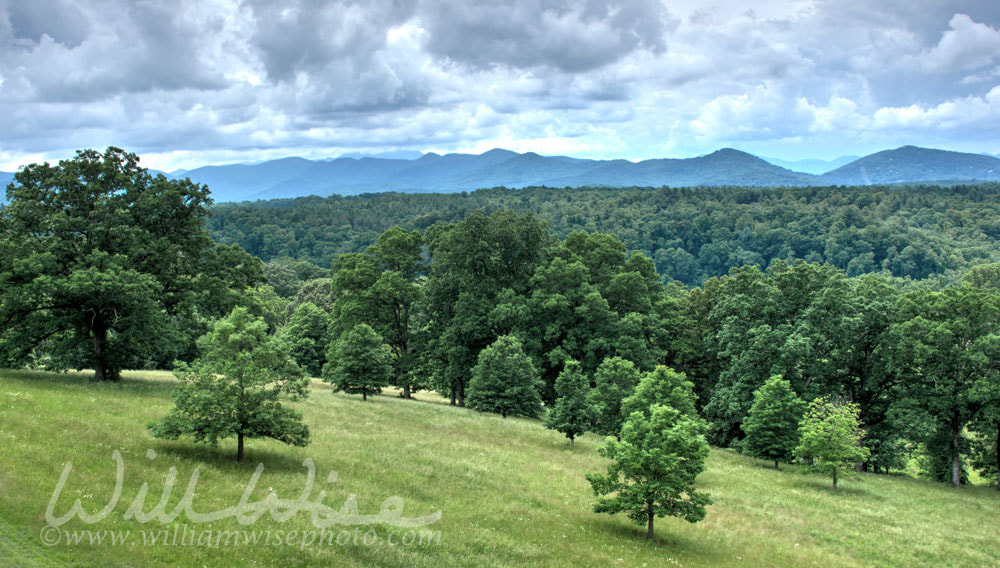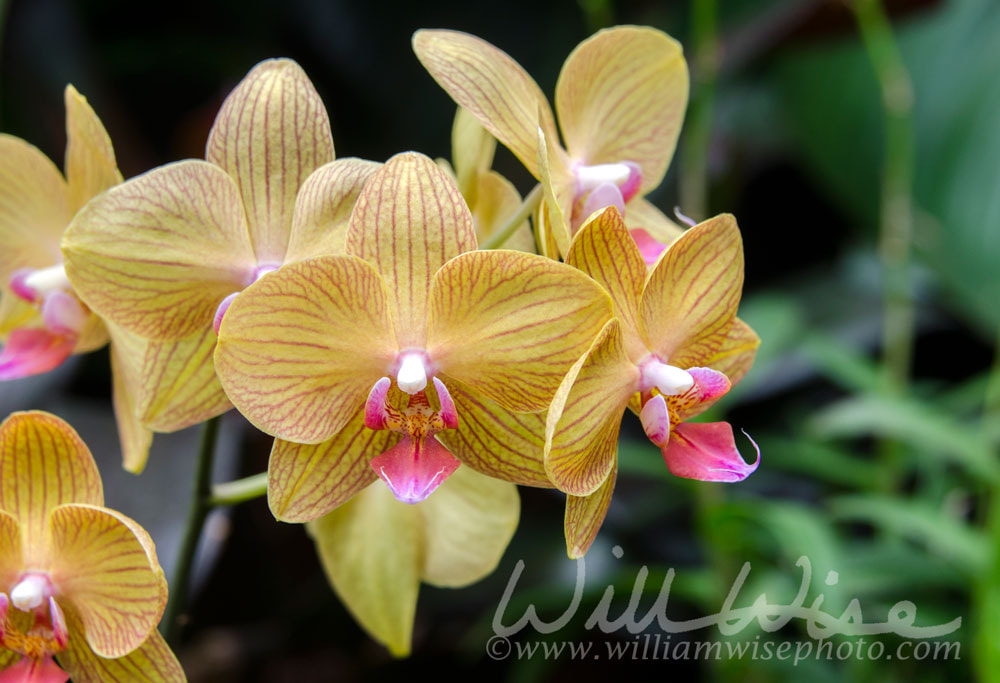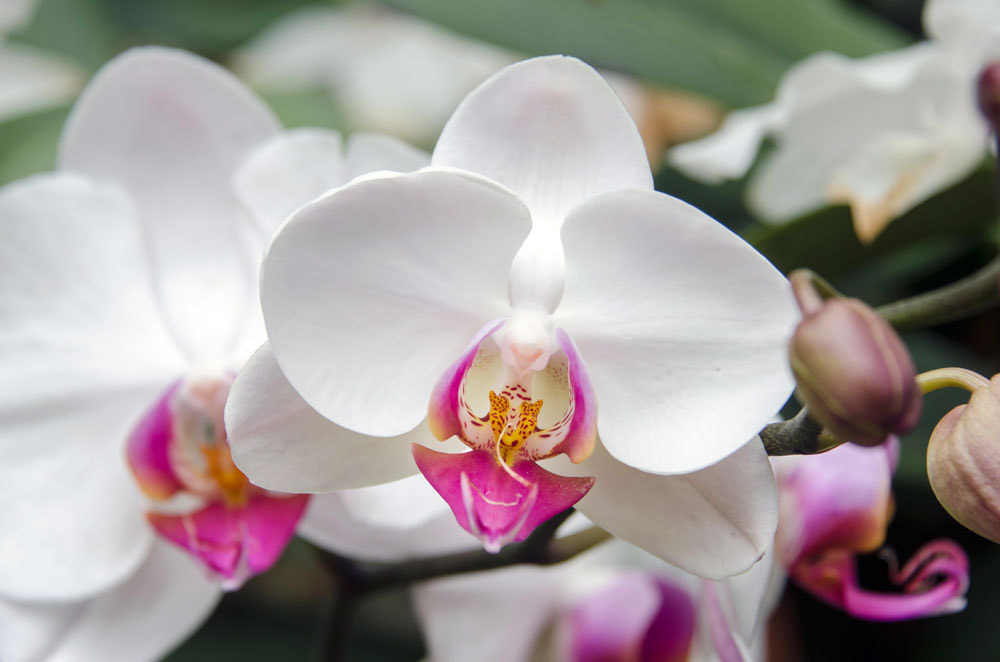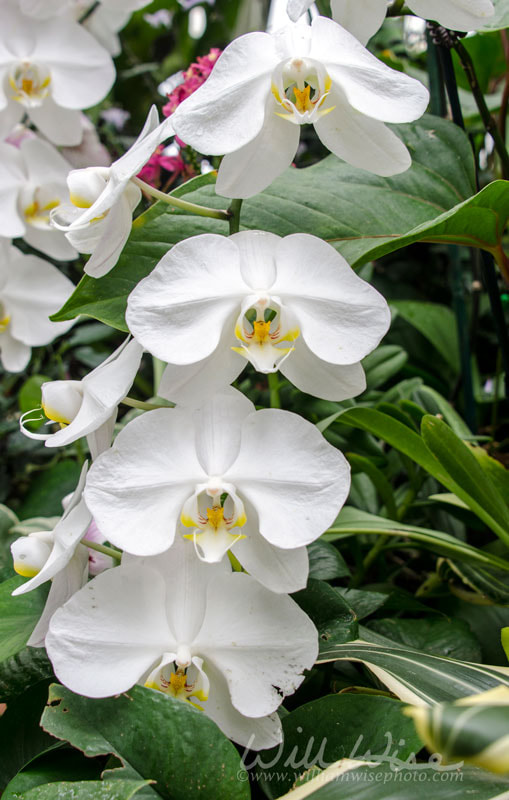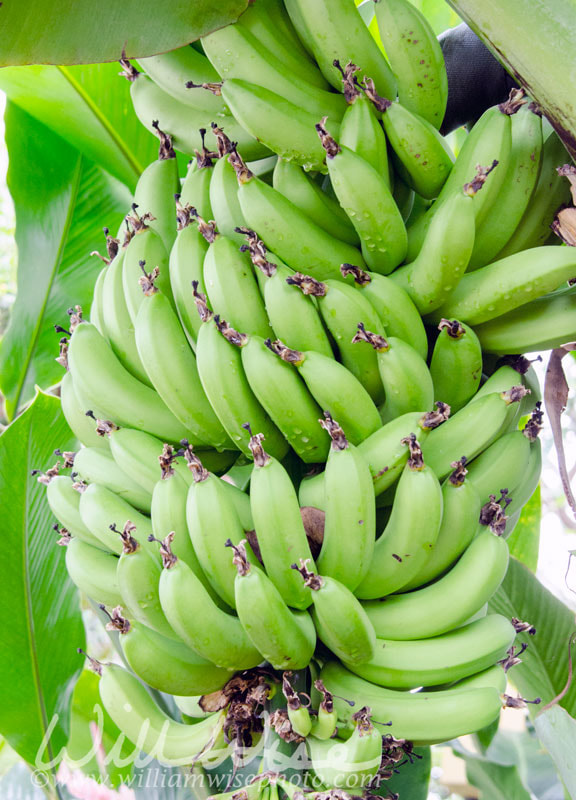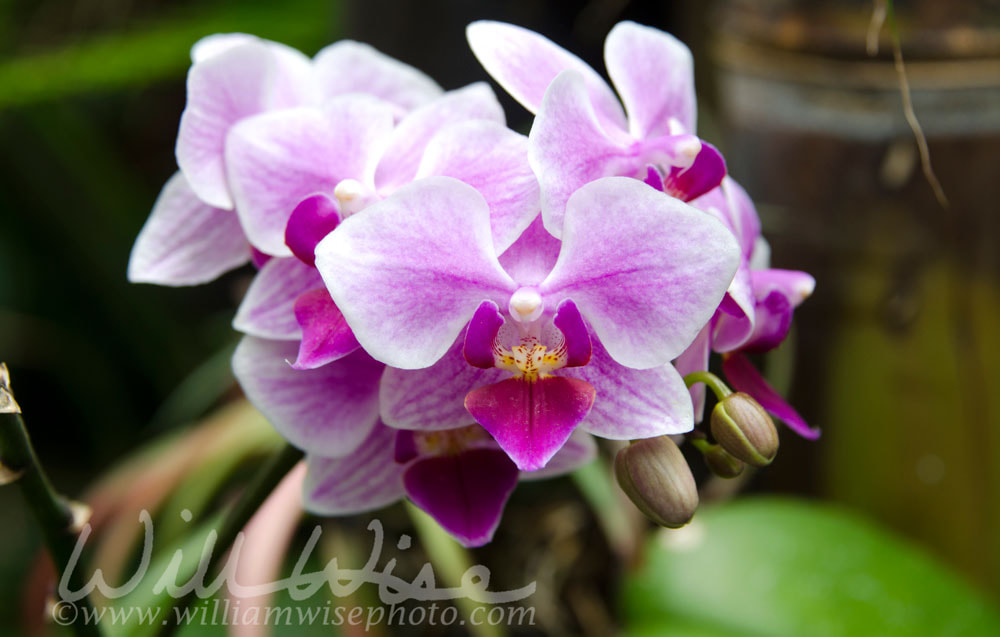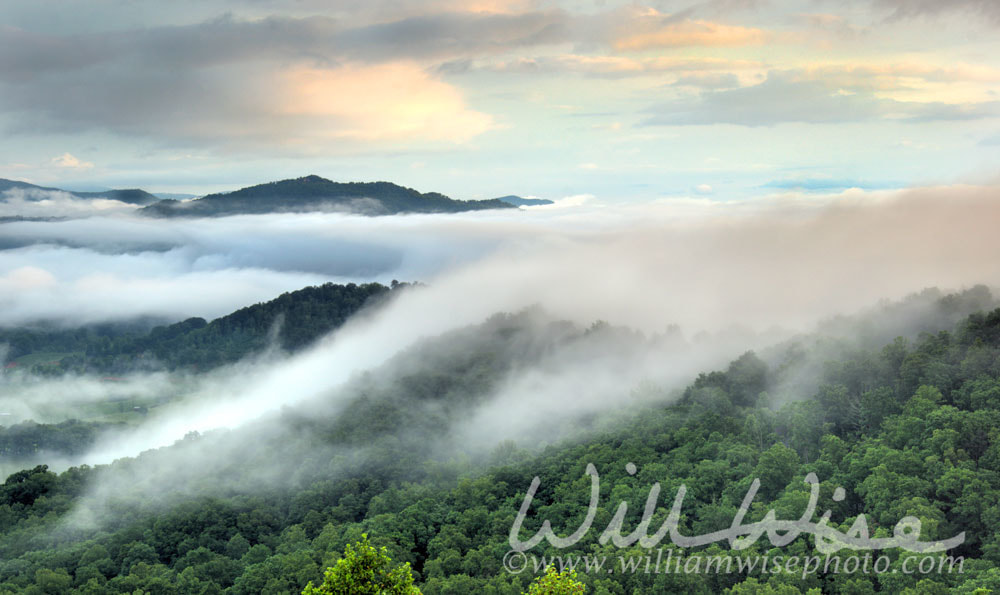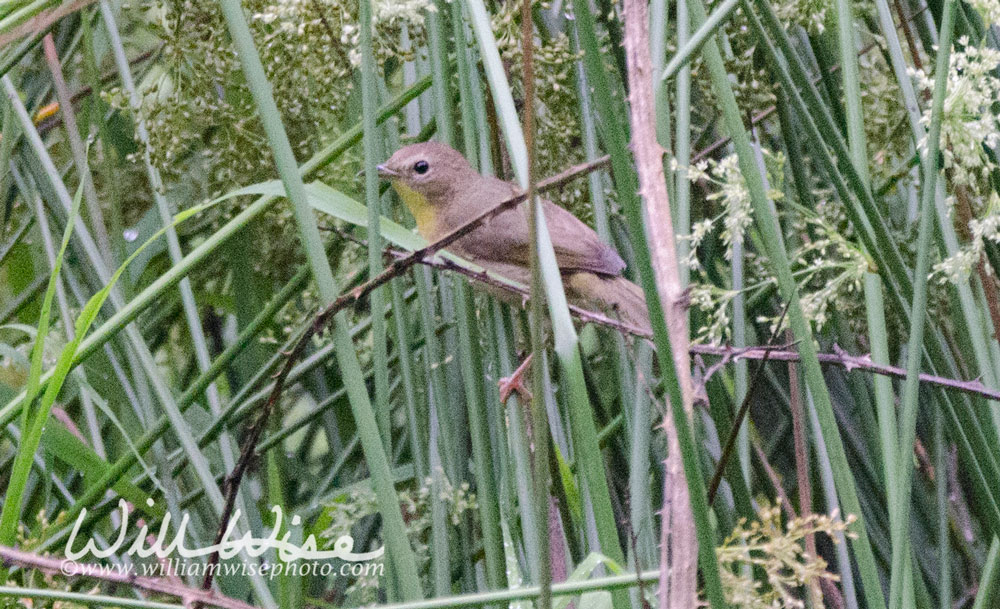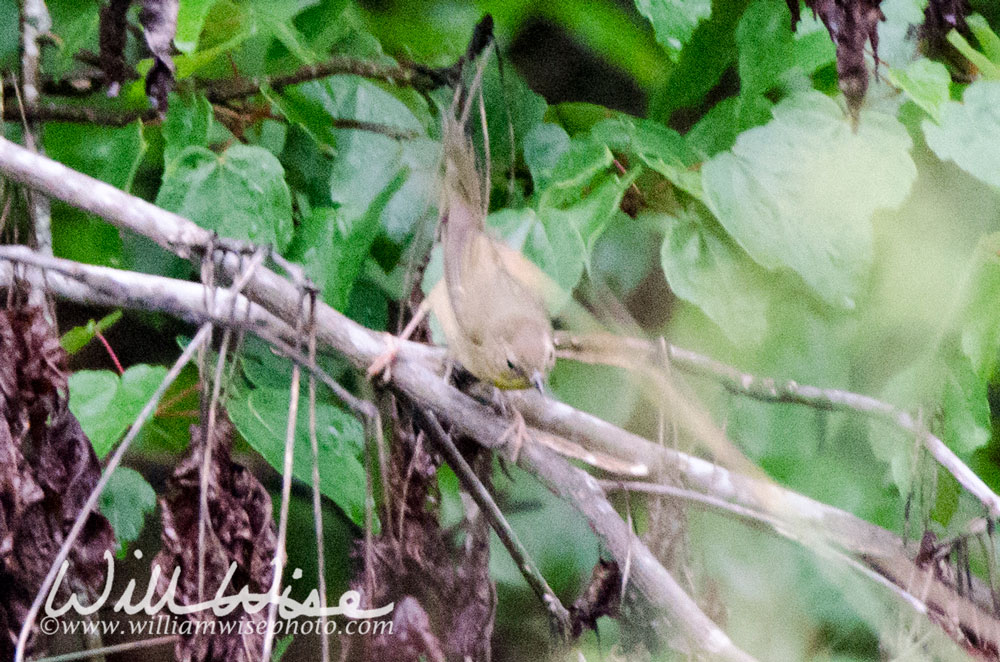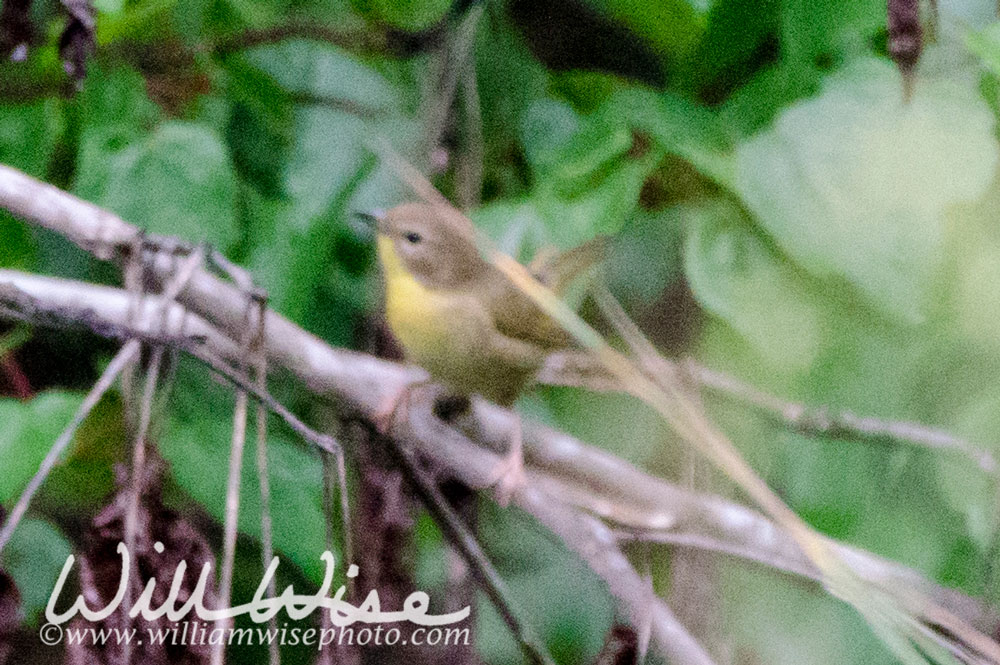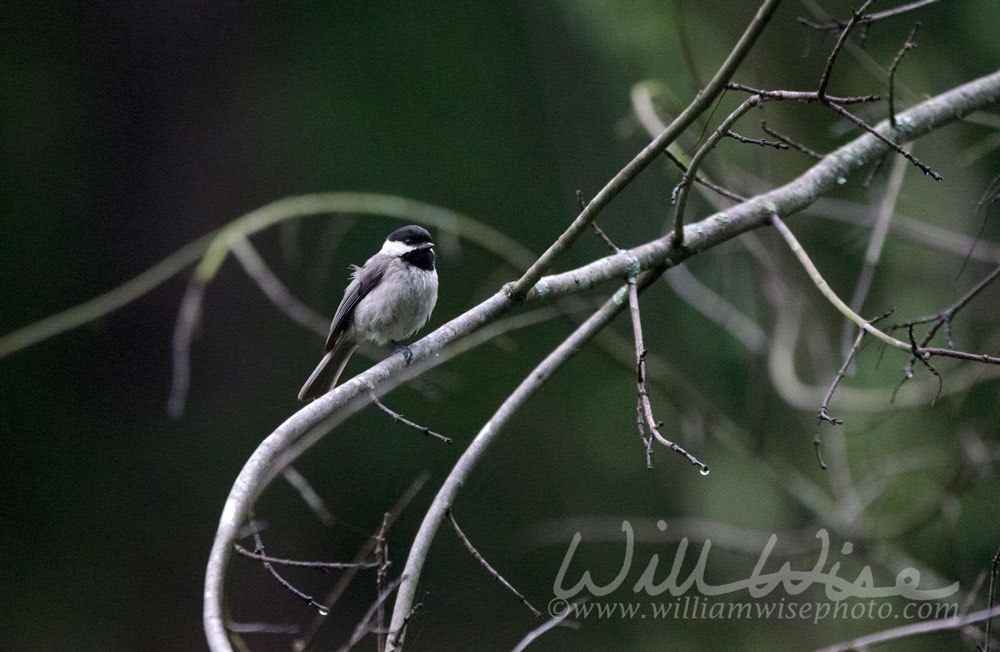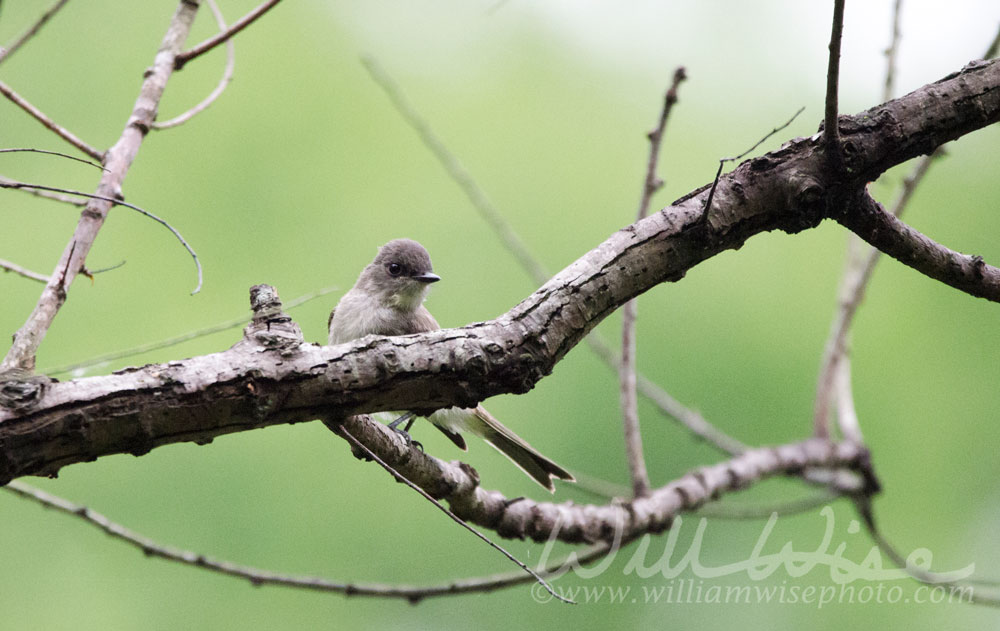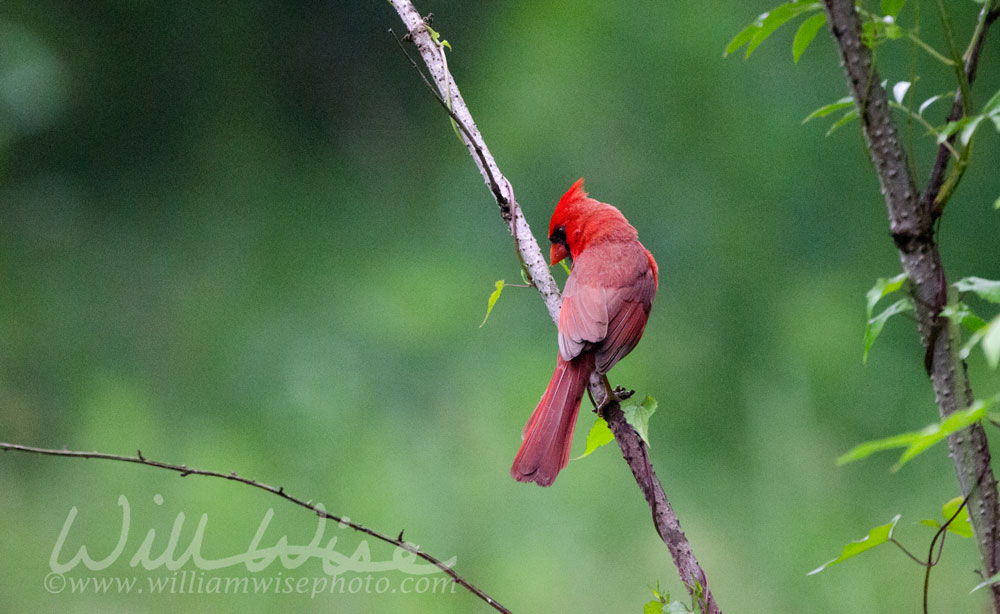 William Wise Photo Nature Notes is a wildlife, birding and nature photography blog documenting the beauty, design and wonder of God’s creation. -- "What a wildly wonderful world, God! You made it all, with Wisdom at Your side, made earth overflow with your wonderful creations." Psalms 104 The Message Each morning at 5:30 AM during my weeklong stay in Tucson for our International Bible Conference, I took a walk down Medina Rd near the Tucson airport. Several desert species of birds inhabited the scrub within the vacant industrial lots. Pima County, Arizona; Wednesday, June 13, 2018. 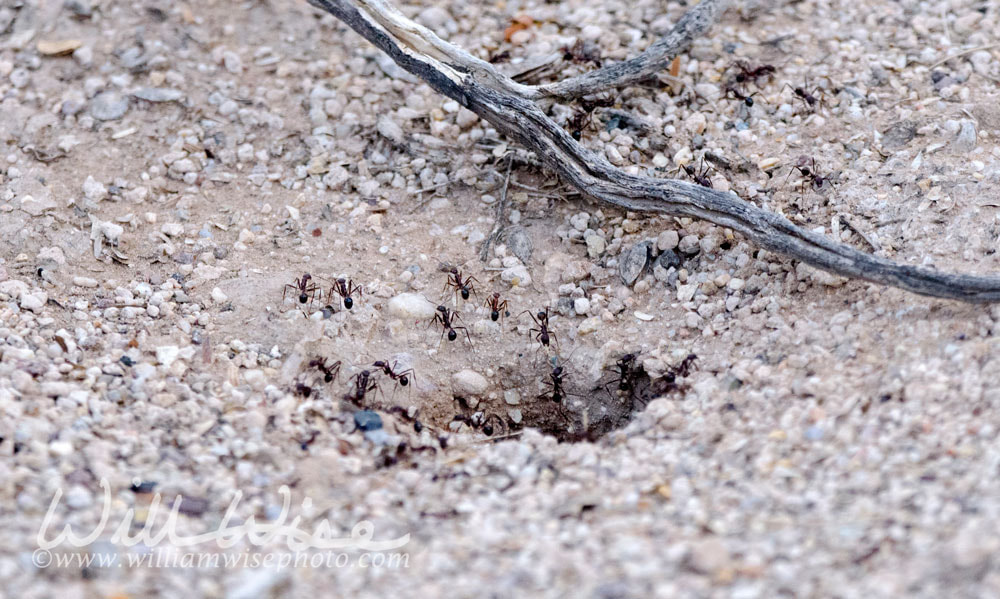 Harvester ants crawling into a hole in the dirt. Aphaenogaster are called `harvester ants` because they gather and eat seeds. Aphaenogaster are most common in less disturbed areas outside the city of Tucson, but they also occur within the city itself. They tolerate high temperatures and can be found foraging on very hot days. Look for single workers collecting seeds, or for their nest entrances, which are large holes in the ground surrounded by pebbles. These ants can bite, but do not sting.
0 Comments
 William Wise Photo Nature Notes is a wildlife, birding and nature photography blog documenting the beauty, design and wonder of God’s creation. -- "What a wildly wonderful world, God! You made it all, with Wisdom at Your side, made earth overflow with your wonderful creations." Psalms 104 The Message Each morning at 5:30 AM during my weeklong stay in Tucson for our International Bible Conference, I took a walk down Medina Rd near the Tucson airport. Several species of desert birds inhabited the scrub even within these urban, vacant industrial lots. 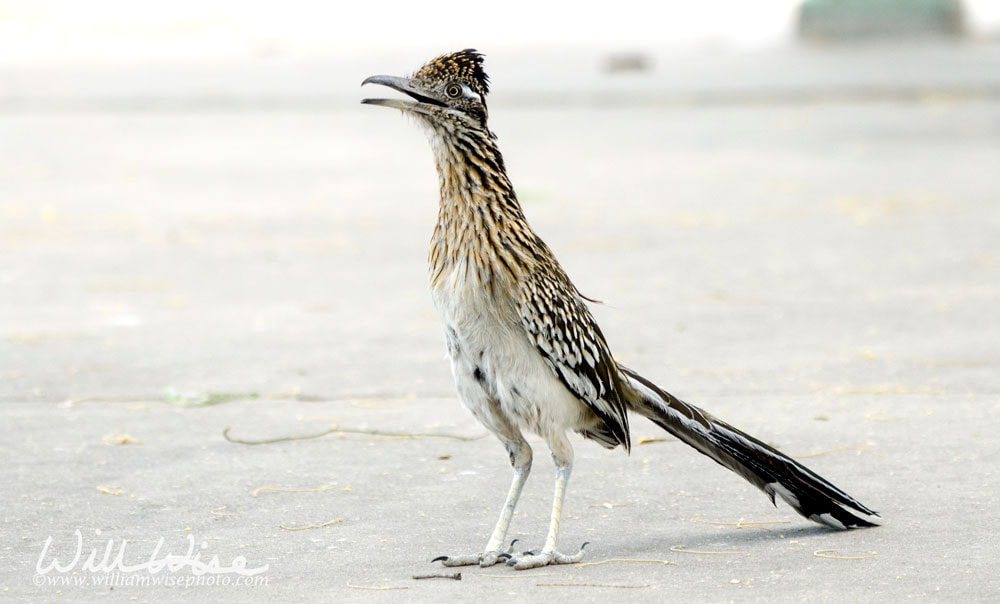 The greater roadrunner, Geococcyx californianus, is a long-legged bird in the cuckoo family, Cuculidae, from Southwestern United States and Mexico. The Latin name means `Californian earth-cuckoo`. Photographed in Sweetwater Wetlands, a reclaimed wastewater treatment facility managed for wildlife habitat in Tucson, Arizona. It is a stream riparian oasis in the southwestern desert. Duckweed filled ponds are surrounded by Cottonwood, Willow, Saltbush, Bulrush, Cattail, Mesquite and Wolfberry. Photographed in June 2018.  William Wise Photo Nature Notes is a wildlife, birding and nature photography blog documenting the beauty, design and wonder of God’s creation. -- "What a wildly wonderful world, God! You made it all, with Wisdom at Your side, made earth overflow with your wonderful creations." Psalms 104 The Message 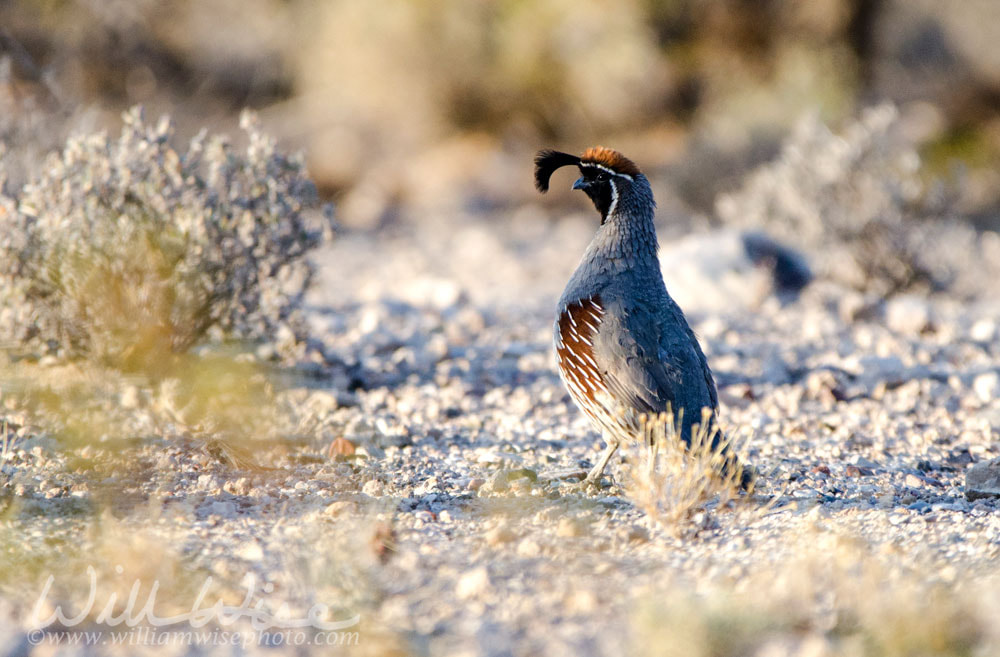 The Gambel`s quail, Callipepla gambelii, is a small ground-dwelling bird in the desert regions of Arizona, California, Colorado, New Mexico, Nevada, Utah, Texas, and Sonora. Photographed in the arid scrub Desert of Tucson in Pima County in southeastern Arizona, USA. Sonoran desert and Rincon Mountain landscapes. Each morning at 5:30 AM during my weeklong stay in Tucson for our International Bible Conference, I took a walk down Medina Rd near the Tucson airport. Several desert species of birds inhabited the scrub within the vacant industrial lots. Pima County, Arizona; Tuesday, June 12, 2018. 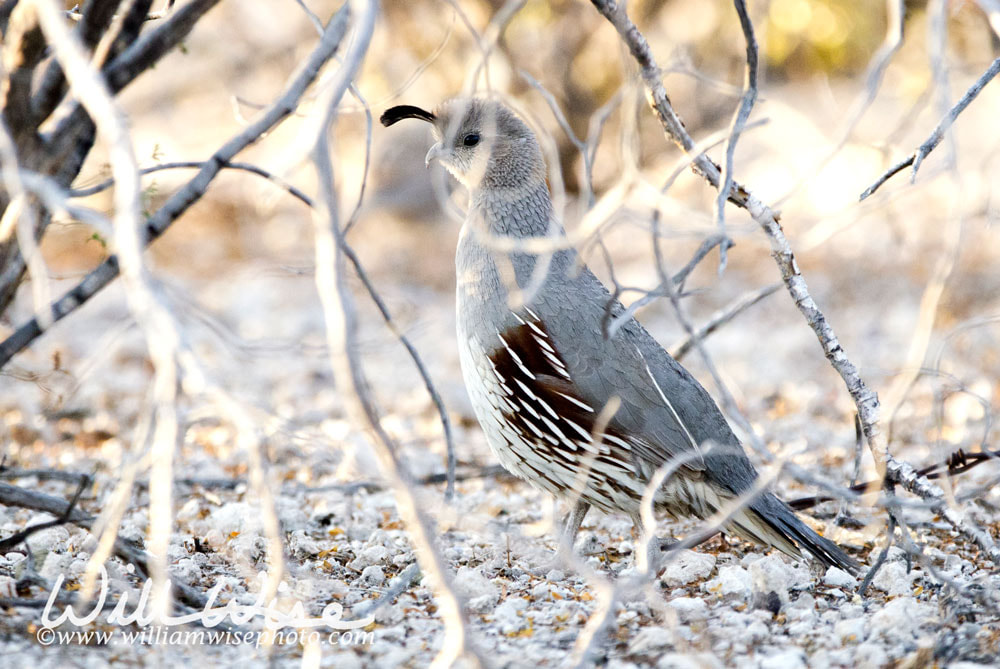 The Gambel`s quail, Callipepla gambelii, is a small ground-dwelling bird in the desert regions of Arizona, California, Colorado, New Mexico, Nevada, Utah, Texas, and Sonora. Photographed in the arid scrub Desert of Tucson in Pima County in southeastern Arizona, USA. Sonoran desert and Rincon Mountain landscapes. 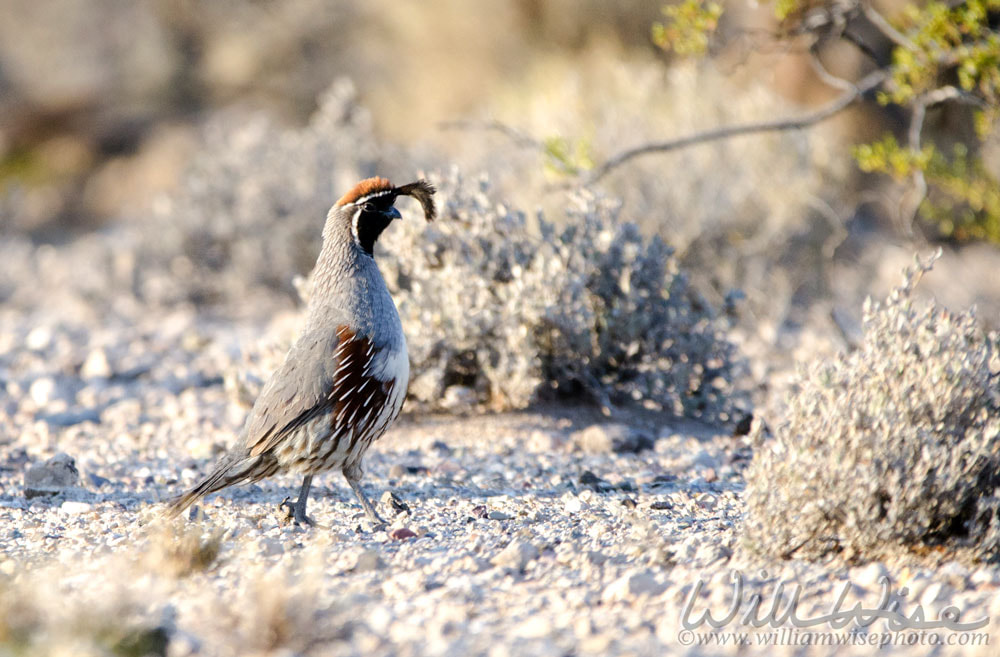 The Gambel`s quail, Callipepla gambelii, is a small ground-dwelling bird in the desert regions of Arizona, California, Colorado, New Mexico, Nevada, Utah, Texas, and Sonora. Photographed in the arid scrub Desert of Tucson in Pima County in southeastern Arizona, USA. Sonoran desert and Rincon Mountain landscapes. 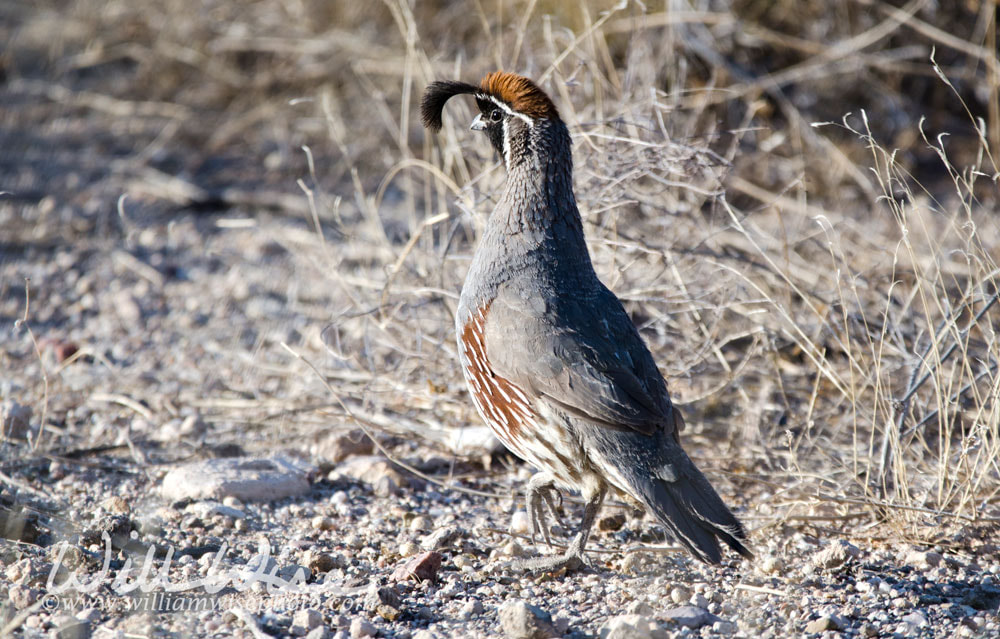 The Gambel`s quail, Callipepla gambelii, is a small ground-dwelling bird. It inhabits the desert regions of Arizona, California, Colorado, New Mexico, Nevada, Utah, Texas, and Sonora. Photographed in the arid scrub desert of Tucson in southeastern Arizona, USA. Sonoran desert and Rincon Mountain landscapes. Saguaro National Park. 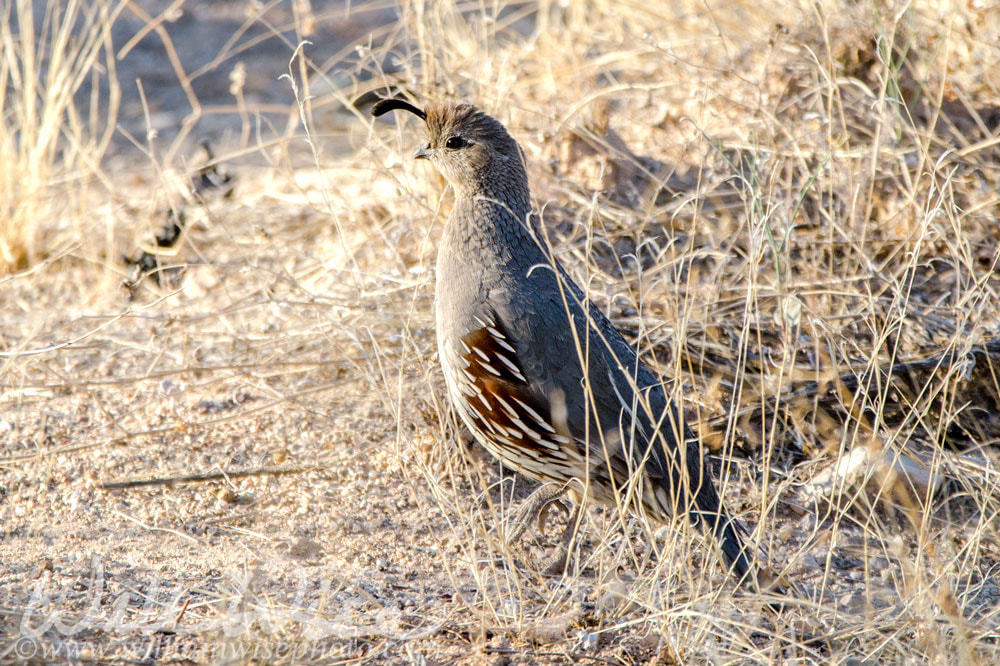 The Gambel`s quail, Callipepla gambelii, is a small ground-dwelling bird. It inhabits the desert regions of Arizona, California, Colorado, New Mexico, Nevada, Utah, Texas, and Sonora. Photographed in the arid scrub desert of Tucson in southeastern Arizona, USA. Sonoran desert and Rincon Mountain landscapes. Saguaro National Park. 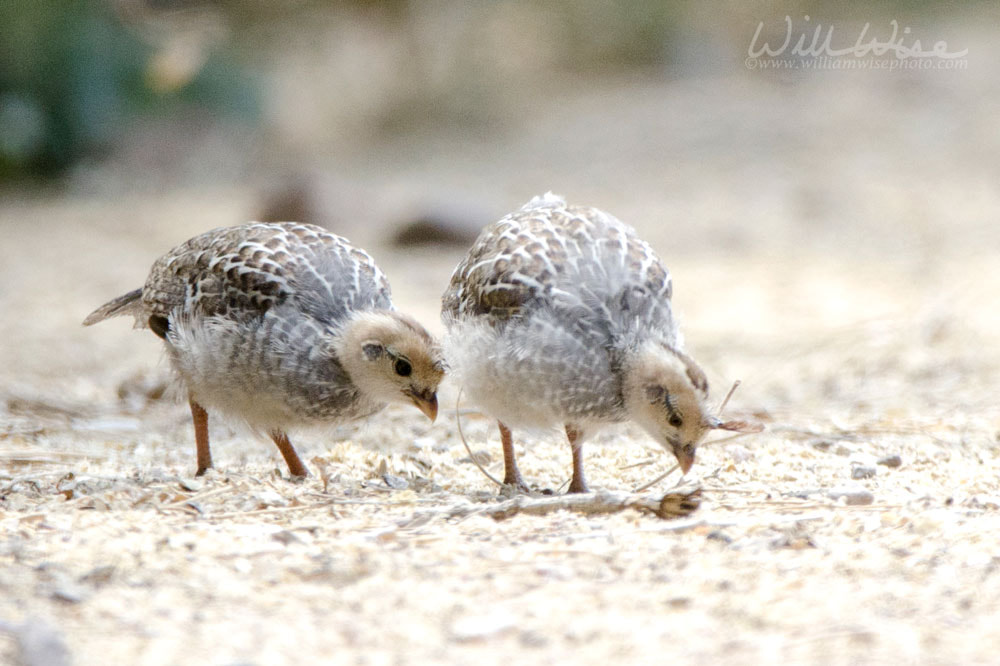 The Gambel`s quail, Callipepla gambelii, is a small ground-dwelling bird. It inhabits the desert regions of Arizona, California, Colorado, New Mexico, Nevada, Utah, Texas, and Sonora. nnPhotographed in Sweetwater Wetlands Park, a reclaimed wastewater treatment facility managed for wildlife habitat in Tucson, Arizona. It is a stream riparian oasis in the southwestern desert. Photographed in June 2018.  William Wise Photo Nature Notes is a wildlife, birding and nature photography blog documenting the beauty, design and wonder of God’s creation. -- "What a wildly wonderful world, God! You made it all, with Wisdom at Your side, made earth overflow with your wonderful creations." Psalms 104 The Message At 11:00 AM, we arrived at Colossal Cave Mountain park about an hour-and-a-half ahead of the rest of our friends from church. So we took a short mountain desert hike up the Arizona Trail. It was such a stereotypical southwestern desert scene! A hot, bright high noon sun overhead; burning sand and rocks underneath our feet; parched lips and not a spot of shade to be found. The desert mountains stretched off into the distance and a Turkey Vulture soared overhead. In this high heat, not a creature was stirring, not even a mouse! We hiked about a mile and turned back to meet our group. In a dry creek bed near the trail-head, I spotted a Blue Grosbeak singing in the scrub. I was sort of taken aback, for it was odd to see a regular visitor in my green Georgia backyard out in this dry, brown desert. Up at Colossal Cave entrance we met up with our friends. Our group being so large, my wife and I stayed back from touring the cave (which we had both been into before). More time for photography on the short nature trail! 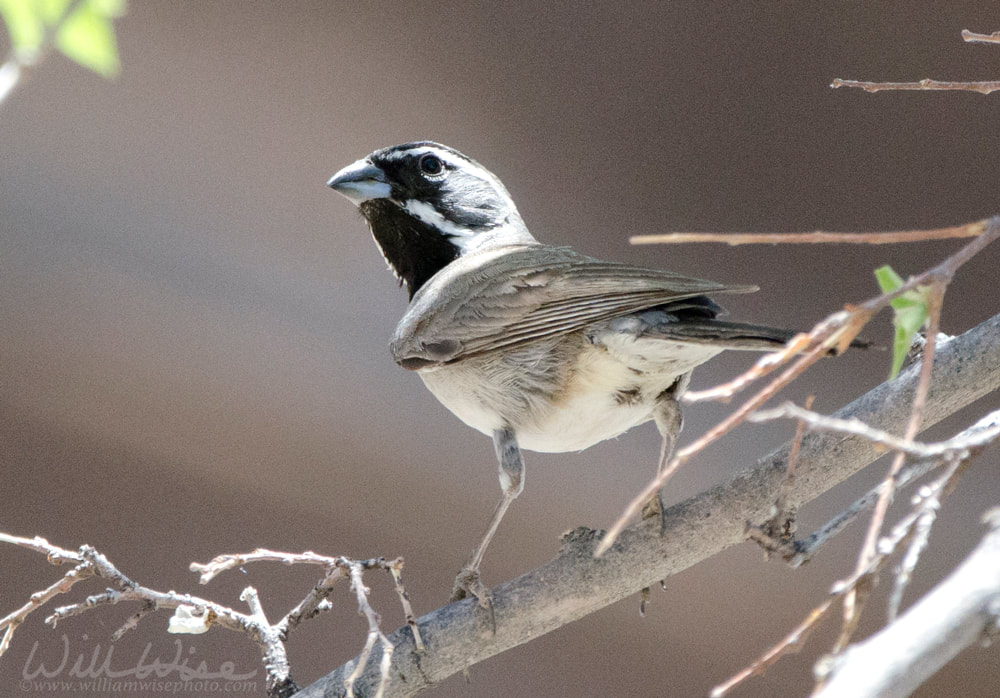 Black-throated Sparrow, Amphispiza bilineata. The black-throated sparrow is a small American sparrow primarily found in the southwestern United States and Mexico. It is sometimes referred to as the desert sparrow, due to its preferred habitat of arid desert hillsides and scrub. Photographed in Colossal Cave Mountain Park in the arid scrub desert of Tucson in southeastern Arizona, USA. On all my last visits to the Tucson International Bible Conference over the last 25 years of my salvation, reptiles were the focus of my desert treks, if time allowed for any treks at all. But with birding being my “new thing”, the afternoon was filled with excitement. So many Life Birds! One special shot in particular was of a Zone-tailed Hawk soaring overhead. A zoomed in display on the Nikon view screen showed a small lizard in the grip of his talons. 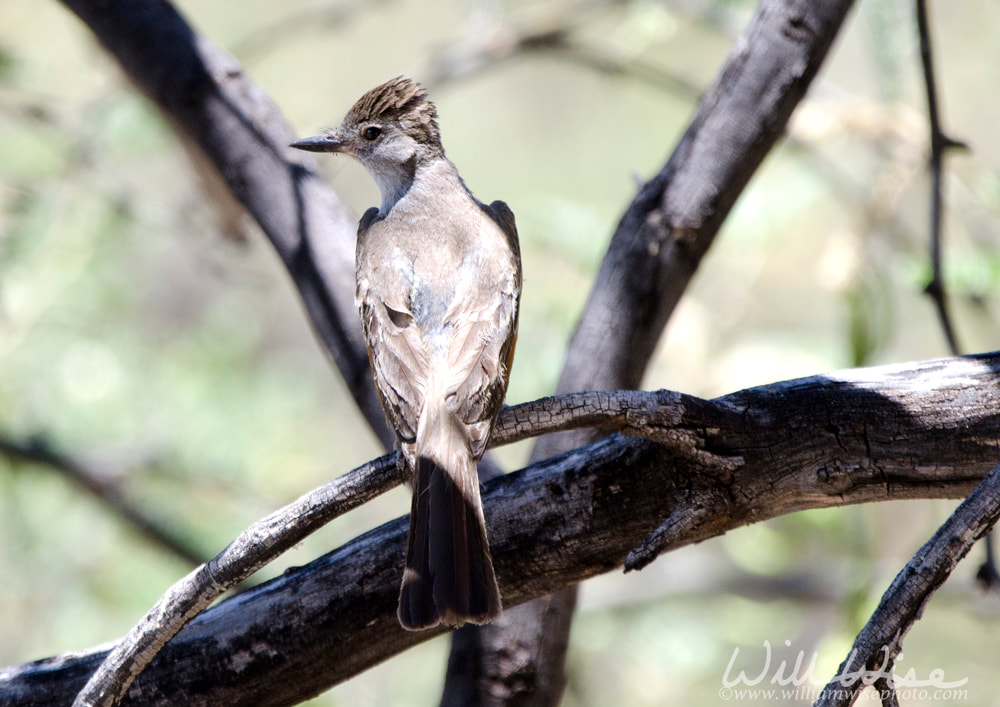 The ash-throated flycatcher, Myiarchus cinerascens, is a passerine bird in the tyrant flycatcher family. It breeds in desert scrub, riparian forest, brushy pastures and open woodland from the western United States to central Mexico. Photographed in Colossal Cave Mountain Park in the arid scrub desert of Tucson in southeastern Arizona, USA. The desert landscapes of Arizona are a different world than what I’m used to in the lush, green forests of Georgia. I especially love the varieties of cactus. And on this trip, I discovered another species that favors the cacti, and is aptly named the Cactus Wren, and is the state bird of Arizona. The Cactus Wren, Campylorhynchus brunneicapillus, is endemic to the southwest and northern Mexico. It can build its nest on the treacherous Jumping Cholla. I myself have been stuck by this formidable cactus and had to pull many tiny, well-planted spines out of my skin. But the Cactus Wren somehow knows how to avoid the spines of the Jumping Cholla. The cactus wren seems much larger than the wrens I’m used to in the southeastern United States. But like our wrens, they co-exist well with humans and often reside in their immediate vicinity, using man-made materials and structures for nesting. - Sunny and hot, with a high near 105. Light and variable wind becoming west northwest 5 to 7 mph in the afternoon.  William Wise Photo Nature Notes is a wildlife, birding and nature photography blog documenting the beauty, design and wonder of God’s creation. -- "What a wildly wonderful world, God! You made it all, with Wisdom at Your side, made earth overflow with your wonderful creations." Psalms 104 The Message 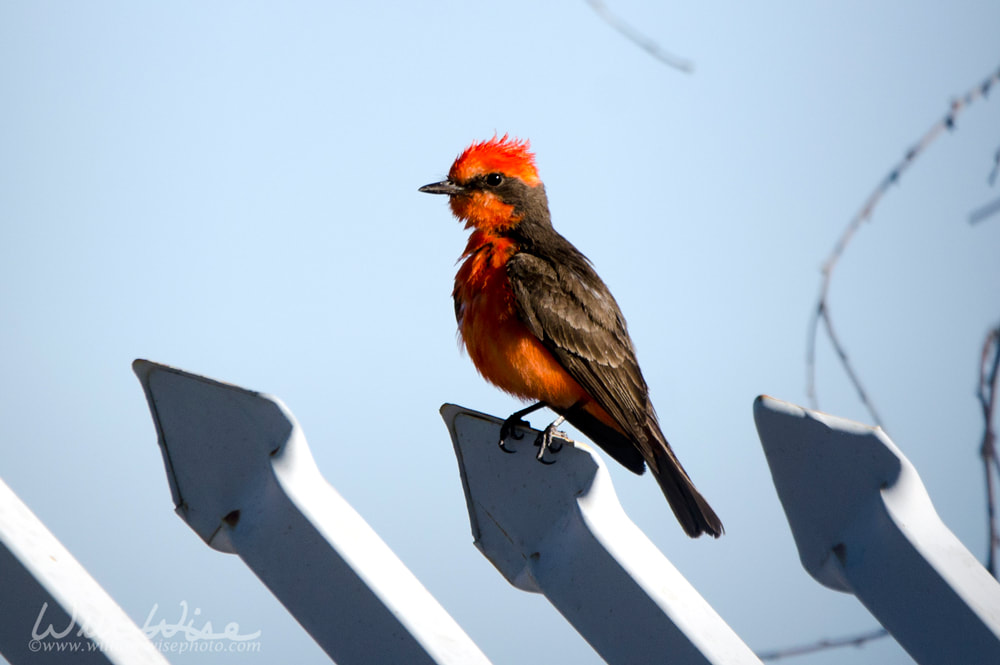 Vermilion flycatchers, Pyrocephalus obscurus, generally prefer somewhat open areas, and are found in trees or shrubs in savannah, scrub, agricultural areas, riparian woodlands, and desert as well, but usually near water. Their range includes almost all of Mexico; it extends north into the southwestern United States Monday, June 11I have increasingly become more and more addicted to birding. Why? What is the appeal? Perhaps it is because birding can be done anytime and anywhere. Unlike snakes (my first love) and the larger critters, birds can be found anywhere. Even on a stretch of industrial properties behind my hotel in Tucson, Arizona! Each morning at 5:30 AM during my weeklong stay in Tucson for our International Bible Conference, I took a walk down Medina Rd near the Tucson airport. Every walk yielded up new Life Birds and plenty of great photo opportunities. Although it would have been fun, I didn’t need to wander out into Saguaro National Park to find all these desert delights! - Walking down Medina Rd between Tucson Boulevard and Palo Verde Rd. Tuesday, June 12- Sunny and hot, high near 108. 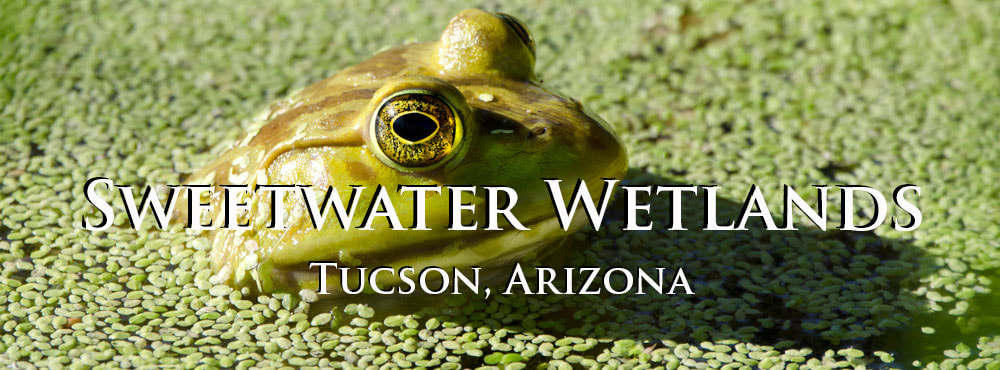 Sweetwater Wetlands Park in Tucson, Arizona is truly a desert oasis created by reclaimed waste water; a birders paradise! "He turns a desert into pools of water, a parched land into springs of water." Psalm 107:35 June 10, 2018 - At 5:30 AM I was already standing with anticipation in the parking lot of Sweetwater Wetlands Park in Tucson, Arizona. Because there is no Daylight Savings changes, it was sunny 79 degrees, even at this early hour. Not even twenty feet out of the parking lot, a plump little Life Bird ran across my path: a Gambel’s Quail. He darted too quickly into the scrub and I missed a shot. At the time I was frustrated, but had no idea of the abundant opportunities to photograph them that this week would hold. 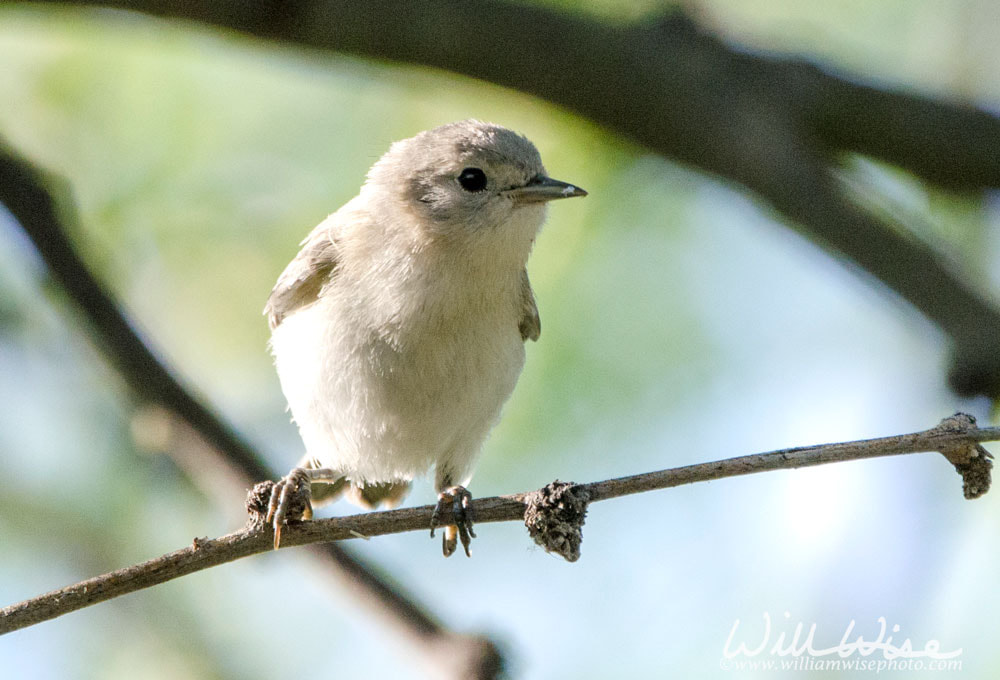 Lucys Warbler songbird, Oreothlypis luciae, range includes southwestern United States and northwestern Mexico. One of the smallest warblers, the Lucy`s Warbler is a bird of the hot Sonoran desert. It occupies the driest habitat of all the warblers breeding in that area. Photographed in June 2018 in Sweetwater Wetlands Park, a reclaimed wastewater treatment facility managed for wildlife habitat in Tucson, Arizona. Next, a rapid aerial foray between three Kestrels and a few swallows took place right before me. With so many photo prospects, and such a short amount of time, I began to feel frantic and rushed. I was whipping and wheeling my lens around, not knowing where to aim. But I soon settled in and systematically walked the paths, stopping now and again as the birds caught my eye. 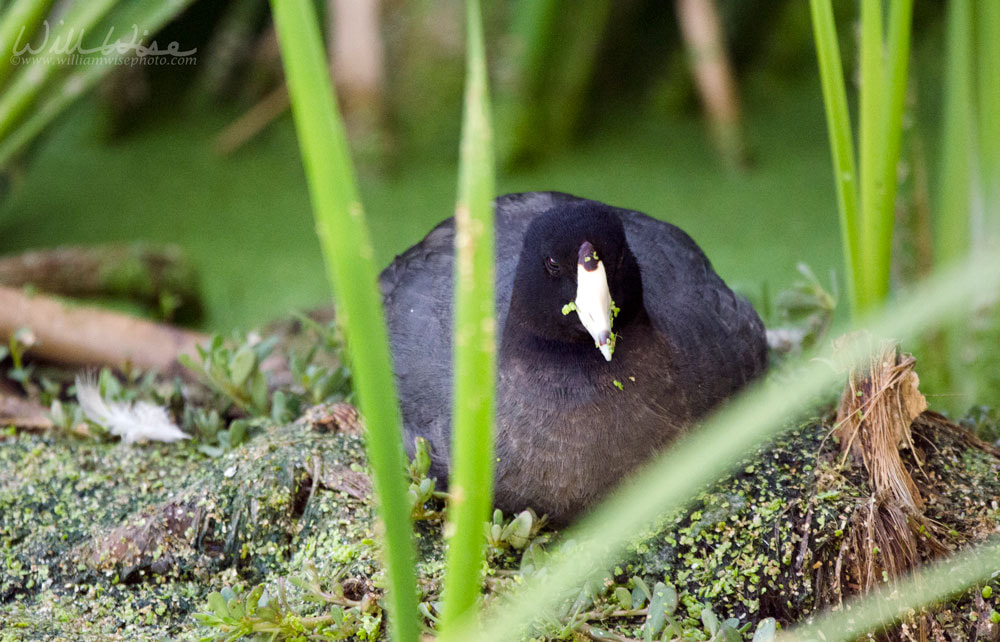 American Coot, Fulica americana, on nest in cattail and duckweed pond. Also known as a mud hen. Though commonly mistaken to be ducks, American coots belong to a distinct order. Sweetwater Wetlands is a reclaimed wastewater treatment facility managed for wildlife habitat in Tucson, Arizona. Photographed in June 2018. 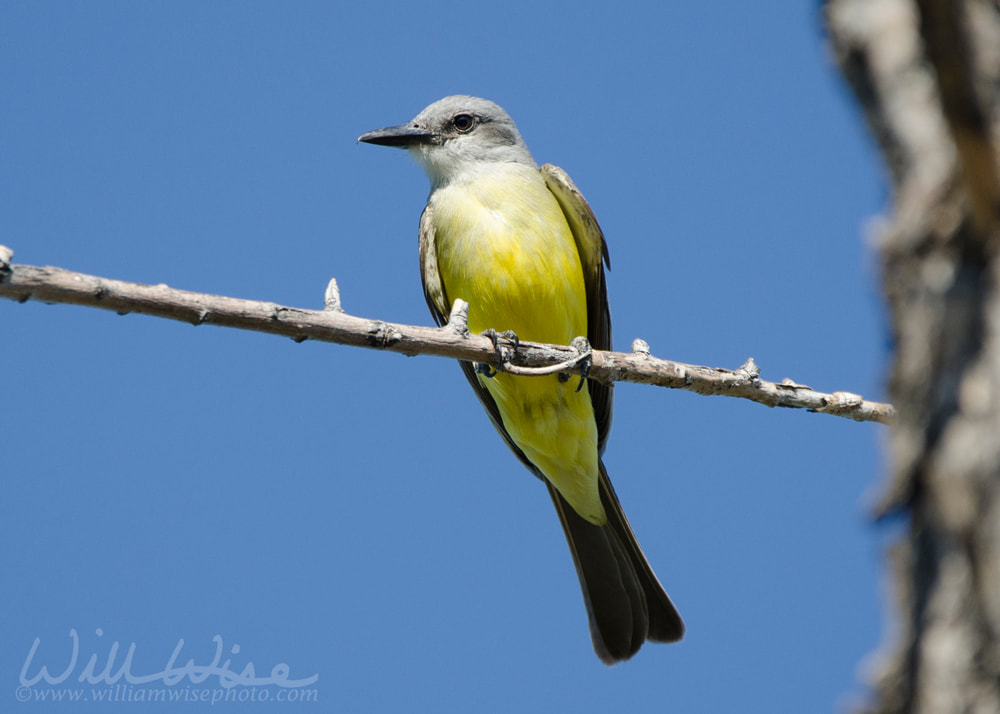 The tropical kingbird, Tyrannus melancholicus, is a large tyrant flycatcher. This bird breeds from southern Arizona and the lower Rio Grande Valley of Texas in the United States through Central America, South America as far as south as central Argentina. Photographed in June 2018 in Sweetwater Wetlands Park, a reclaimed wastewater treatment facility managed for wildlife habitat in Tucson, Arizona. A stream riparian oasis in the southwestern desert. Sweetwater Wetlands Park, Tucson, Arizona. June 10, 2018  Sweetwater Wetlands Park in Tucson, Arizona is truly a desert oasis created by reclaimed waste water; a birders paradise! "He turns a desert into pools of water, a parched land into springs of water." Psalm 107:35 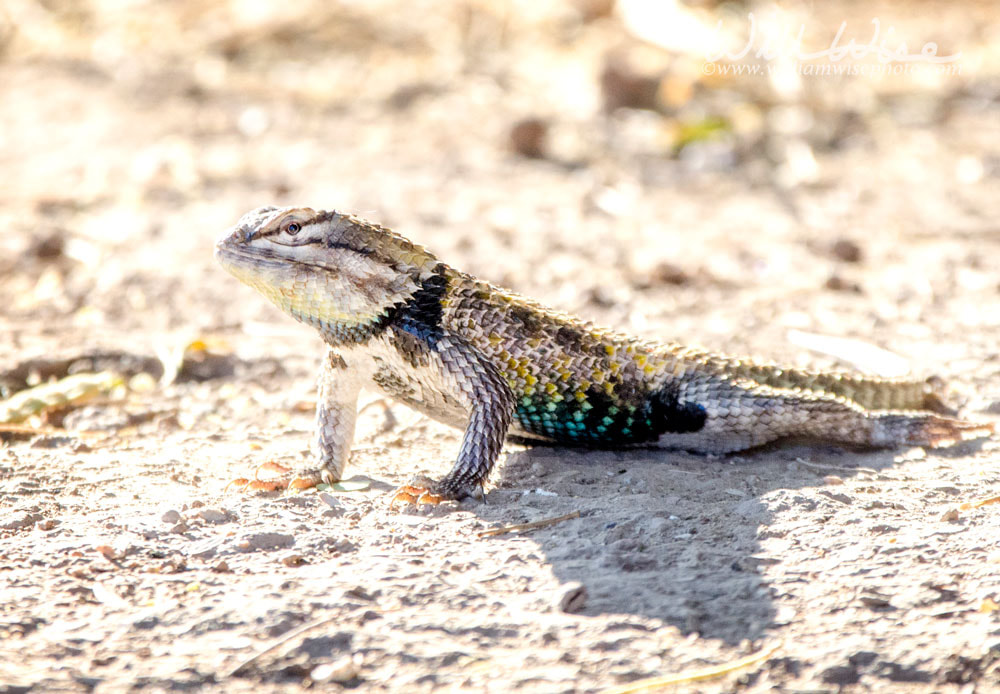 Desert Spiny Lizard, Sceloporus magister, native to the Chihuahuan Desert and Sonoran Desert of southwest North America. A fully grown desert spiny lizard will reach a body length of up to 5.6 inches. Photographed in June 2018 in Sweetwater Wetlands Park, a reclaimed wastewater treatment facility managed for wildlife habitat in Tucson, Arizona. While birding may have been my primary purpose on this morning walk at Sweetwater Wetlands Park, I found there were lots of other creatures that inhabit this riparian paradise in the midst of the Tucson desert. Sweetwater Wetlands Park, Tucson, Arizona. June 10, 2018 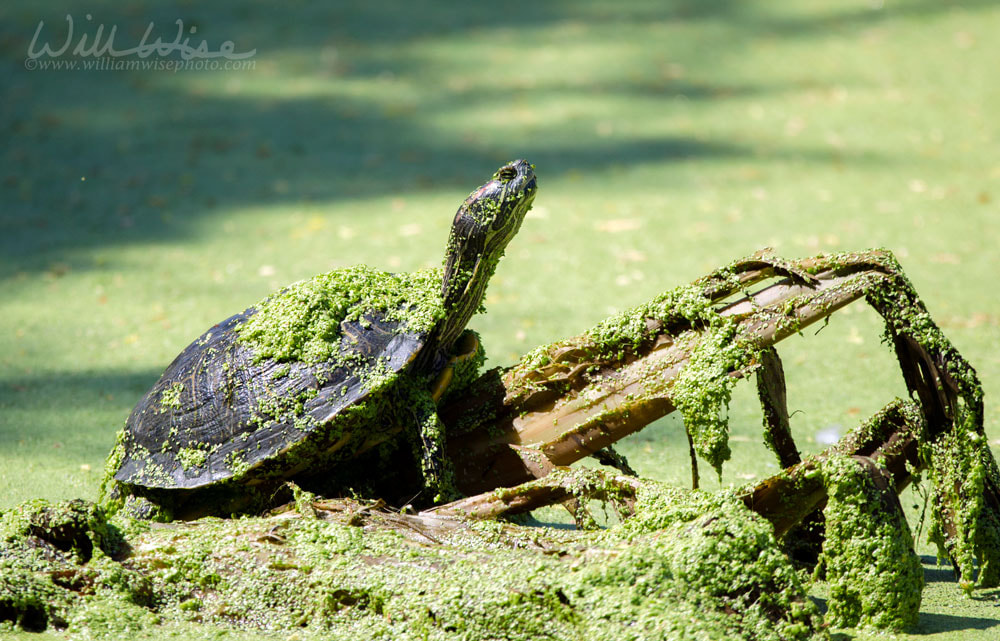 Red-eared slider turtle in duckweed swamp bog. Photographed in Sweetwater Wetlands, a reclaimed wastewater treatment facility managed for wildlife habitat in Tucson, Arizona. It is a stream riparian oasis in the southwestern desert. Duckweed filled ponds are surrounded by Cottonwood, Willow, Saltbush, Bulrush, Cattail, Mesquite and Wolfberry. Photographed in June 2018. 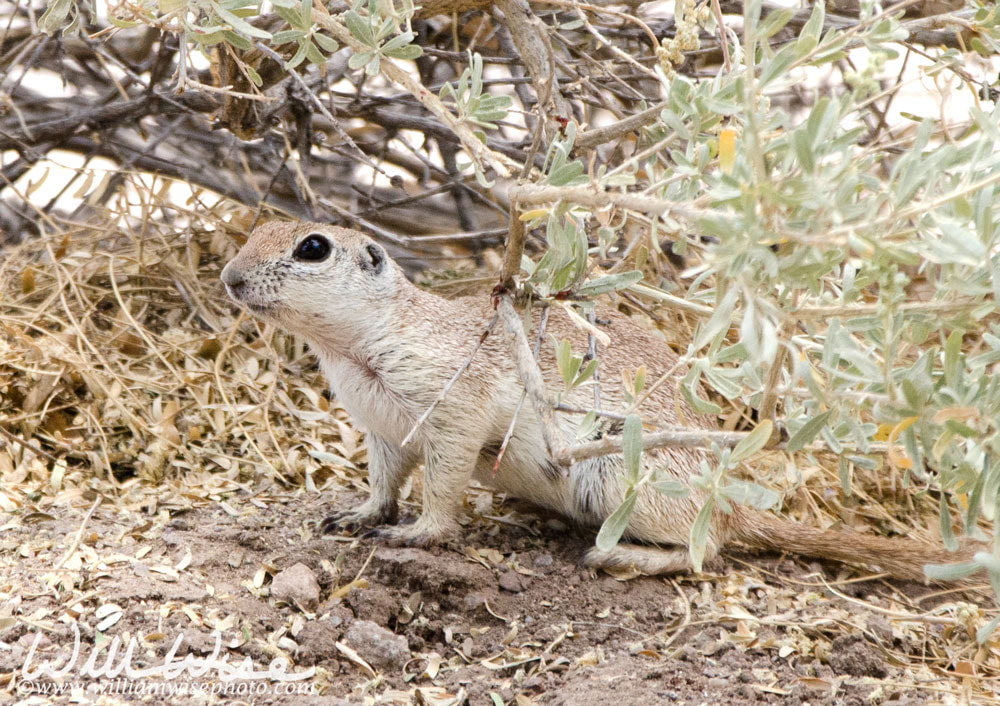 Round-tailed Ground Squirrel, Xerospermophilus tereticaudus, known as `Ardillón cola redonda` in Spanish, live in the desert of the Southwestern United States and Northwestern Mexico. Photographed in Sweetwater Wetlands, a reclaimed wastewater treatment facility managed for wildlife habitat in Tucson, Arizona. It is a stream riparian oasis in the southwestern desert. Duckweed filled ponds are surrounded by Cottonwood, Willow, Saltbush, Bulrush, Cattail, Mesquite and Wolfberry. Photographed in June 2018. Psalms 103:22 -- Bless the LORD, all His works, In all places of His dominion. Bless the LORD, O my soul! Thursday, 6:50 AM – The Eastern Meadowlarks on Snows Mill Road are making themselves quite visible and tease me each morning on drive way into work. The scene is picture perfect: a barbed-wire fence in front of a large, grassy meadow glowing bright in the orange in the sunrise. But every time I slow the truck, they fly up off the fence and onto the power lines; a less awe-inspiring photo. Arriving at work a bit early, I made my surveys of the main pond, upper pond, duckweed bog and beaver swamp. Not too much different there except that there are now three families of Canada Geese with different aged goslings. The original 6 goslings have grown and now all sport the black and white heads. The second pair that arrived with 4 goslings a few weeks ago is down to only 3 goslings now. And a new pair with smaller goslings has arrived. Quickly walking back to my office to beat the 8 AM clock in, I spotted a small yellow warbler. A Pine Warbler… and how fitting that he was up in a Loblolly Pine tree! This was my first Pine Warbler in Walton County, Georgia. Walton County, Georgia 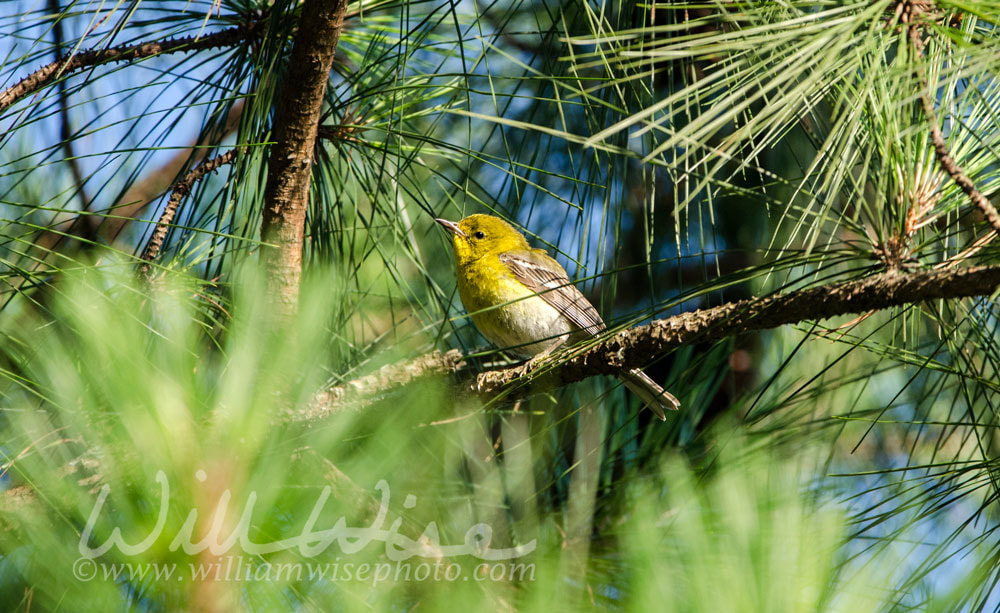 Pine Warlber songbird, Setophaga pinus, perched in a Loblolly Pine Tree, Pinus taeda. Photographed in June in Walton County, Monroe, GA. The Pine Warbler is common in many eastern pine forests and is rarely seen away from pines. These yellowish warblers are hard to spot as they move along high branches to prod clumps of needles with their sturdy bills. Pinus taeda, commonly known as loblolly pine, is one of several pines native to the Southeastern United States, from central Texas east to Florida, and north to Delaware and southern New Jersey. God gives goodness and beauty; our land responds with bounty and blessing. Righteousness strides out before Him, and clears a path for His passage. Psalms 85, The Message Wednesday, 7:58 AM – With all the rains falling the last few weeks, the briars and undergrowth have really taken off, making it a bit more difficult to get close to some of the swampier areas behind the animal shelter. In a moment of inspiration, I brought some branch trimmers to work to cut a couple of paths to the beaver swamps behind the firing range. Arriving about 30 minutes early, I take a quick stroll each morning before starting the day. This morning a beautiful Great Blue Heron, although typically skittish and quick to take flight, felt comfortable enough with my presence for some photos. Perhaps because I was mostly concealed on my narrowly cut path through the undergrowth. Walton County, Georgia Proverbs 1:5 let the wise listen and add to their learning Wednesday, 12:47 PM – "Listen. What was that?" Having heard a strange bird call by the firing range a few weeks back, I kept after the little bird until I spotted his spooky white eyes. I looked up this White-eyed Vireo and listened to the call a few times to commit it to memory for future reference. Birding by ear opens up entire new realms. Often, you can’t get a clear look on the myriads of little birds flitting about the bushes, but if you listen, you can certainly hear them all around. Bird lists get even longer if you can identify their calls. Walking by the firing range again today and listening to the various calls and songs, I could hear the little Vireo in a Bradford Pear tree. I did a little playback on my phone. He was listening and popped out to the edge of a branch long enough for a photograph! I have a few previous photos of White-eyed Vireos, but this one was finally close and clear enough for a high resolution shot. Glad he listened! Walton County, Georgia  William Wise Photo Nature Notes is a wildlife, birding and nature photography blog documenting the beauty, design and wonder of God’s creation. -- "What a wildly wonderful world, God! You made it all, with Wisdom at Your side, made earth overflow with your wonderful creations." Psalms 104 The Message  William Wise Photo Nature Notes is a wildlife, birding and nature photography blog documenting the beauty, design and wonder of God’s creation. -- "What a wildly wonderful world, God! You made it all, with Wisdom at Your side, made earth overflow with your wonderful creations." Psalms 104 The Message Go up to the mountain, and bring wood, and build the house; and I will take pleasure in it, and I will be glorified, saith the Lord. Haggai 1:3 May 25-28 - an extended weekend of relaxation and birding in the mountains of Waynesville, North Carolina. So much that it gets is own photo trek gallery page...
Tuesday, 7:45 AM - An early morning birding walk while attempting to “break the twitch” of my iPhone pull. On the beaver wetlands area I watched a small yellow bird dart back and forth from the grasses and into a thicket of briars. It would never sit still long enough, or get close enough for a good photo. But after some back and forth with a fellow Oconee Rivers Audubon Society member, we settled on Palm Warbler and moved on. One month later, I received the following email: I am a volunteer regional data reviewer for eBird. My goal is to keep up with data submissions and try to ensure the accuracy of reports of rare and unusual species, as well as unusually high counts of common species. Thanks for photo-documenting this confusing drab warbler - it's actually a female Common Yellowthroat. Palm Warblers usually leave Georgia in the first half of May and by this stage would be in breeding plumage (so would have some streaks on the front and a red cap). Would you mind updating the species identification in the checklist below? Many thanks. I had no problem updating this checklist… for it was a new Life Bird for me! Walton County, Georgia |
Categories
All
Archives
November 2024
|
|
All content is ©williamwisephoto.com. Please don't steal images. My images are available at dreamstime.com. Stock sales go into the shelter photography program.
|
In December 1993 I came to know the Designer and Creator of this wonderful planet and its creatures: Jesus Christ.
|
Donations help support the animal shelter adoption photography equipment and adoption website hosting and domain fees. Thanks for your support!
|
